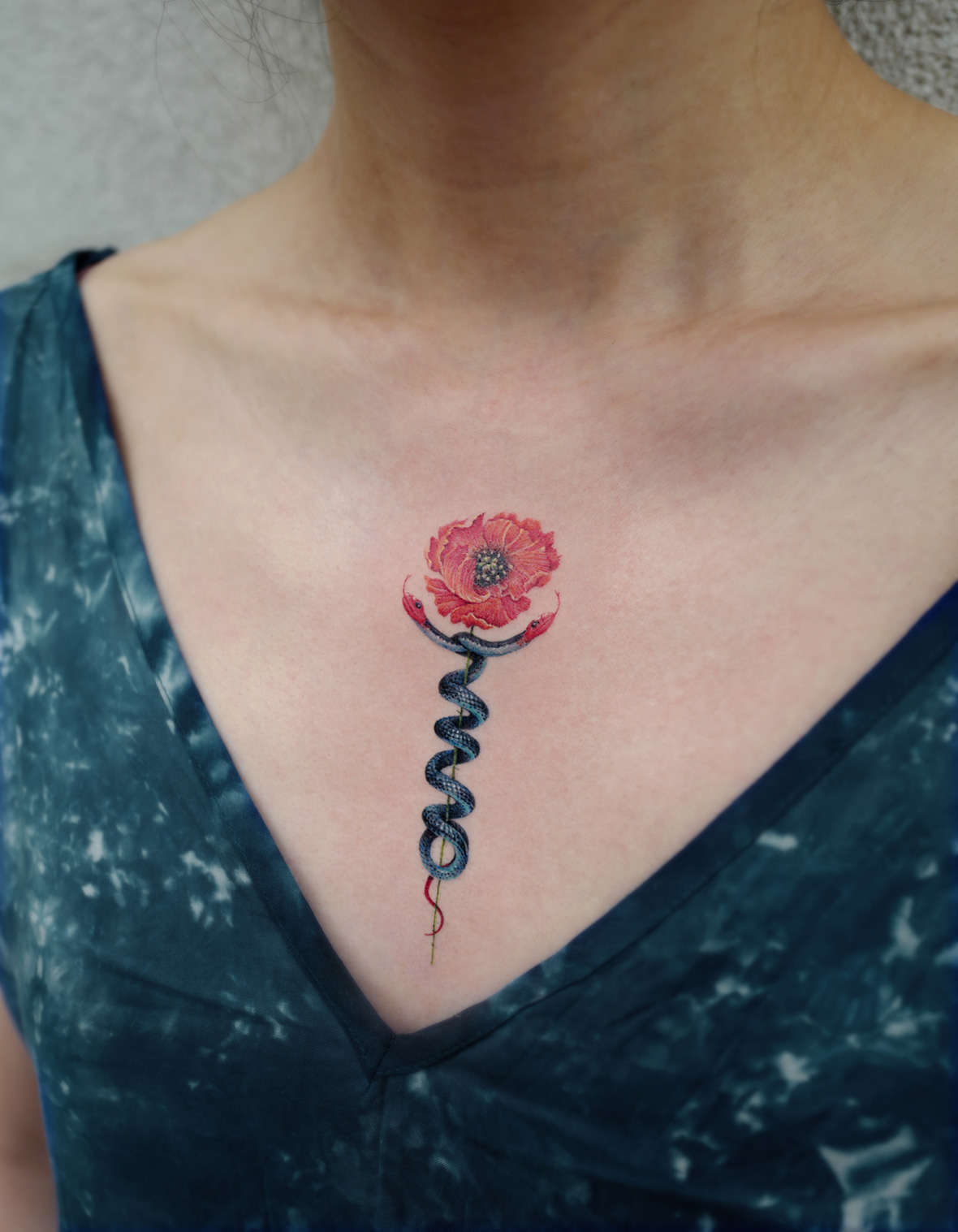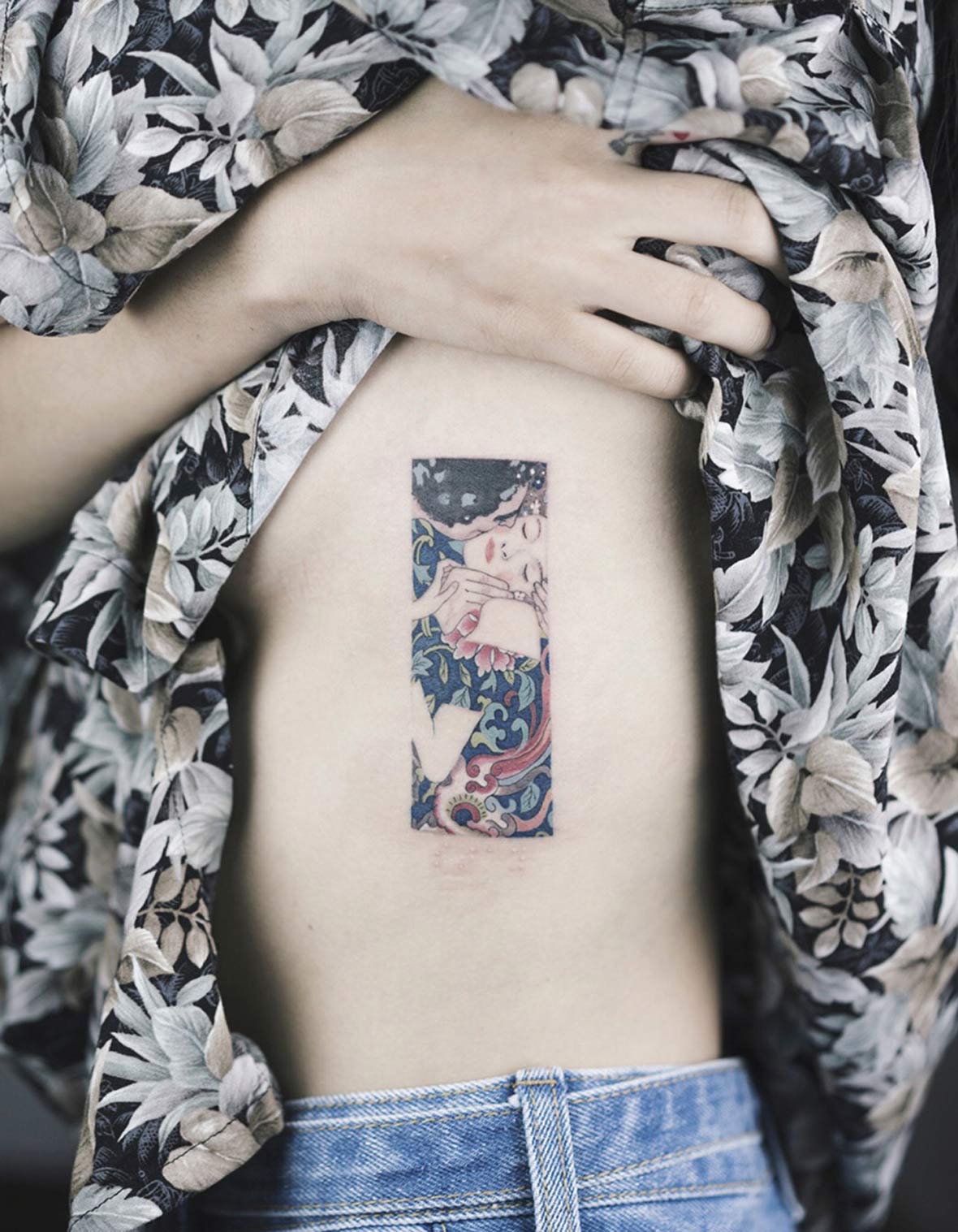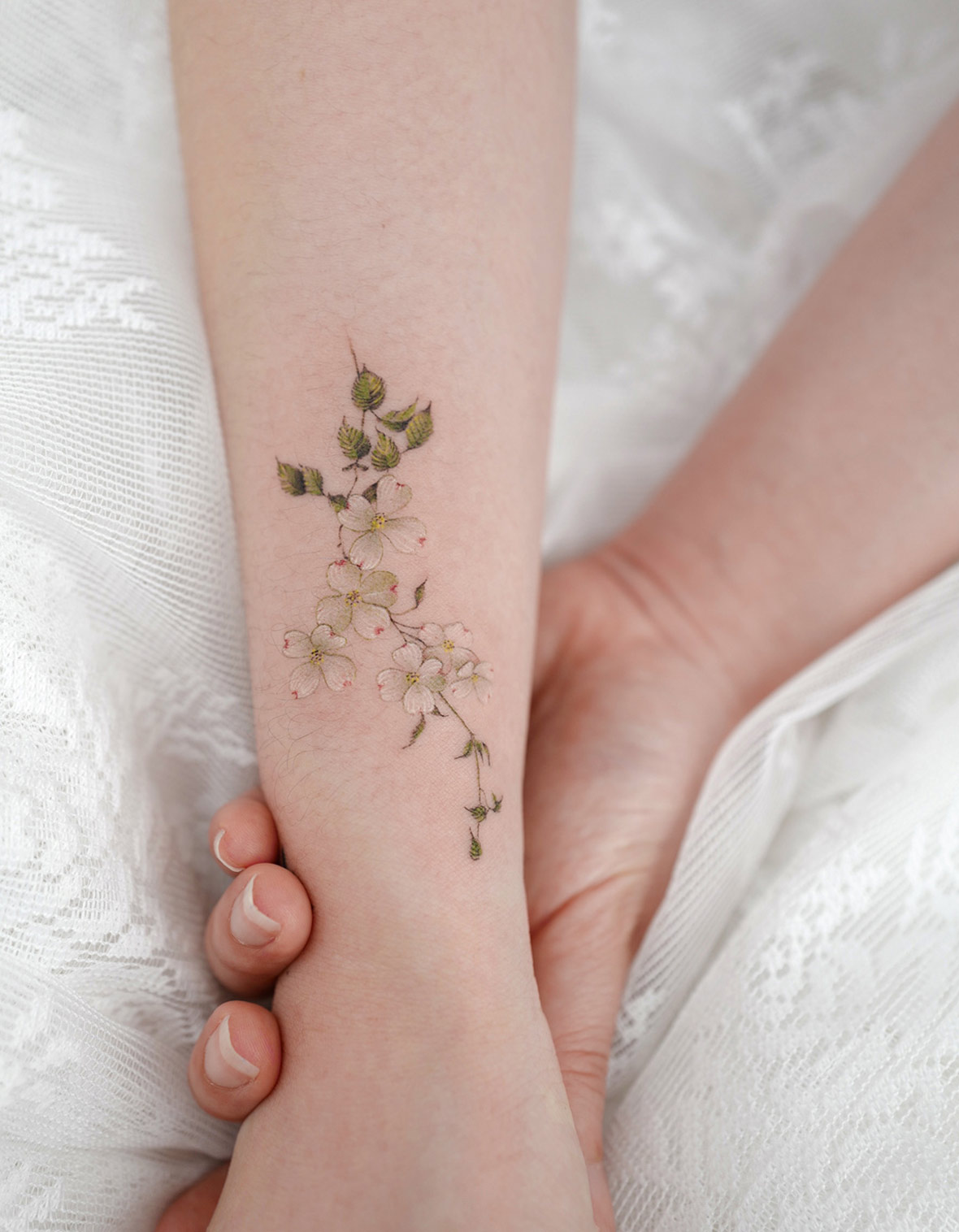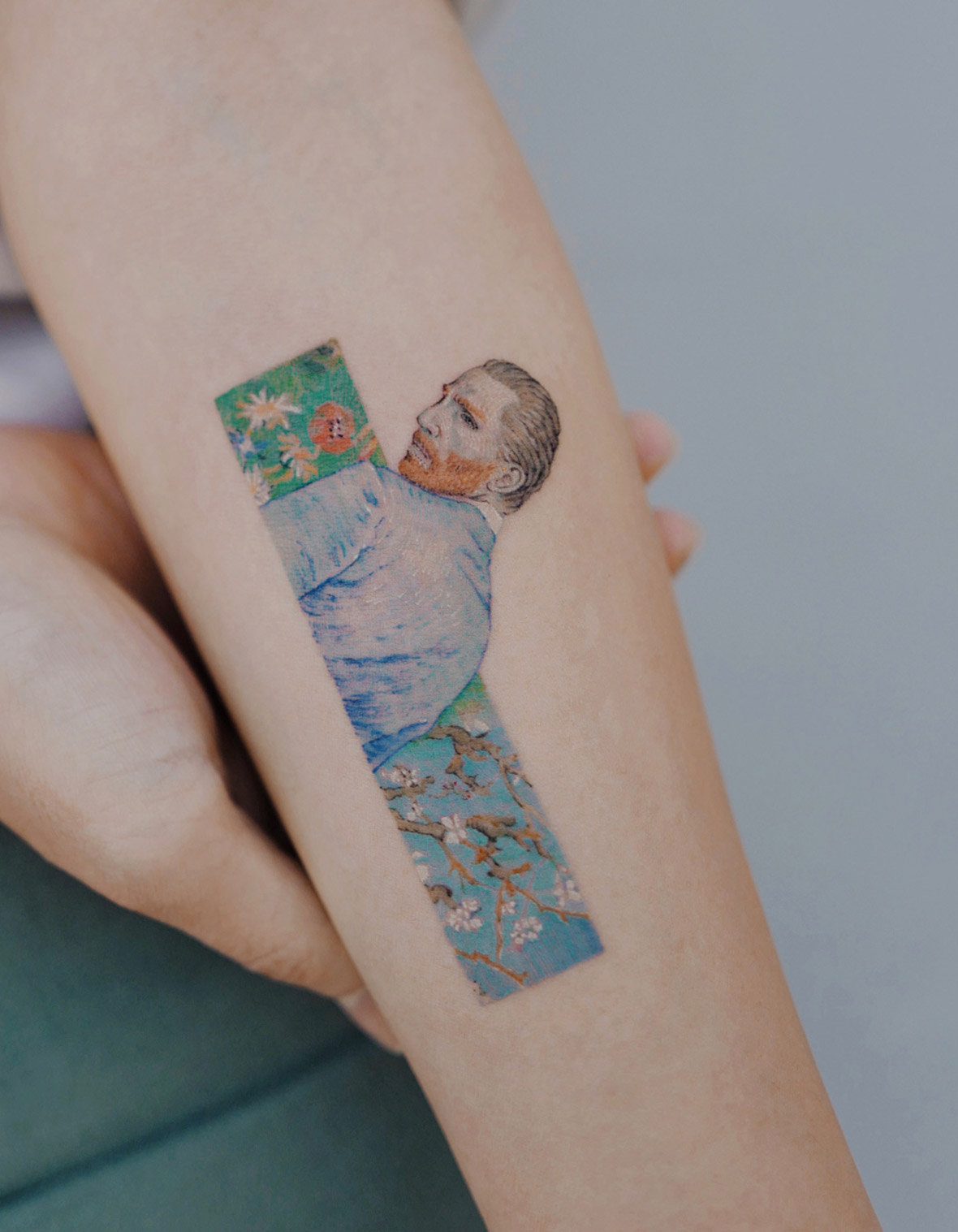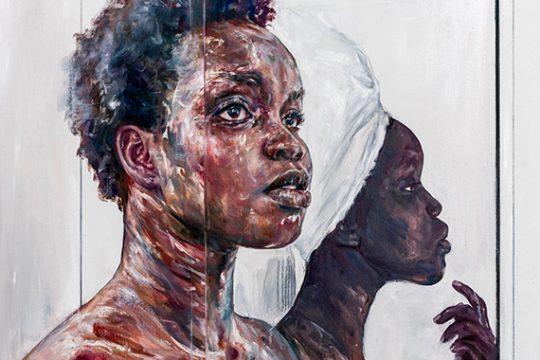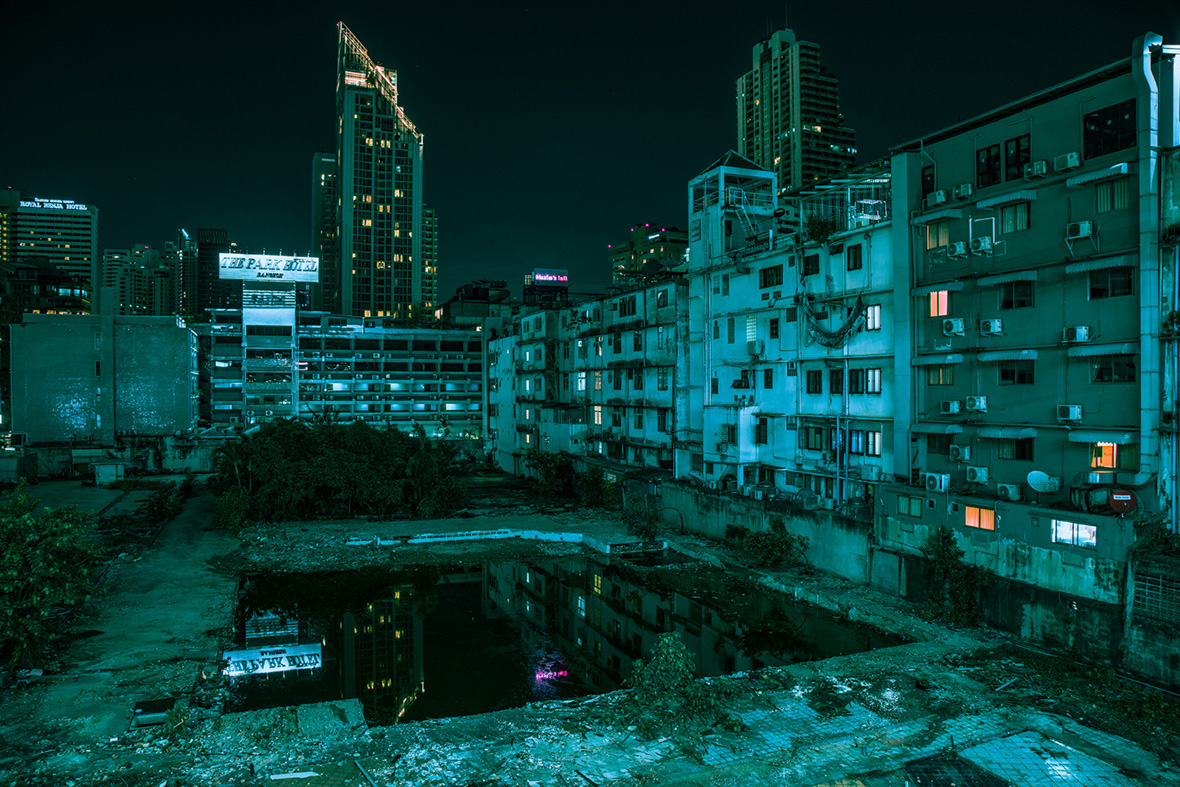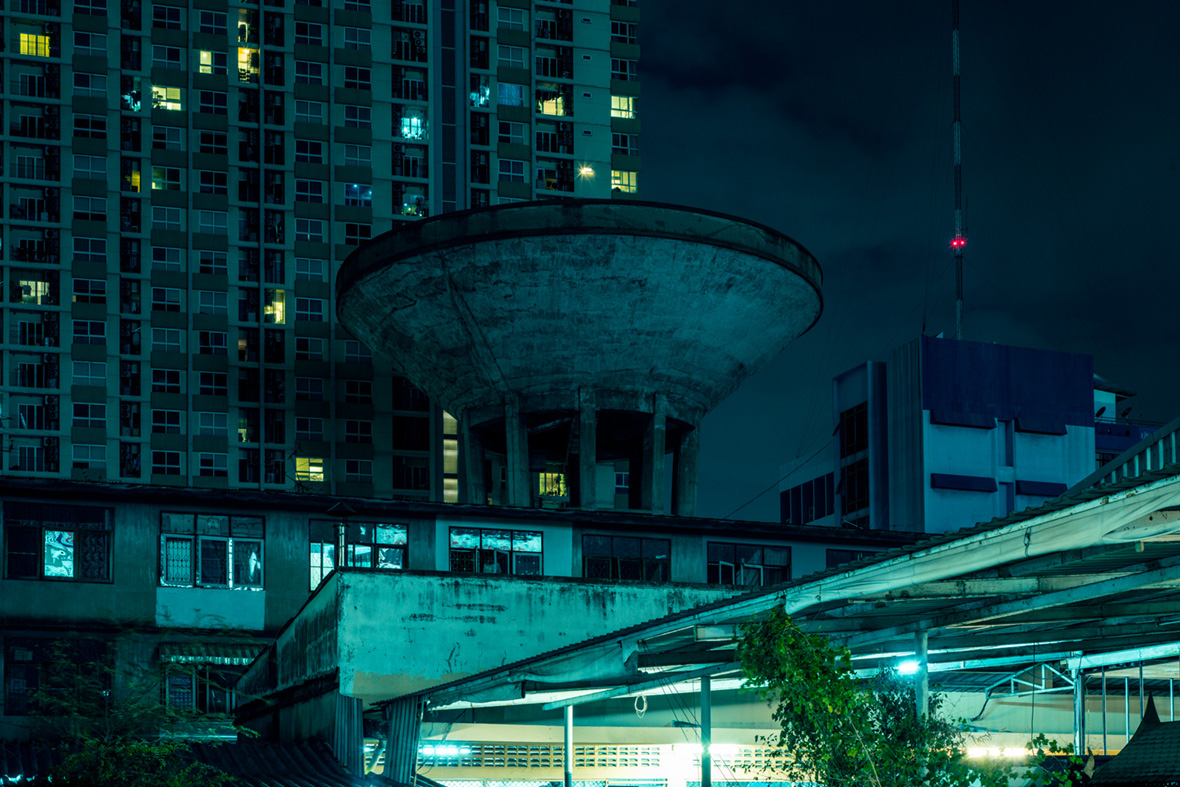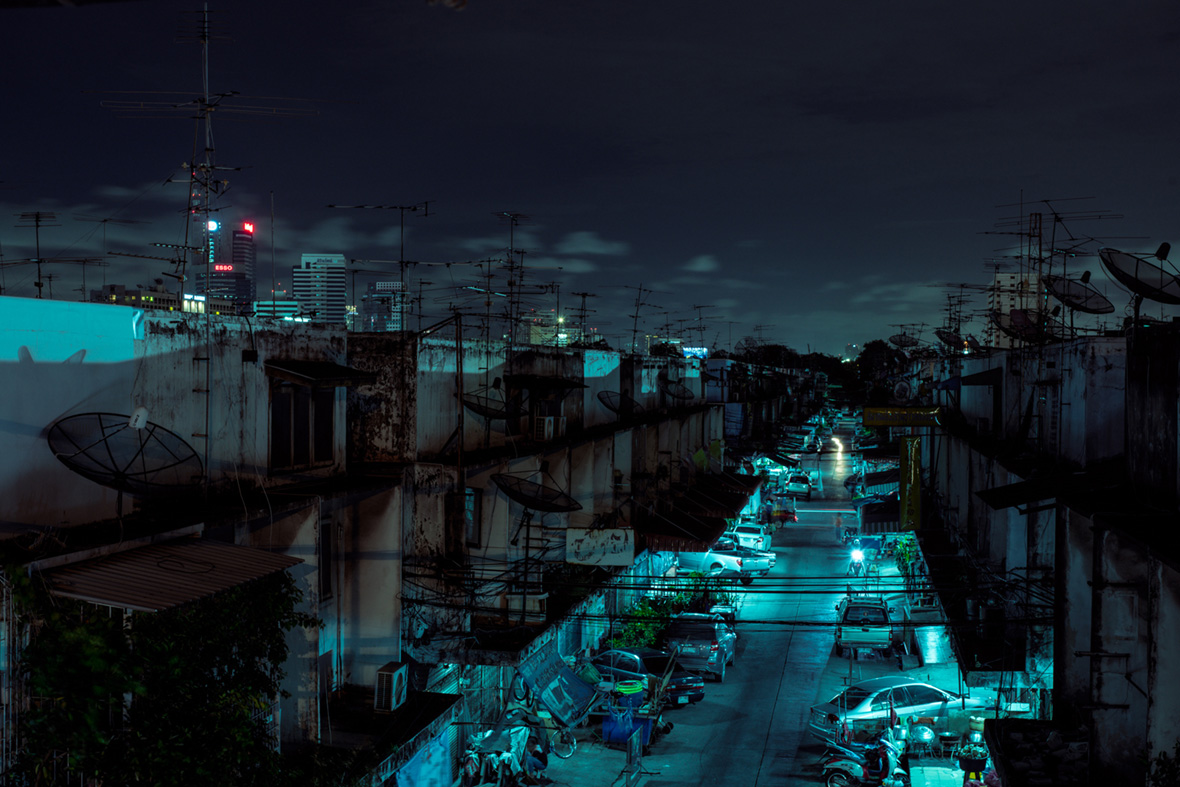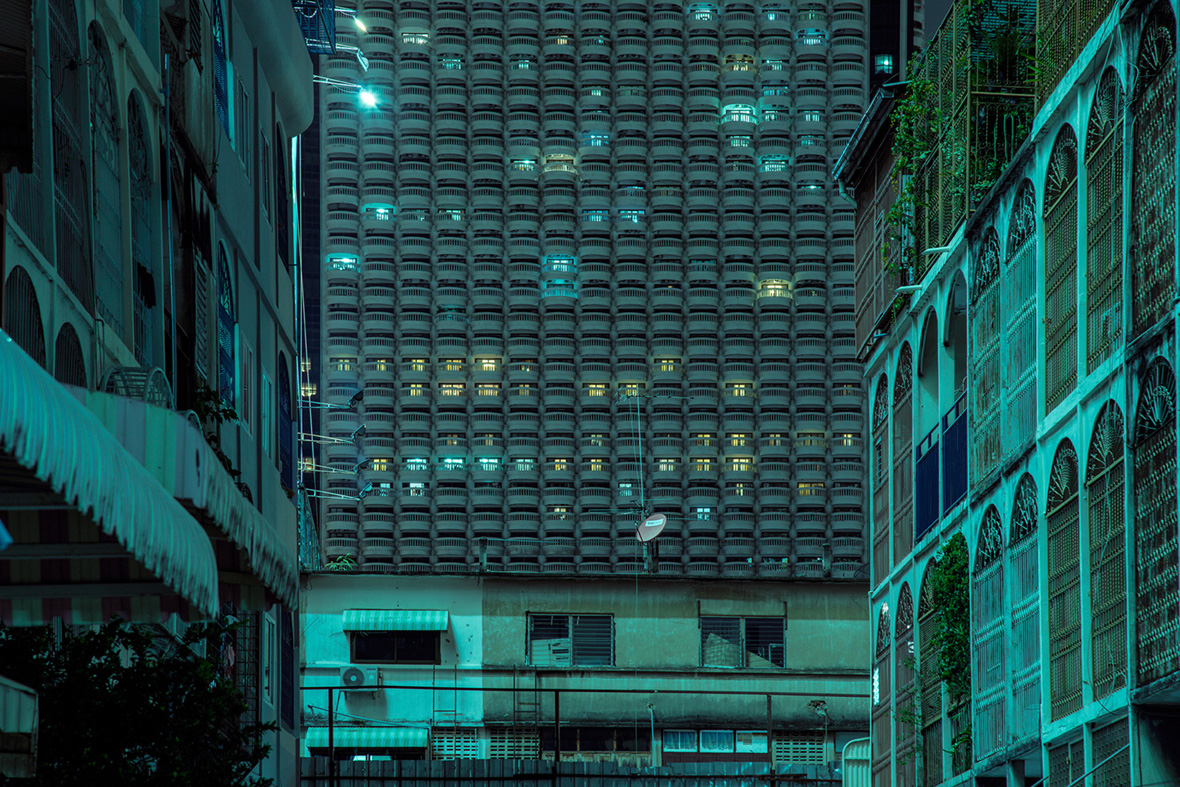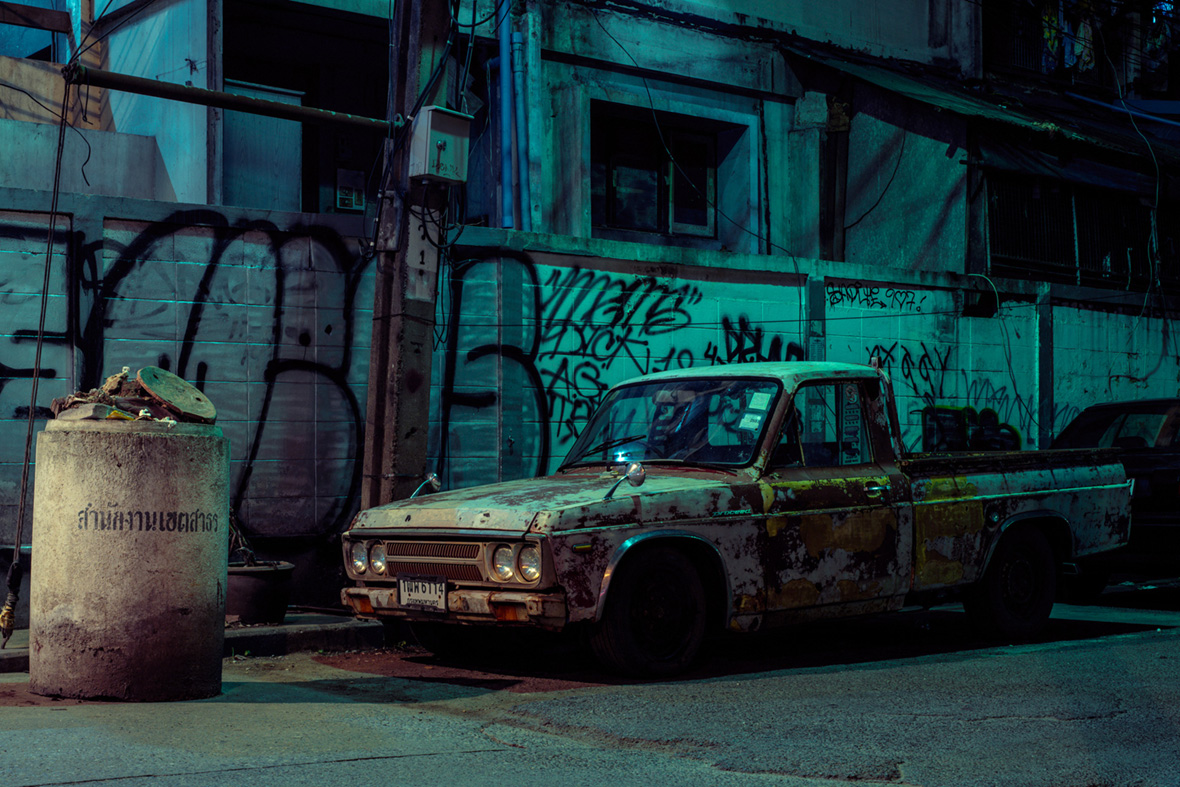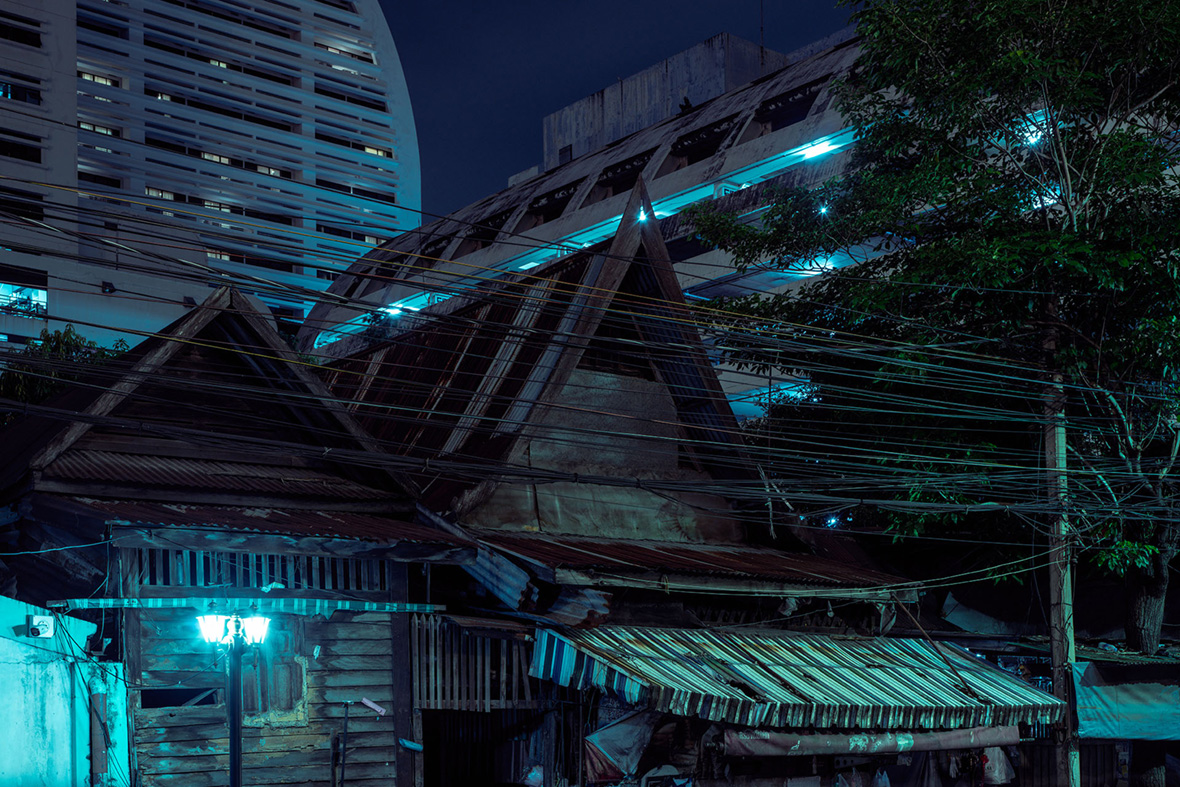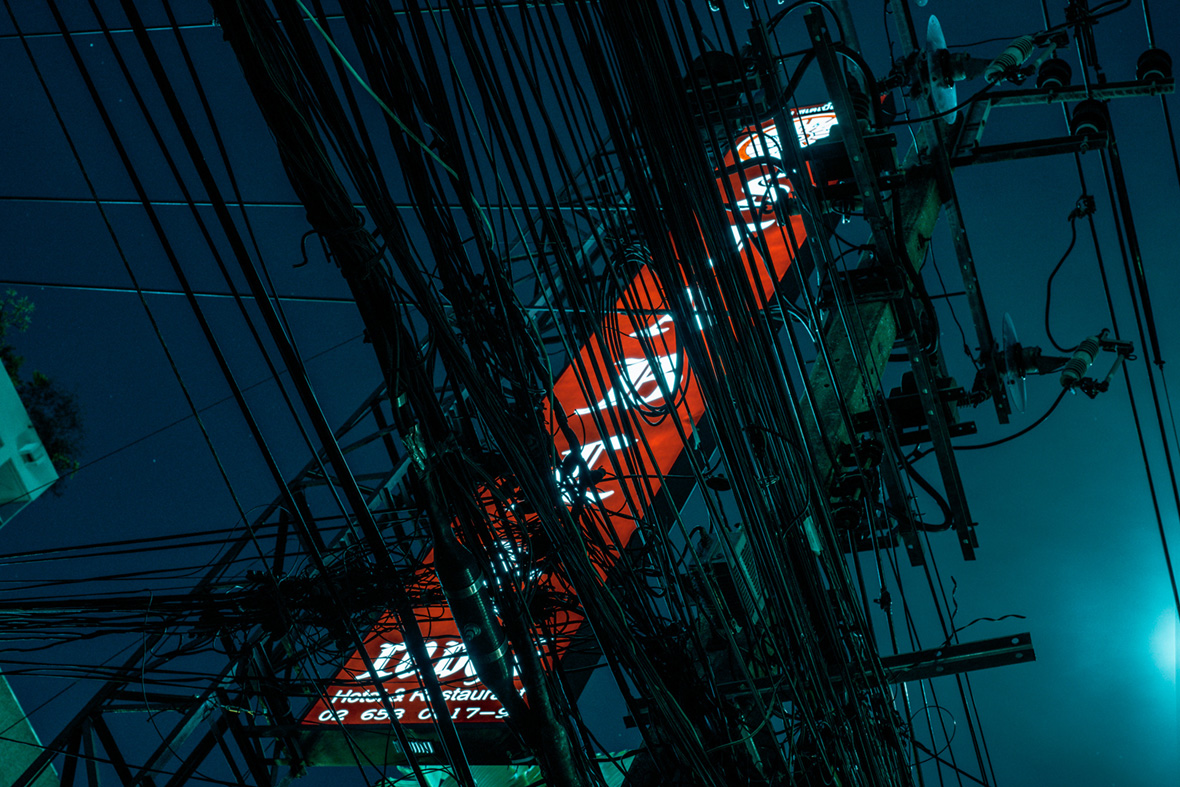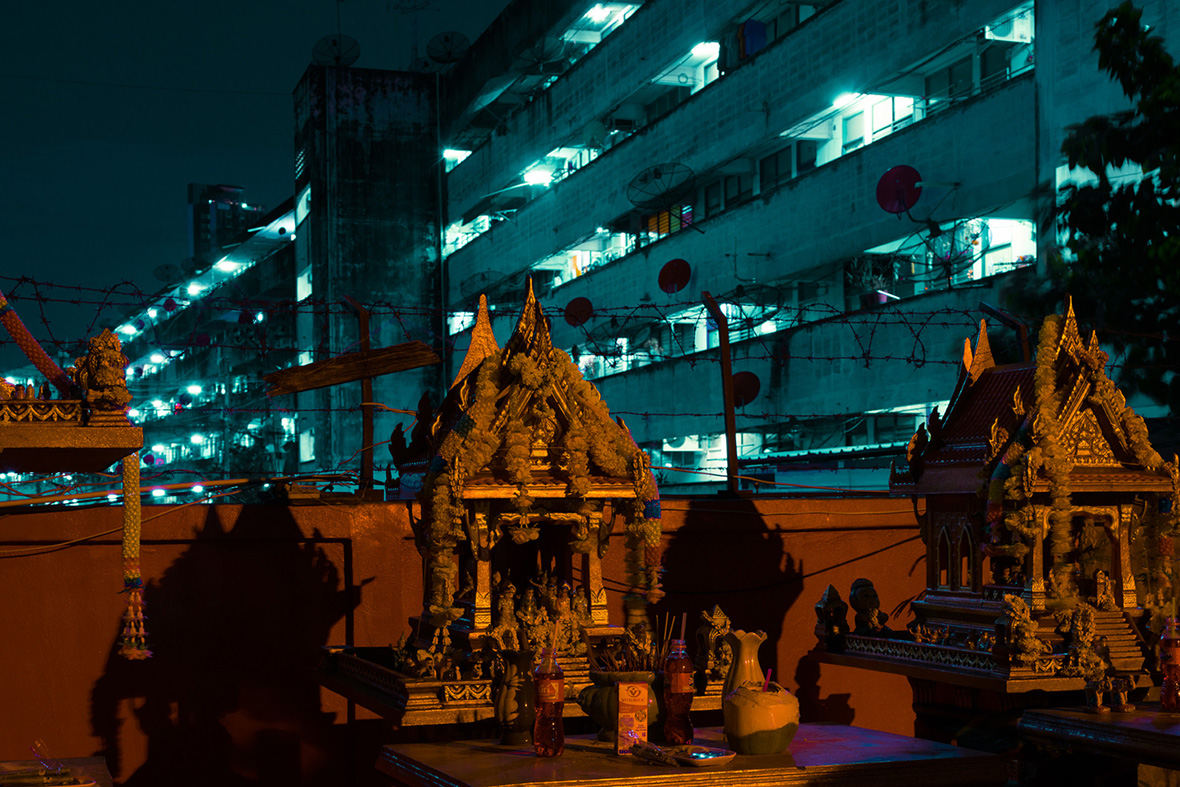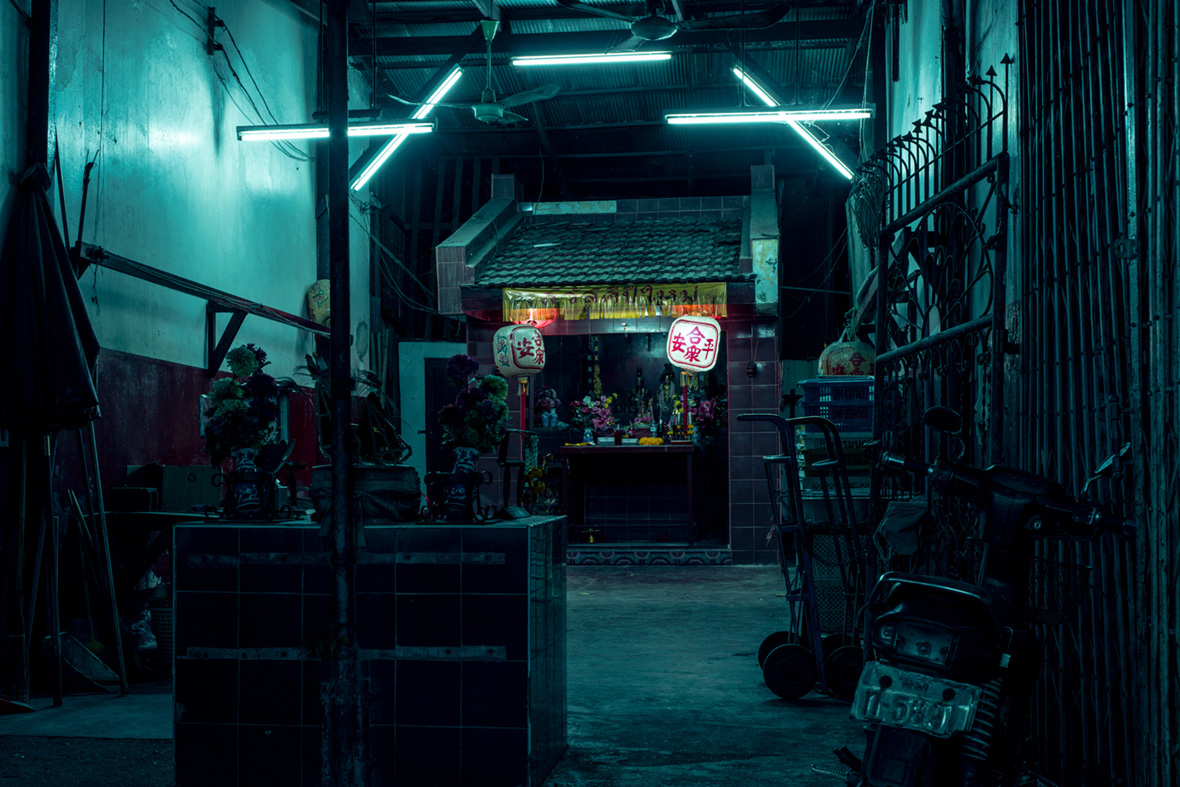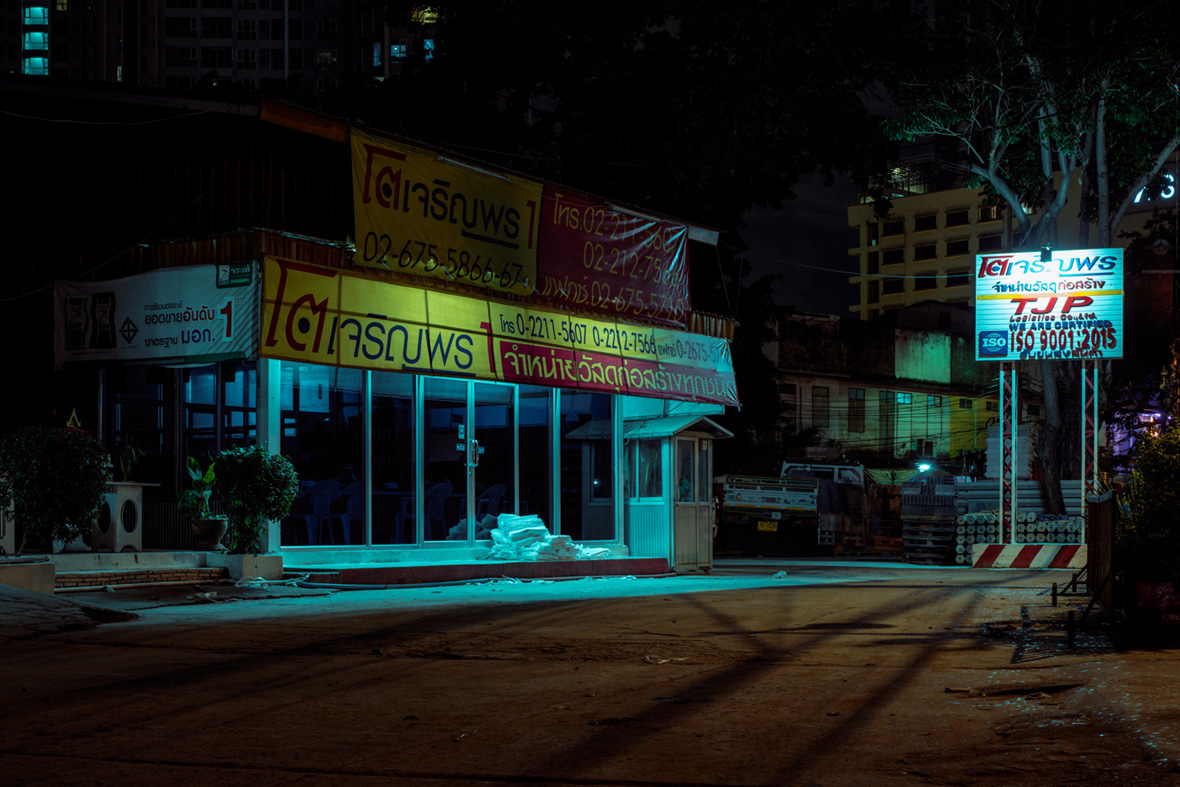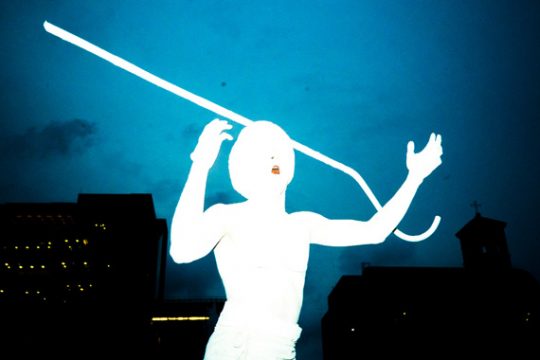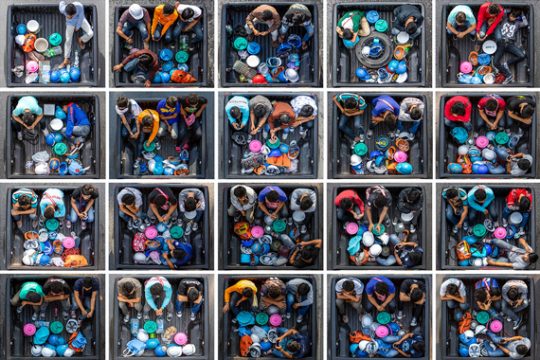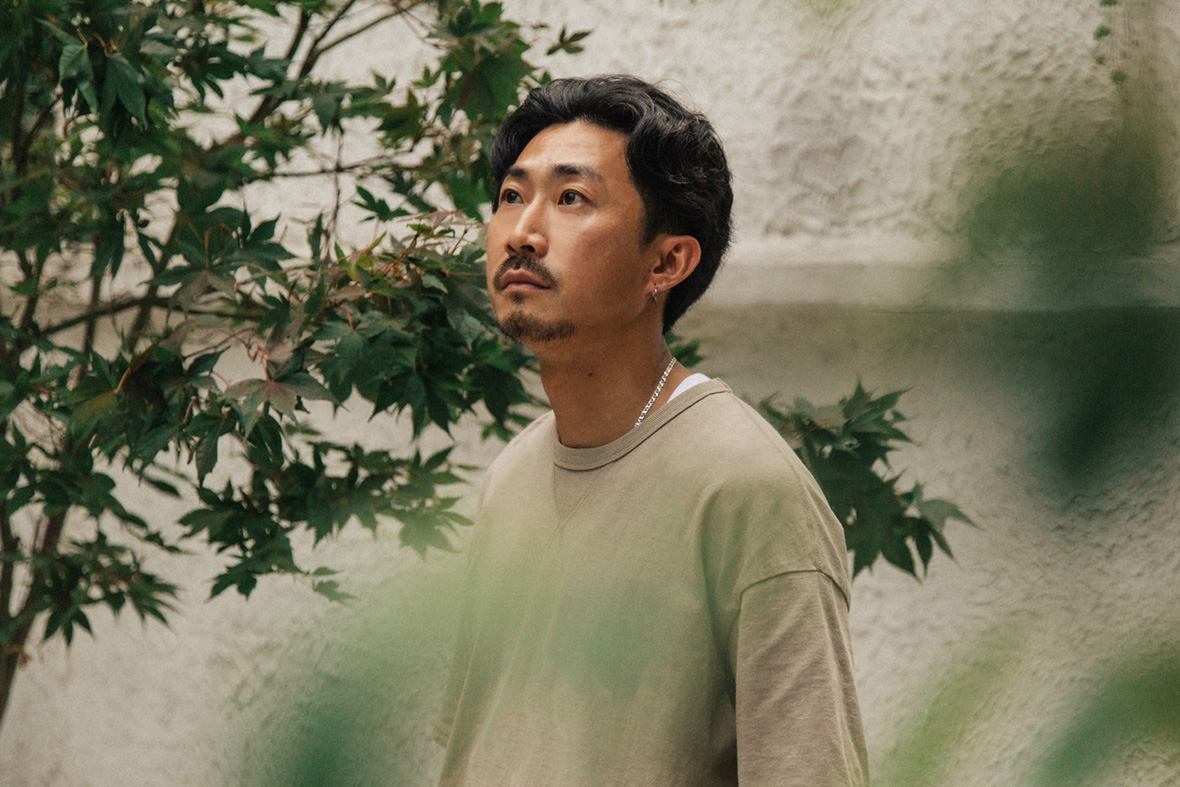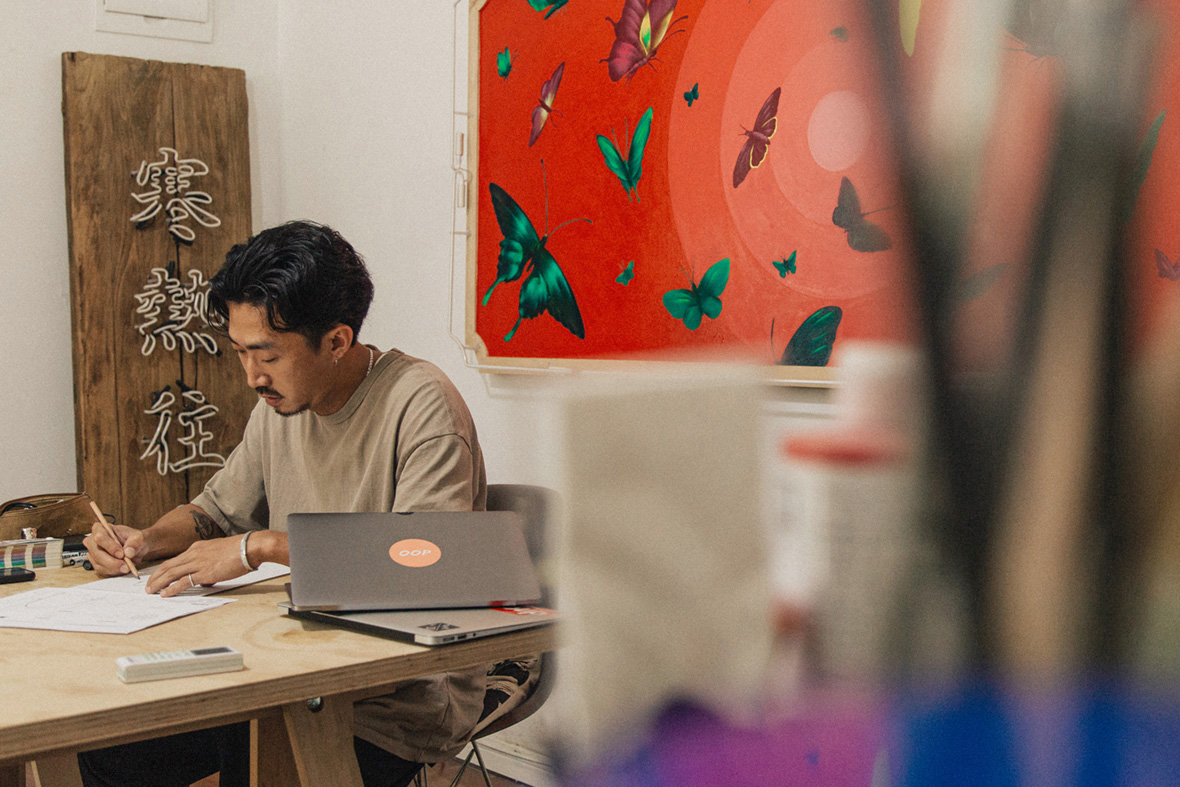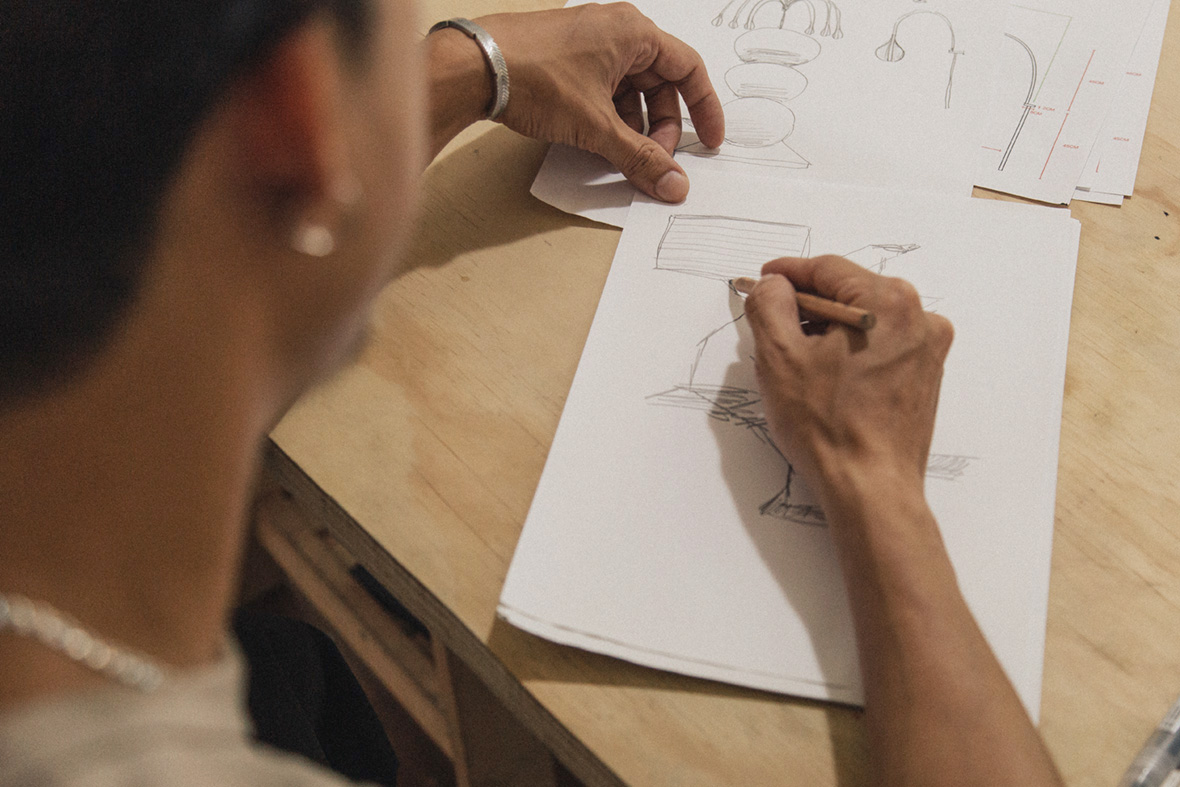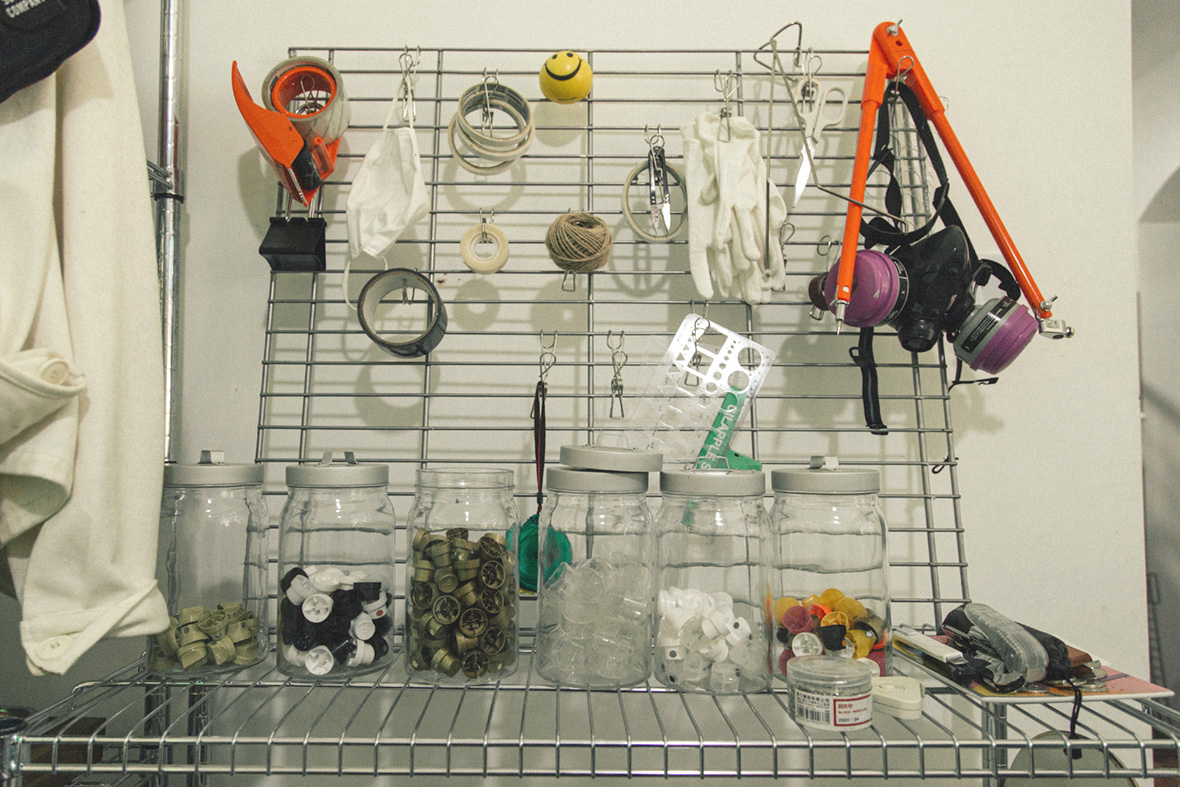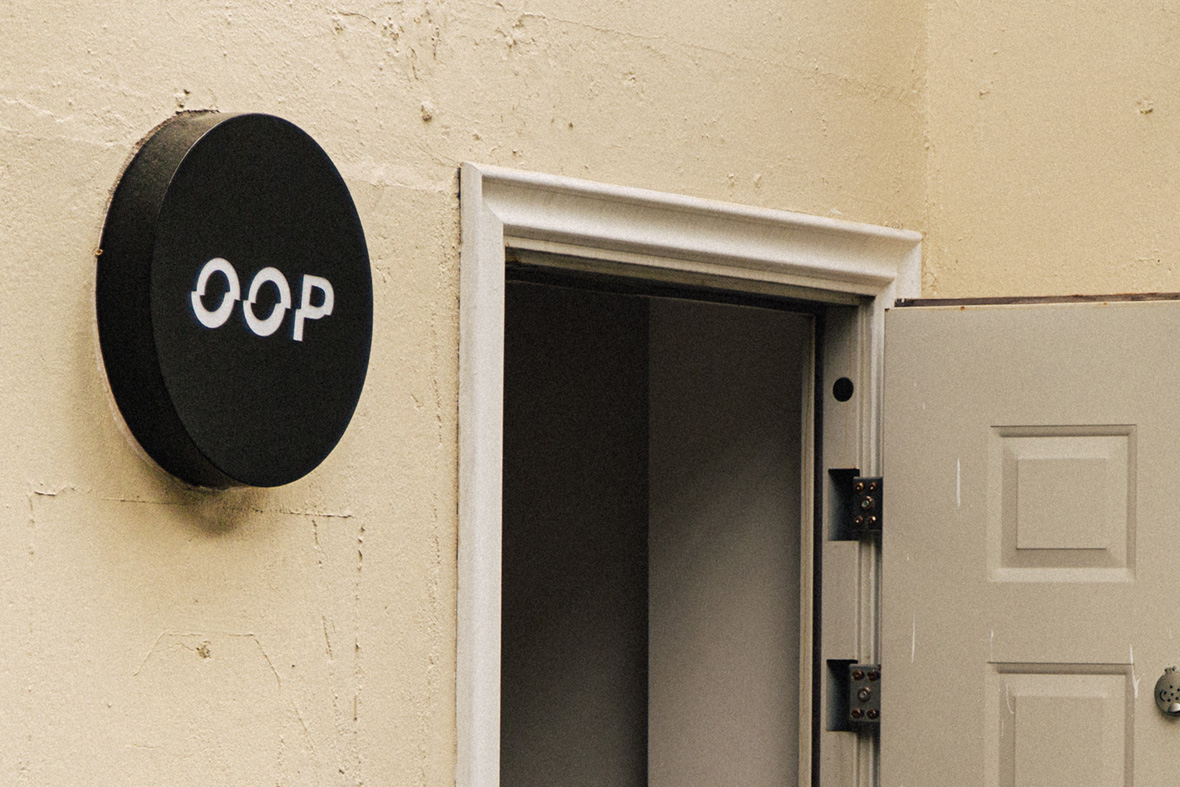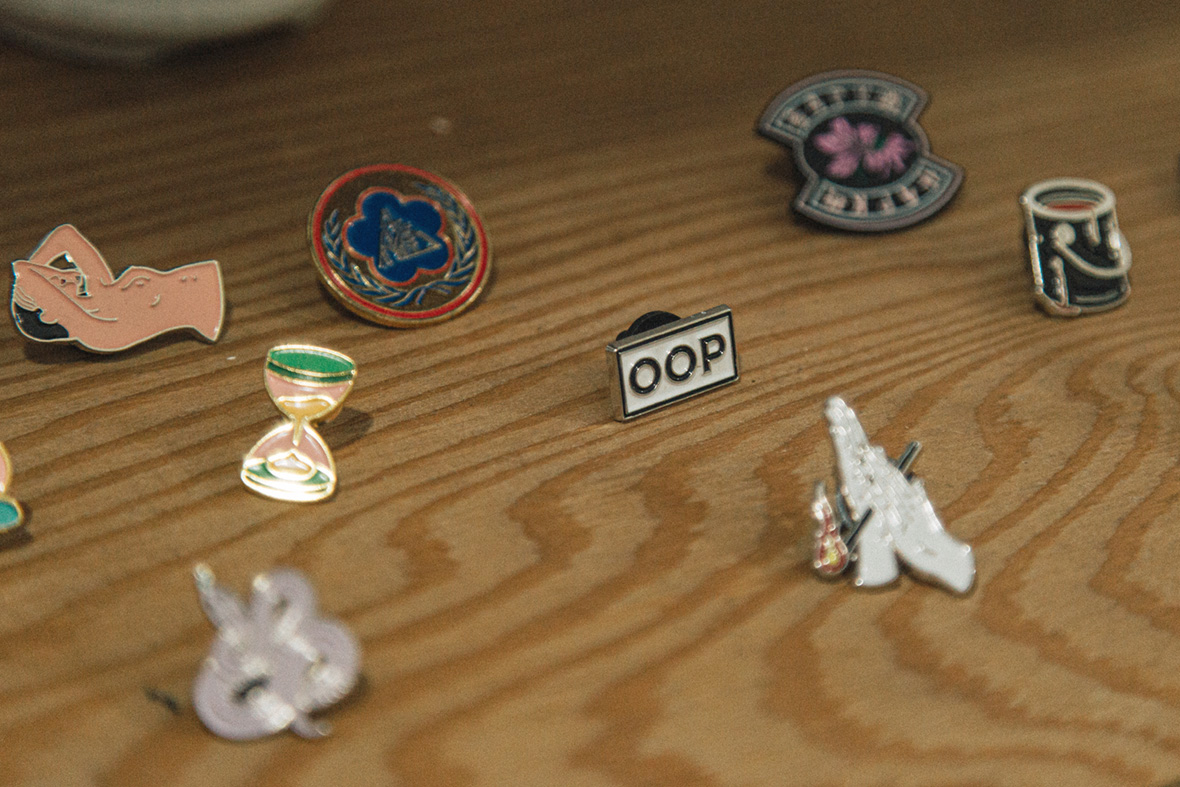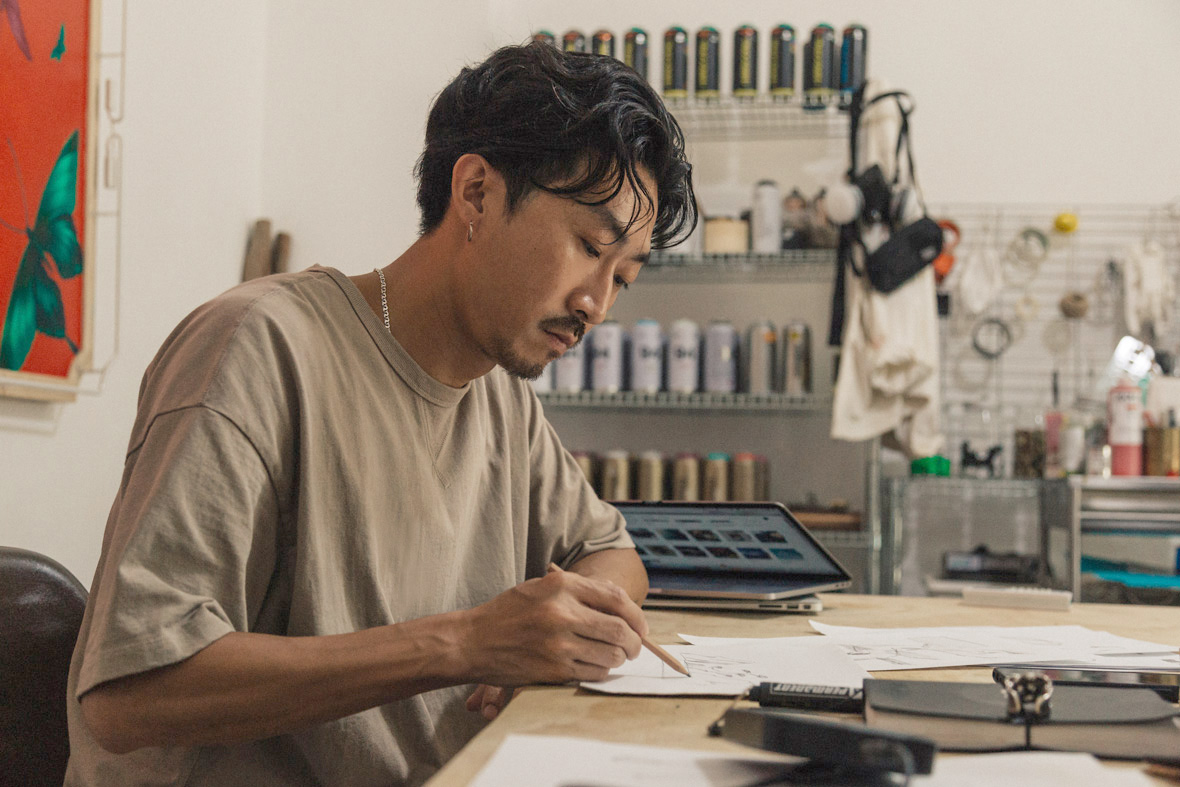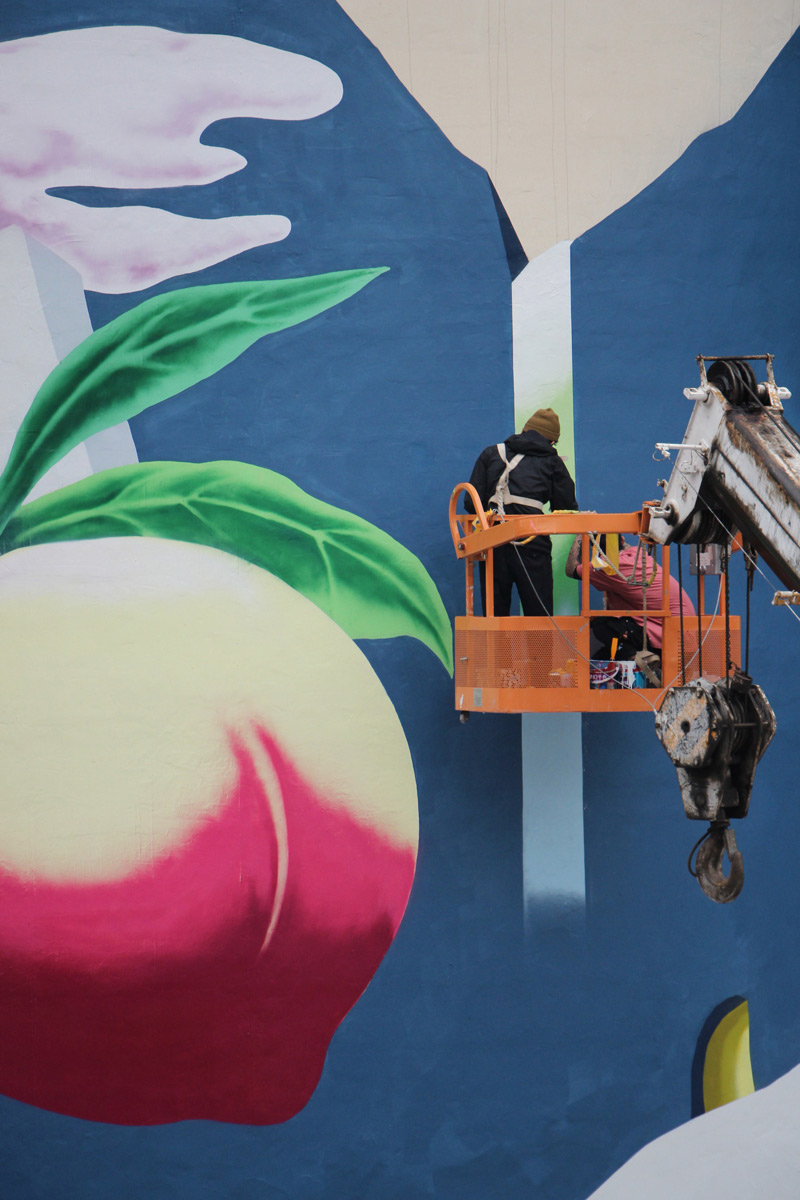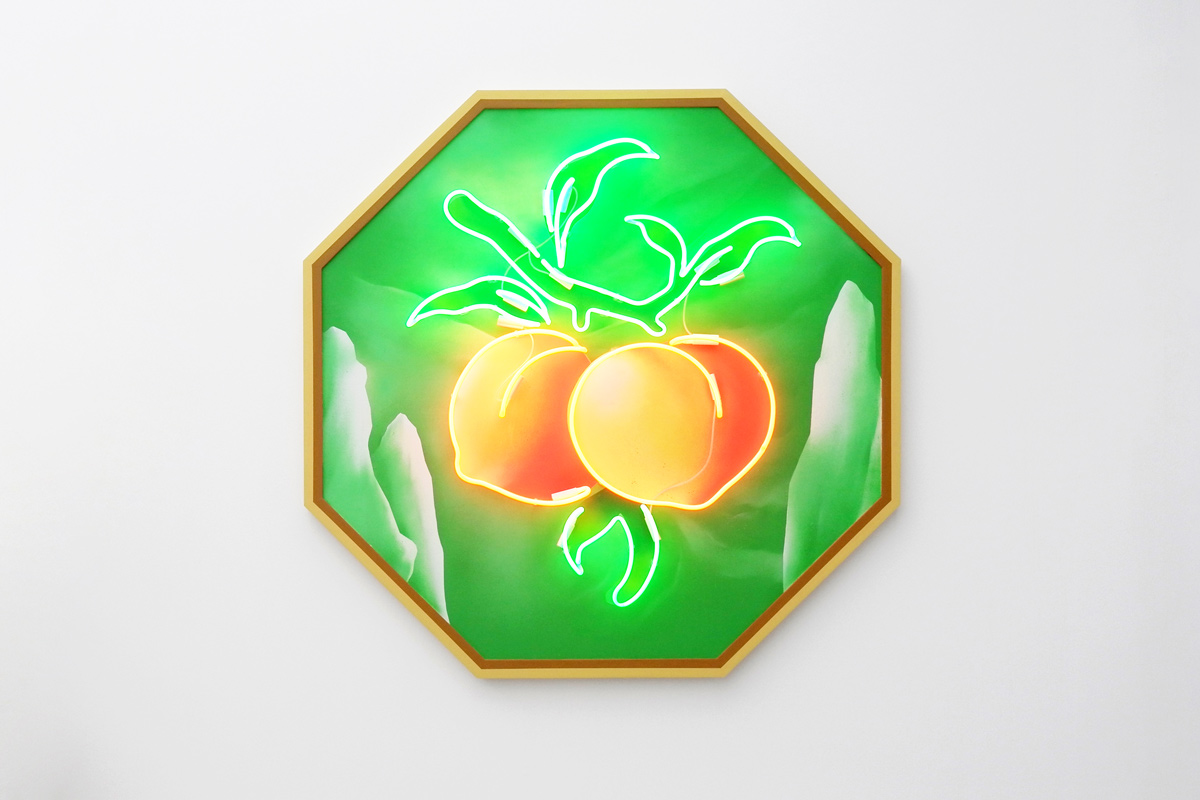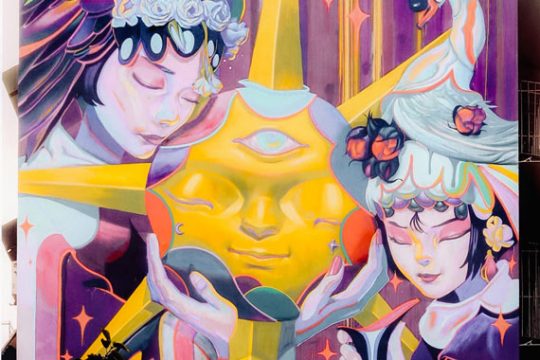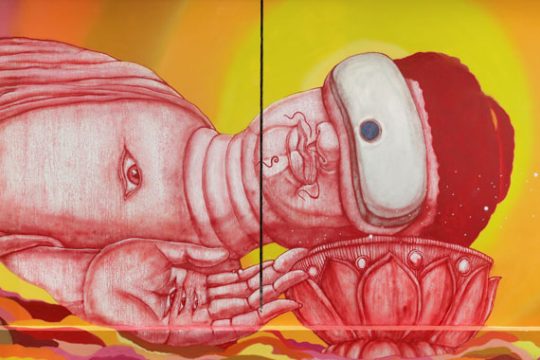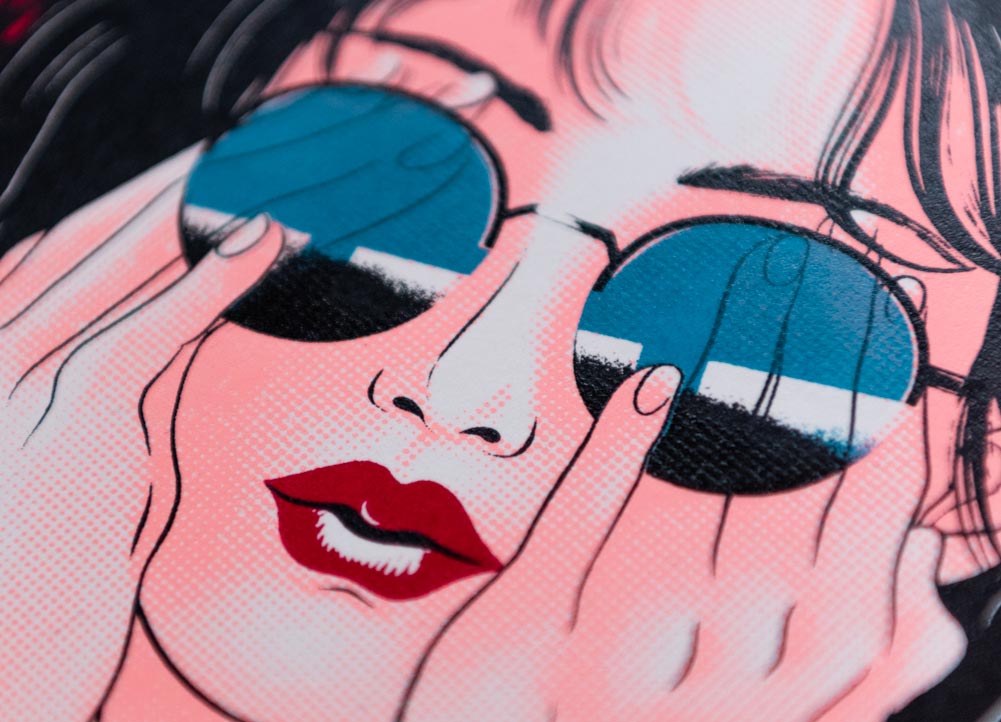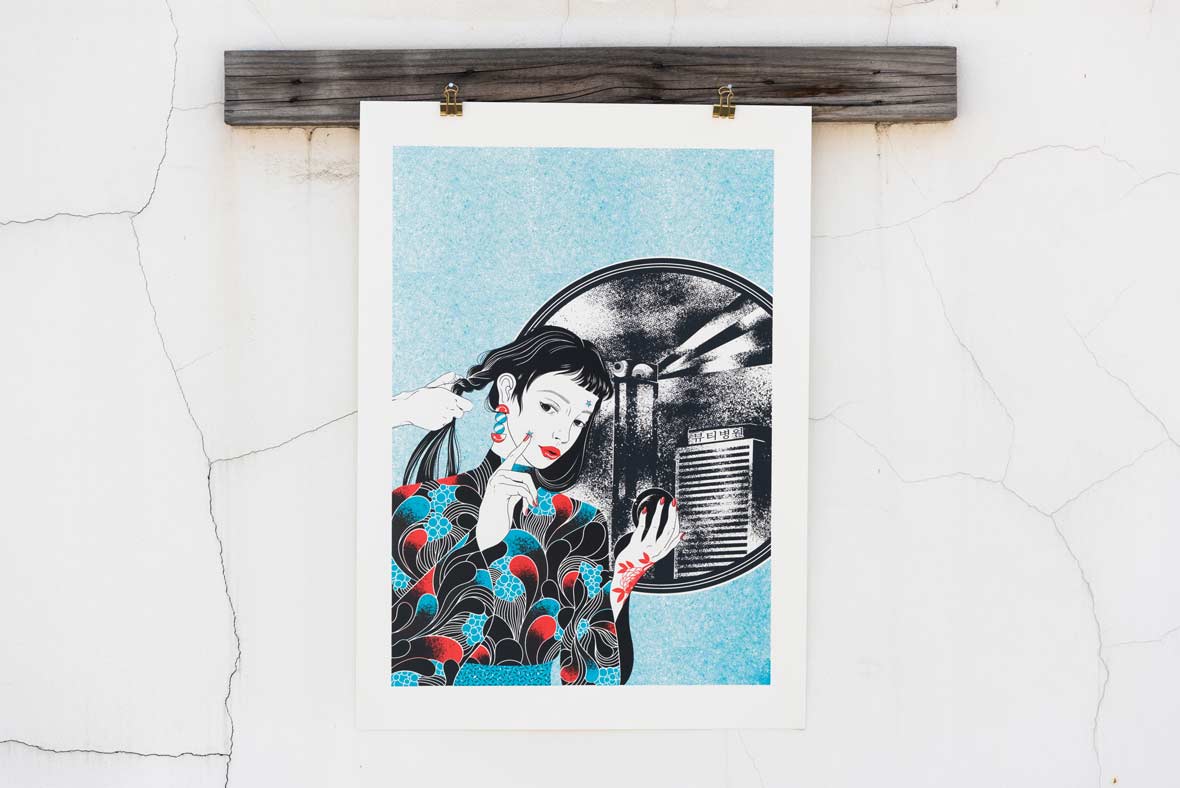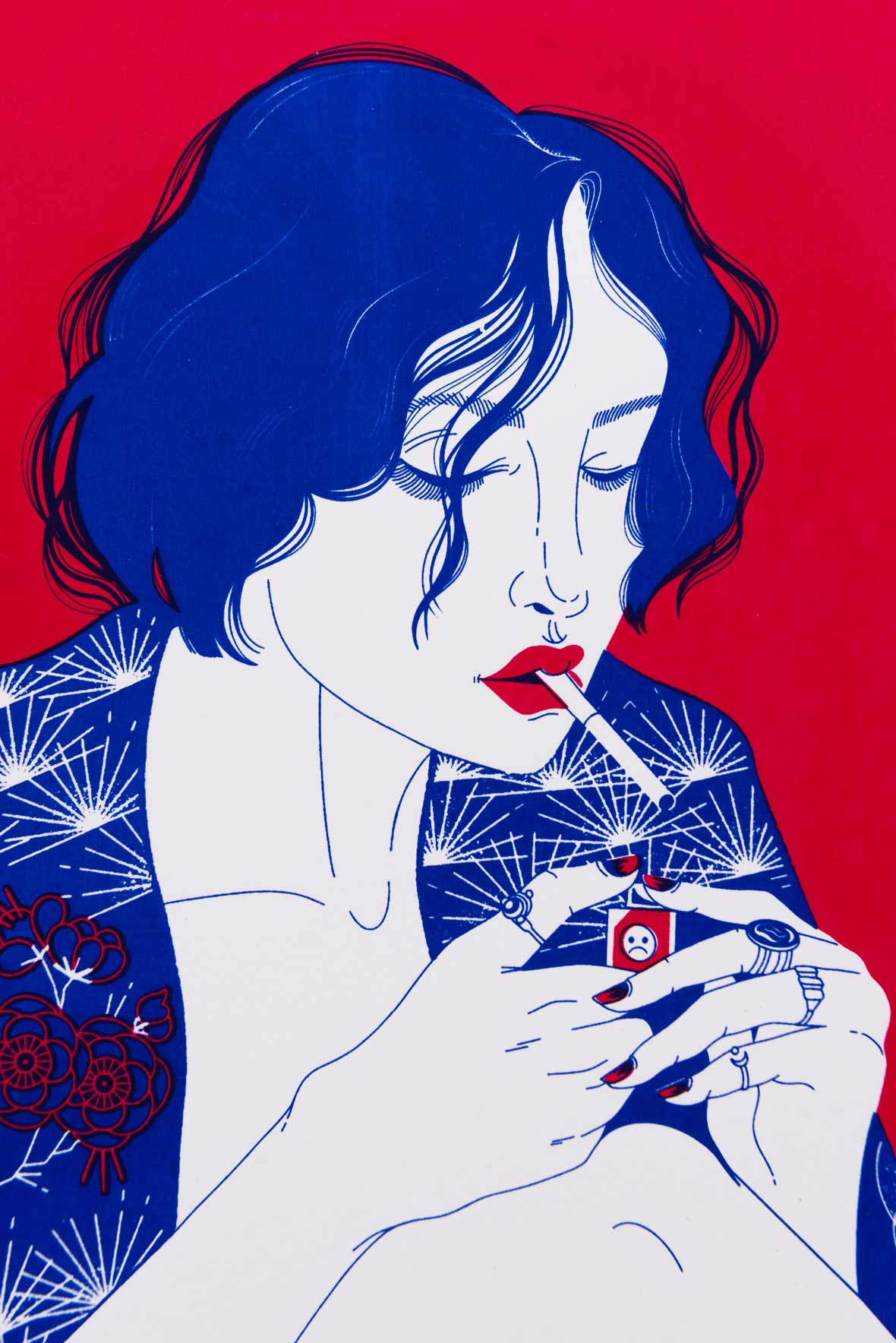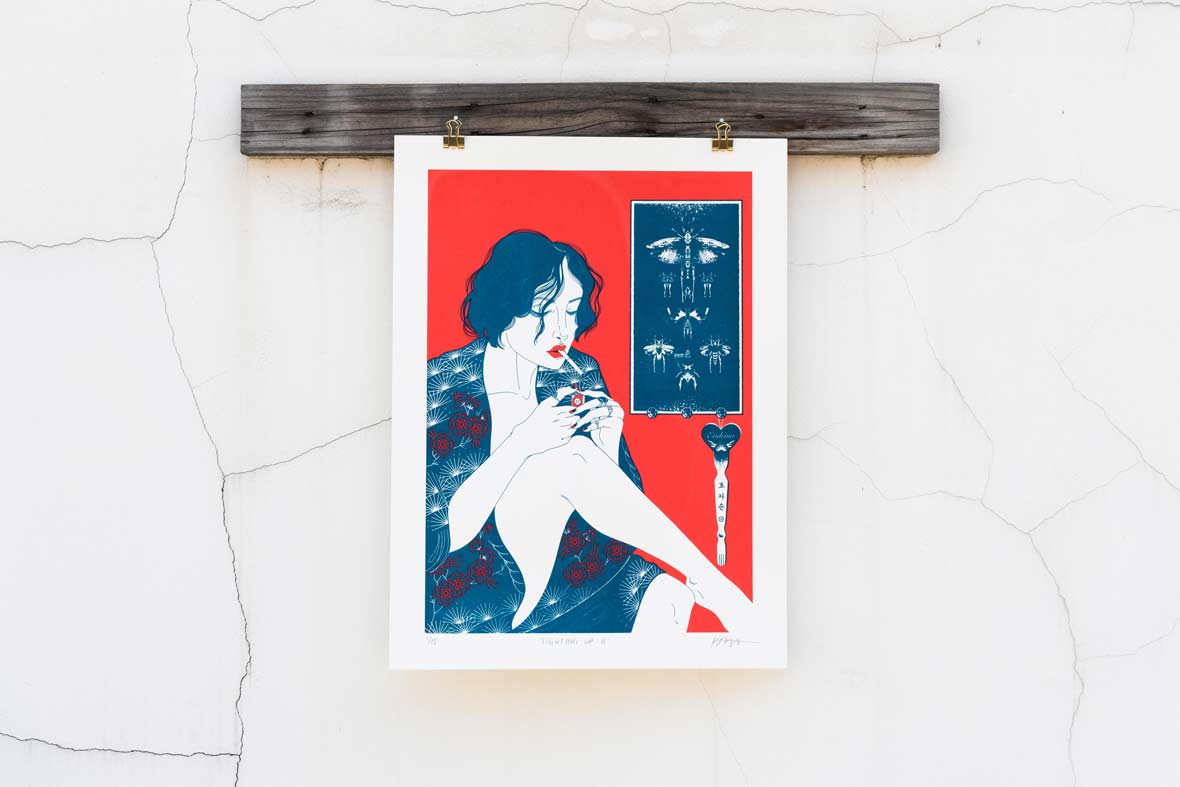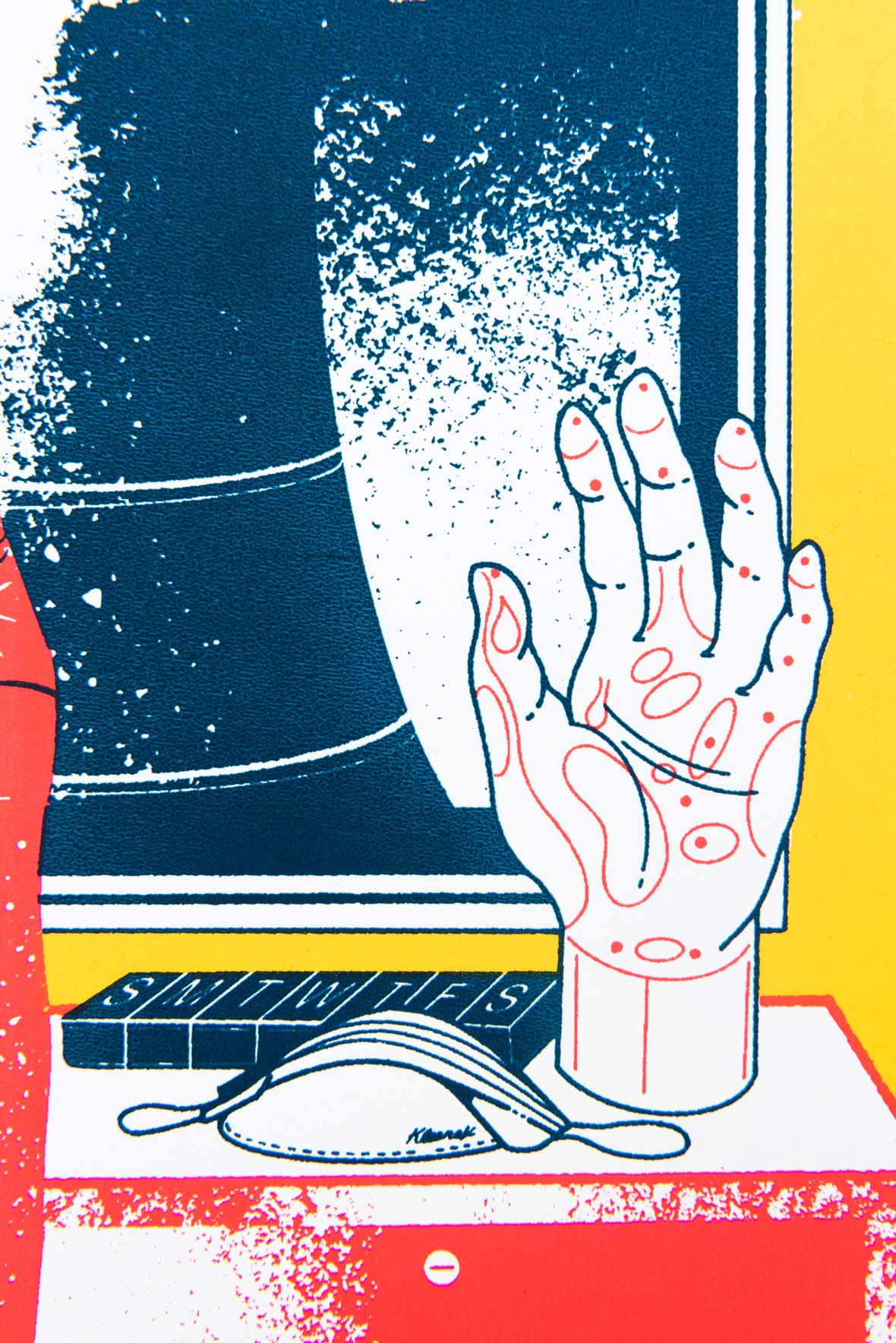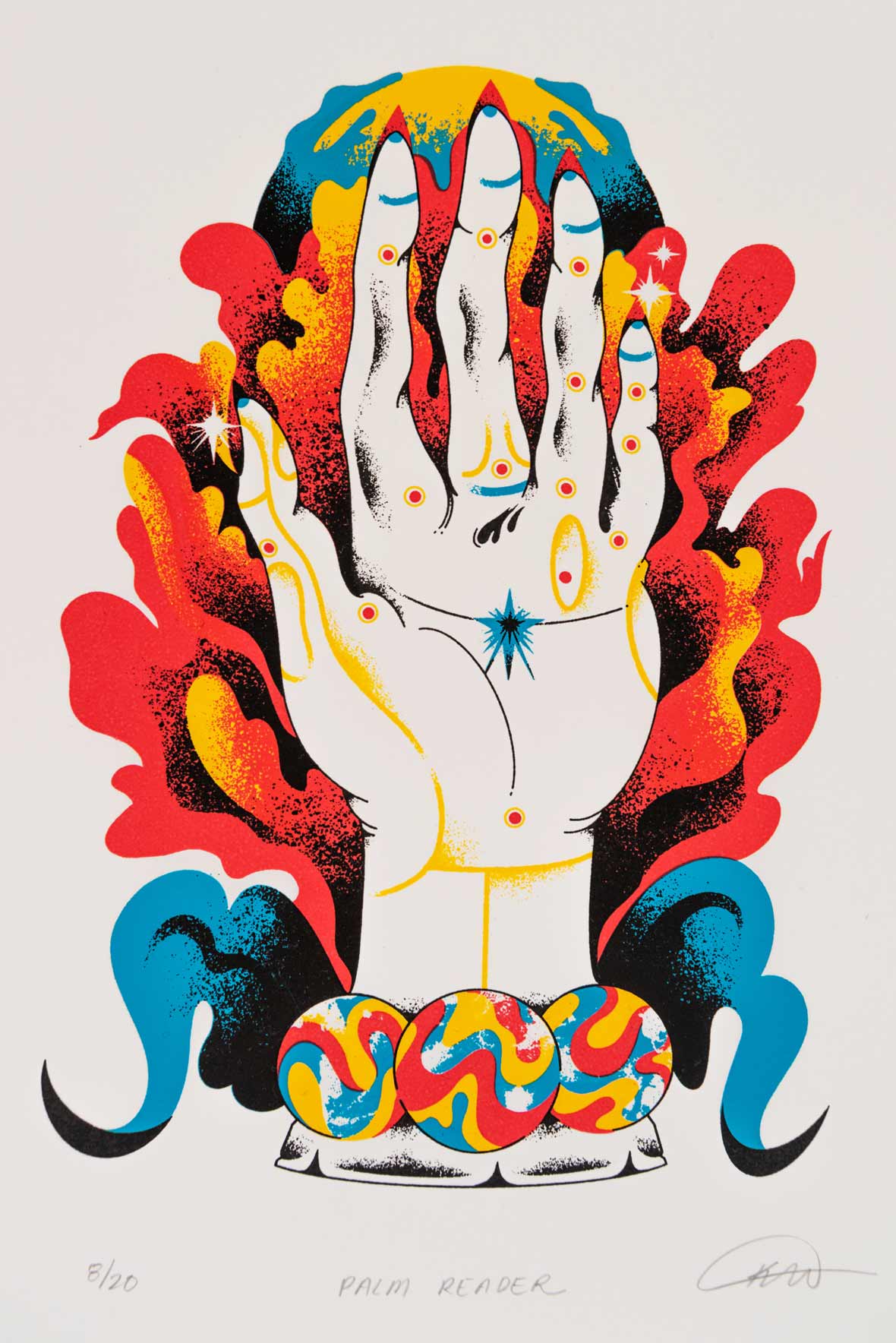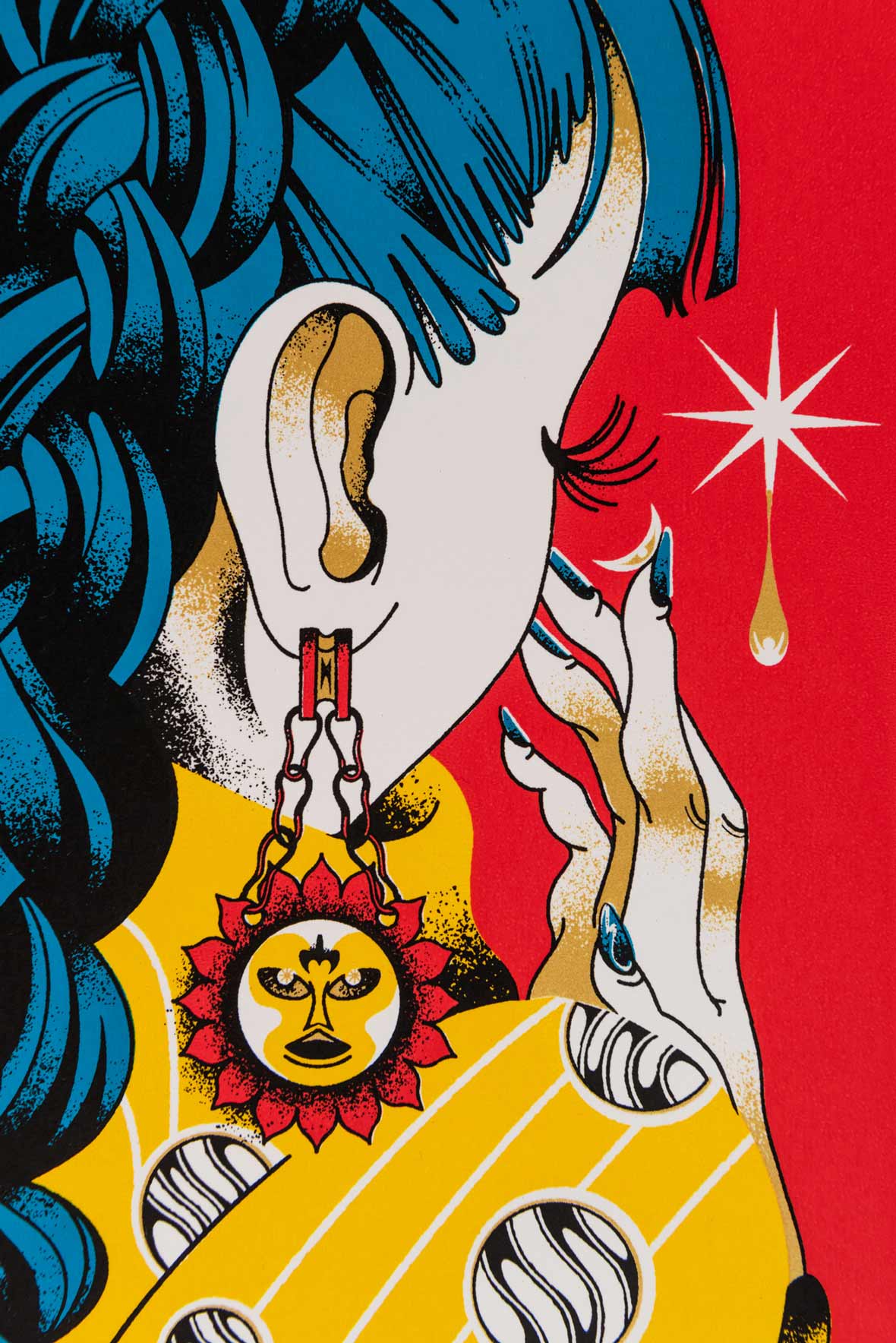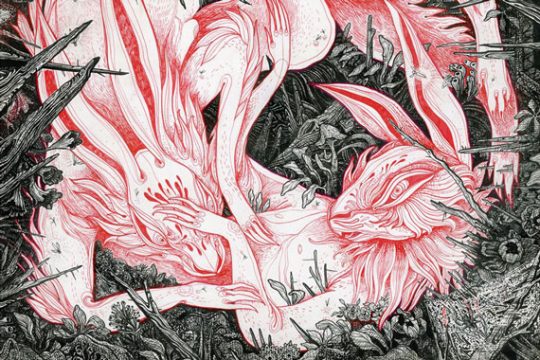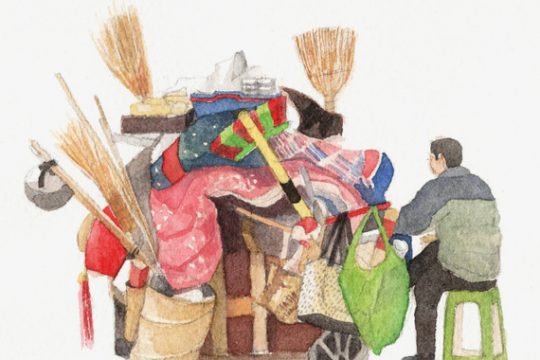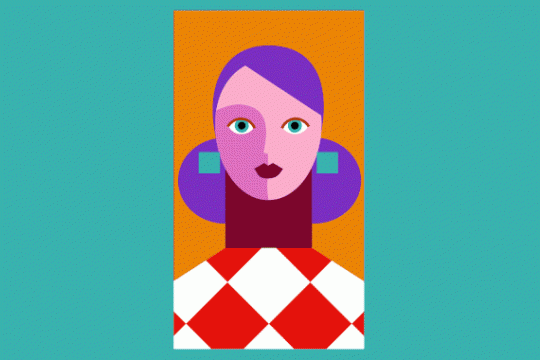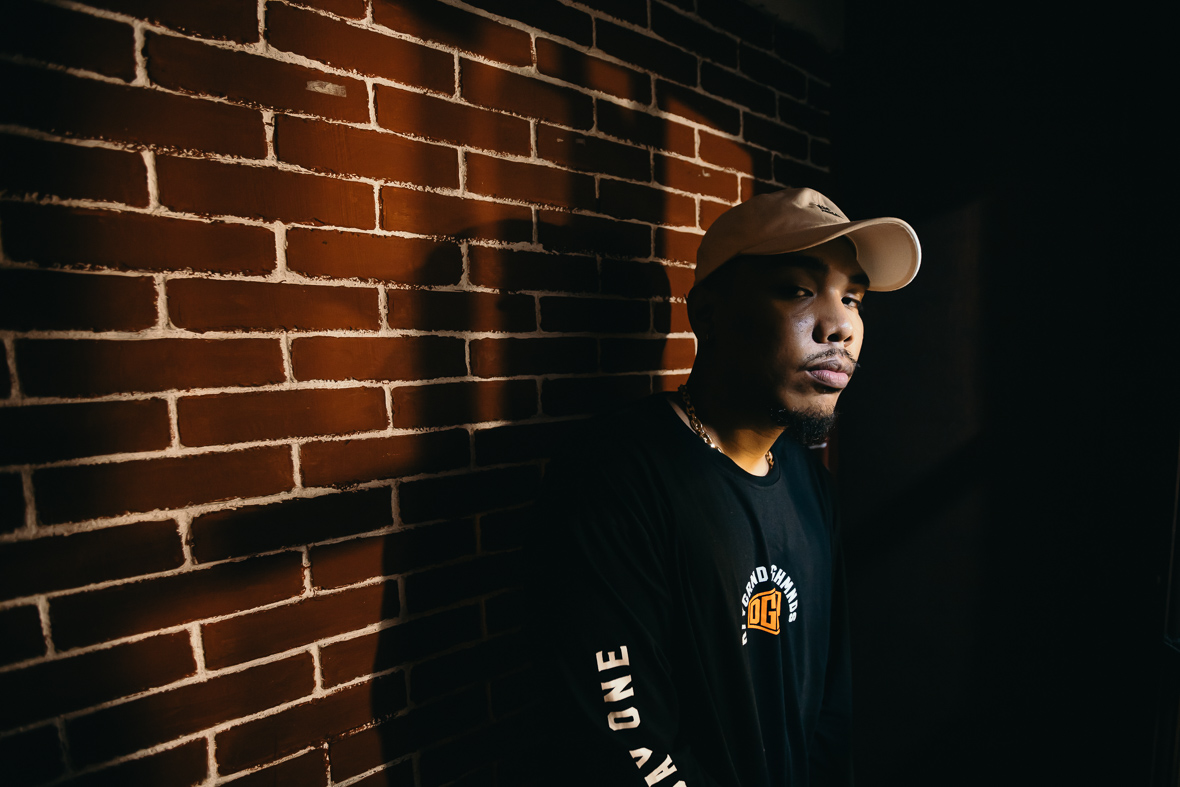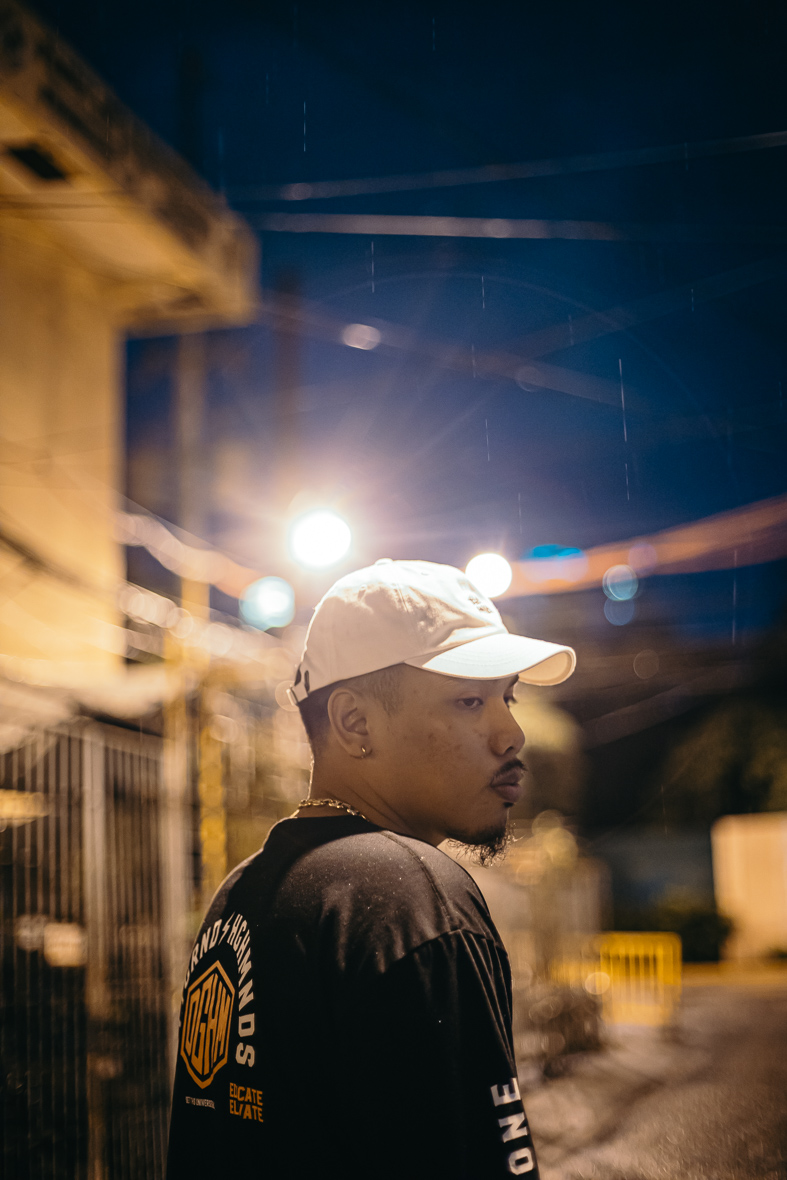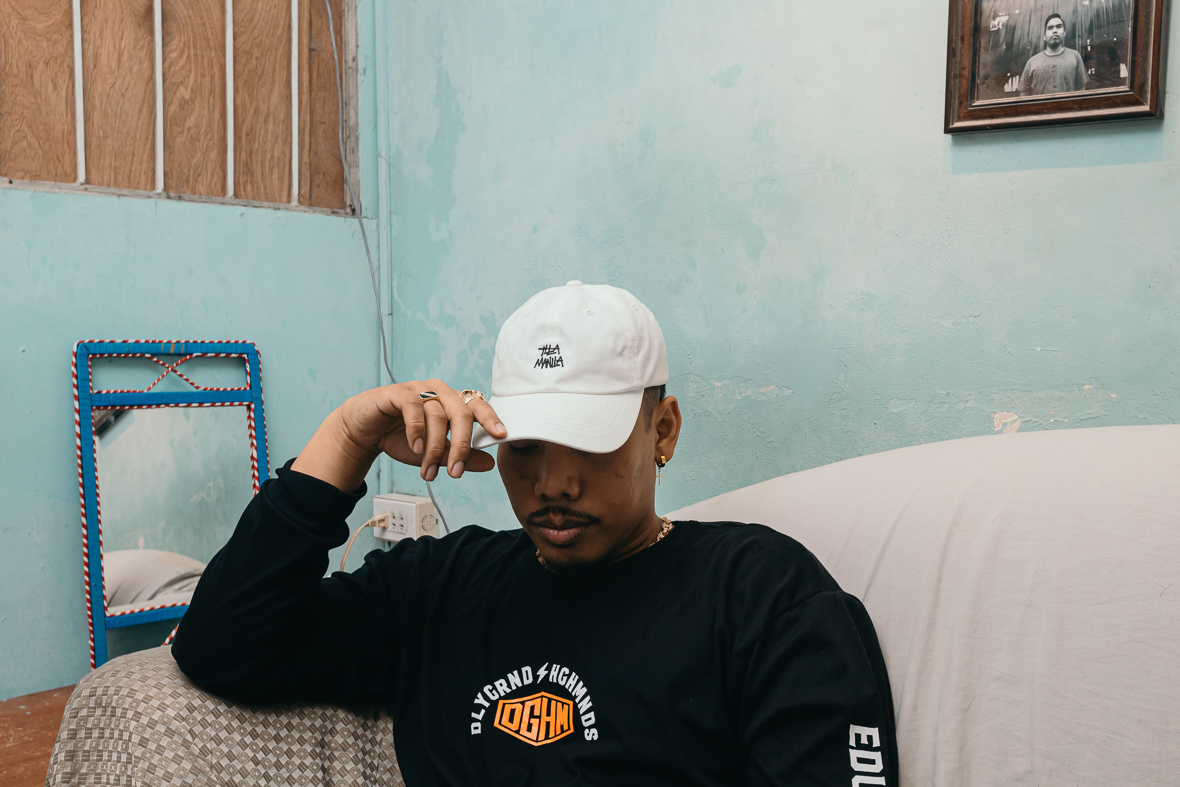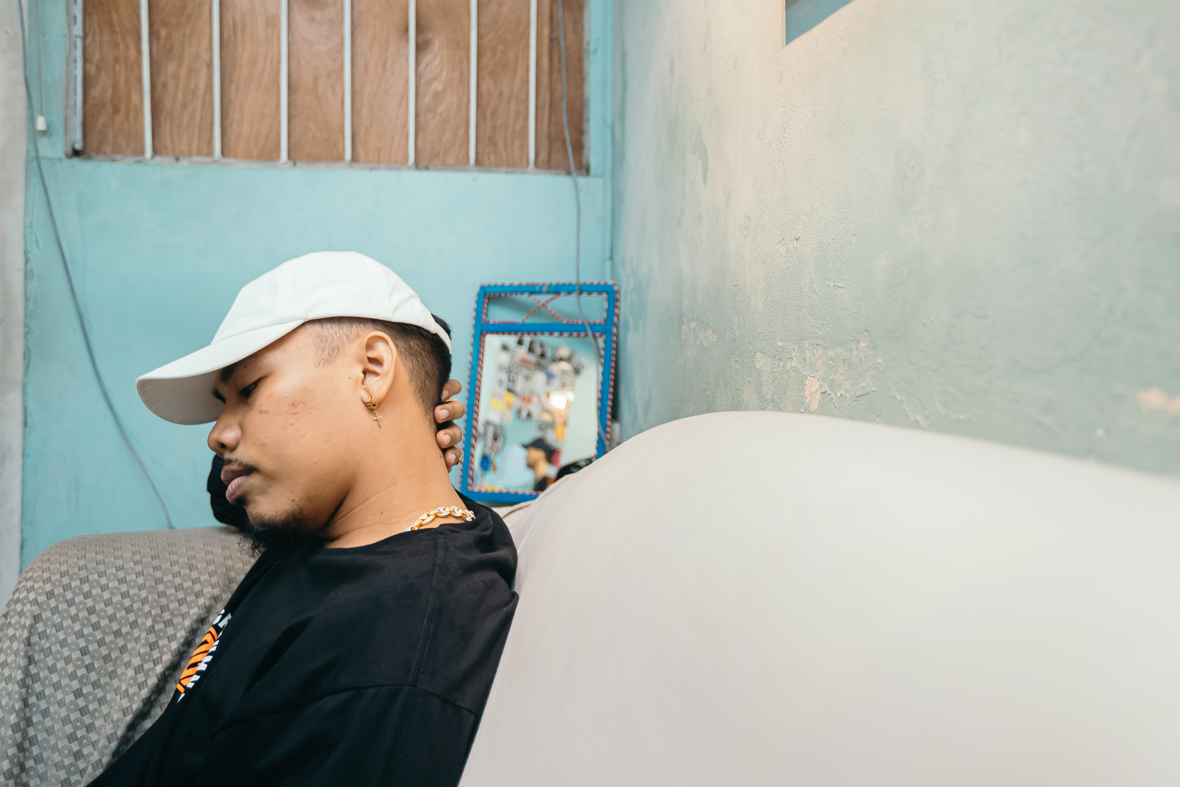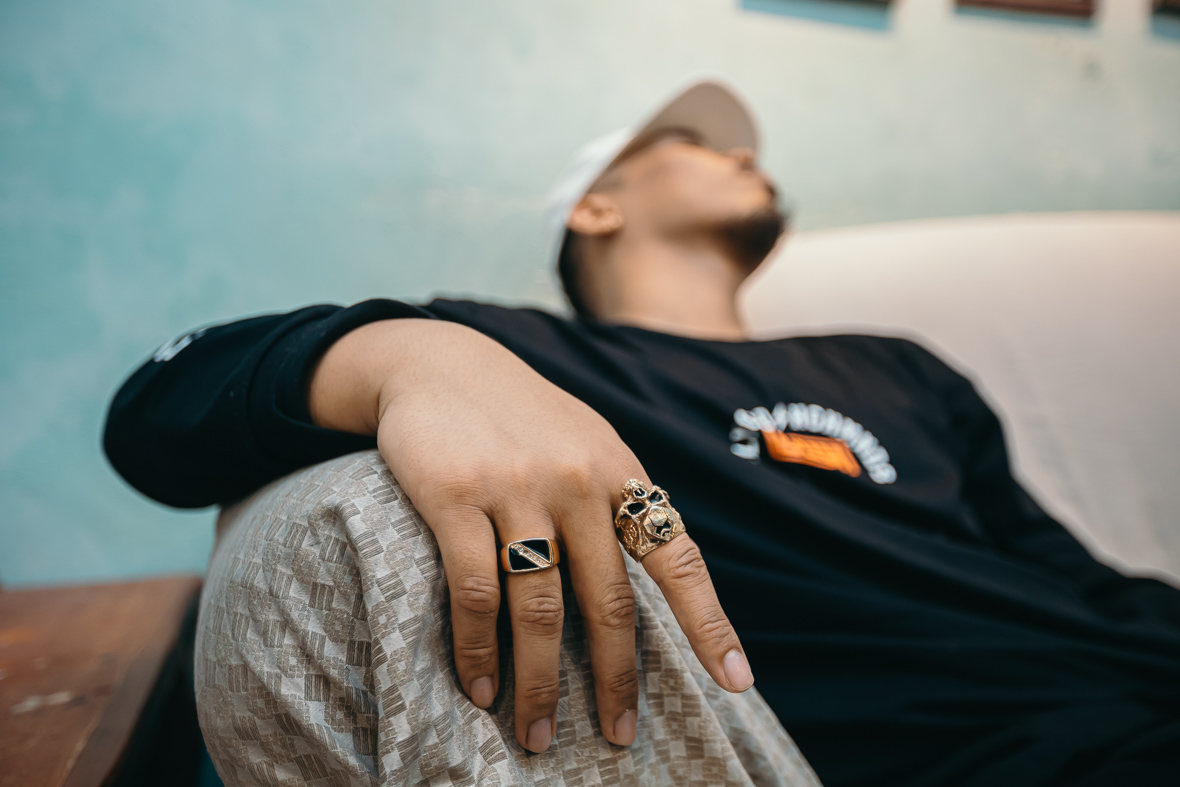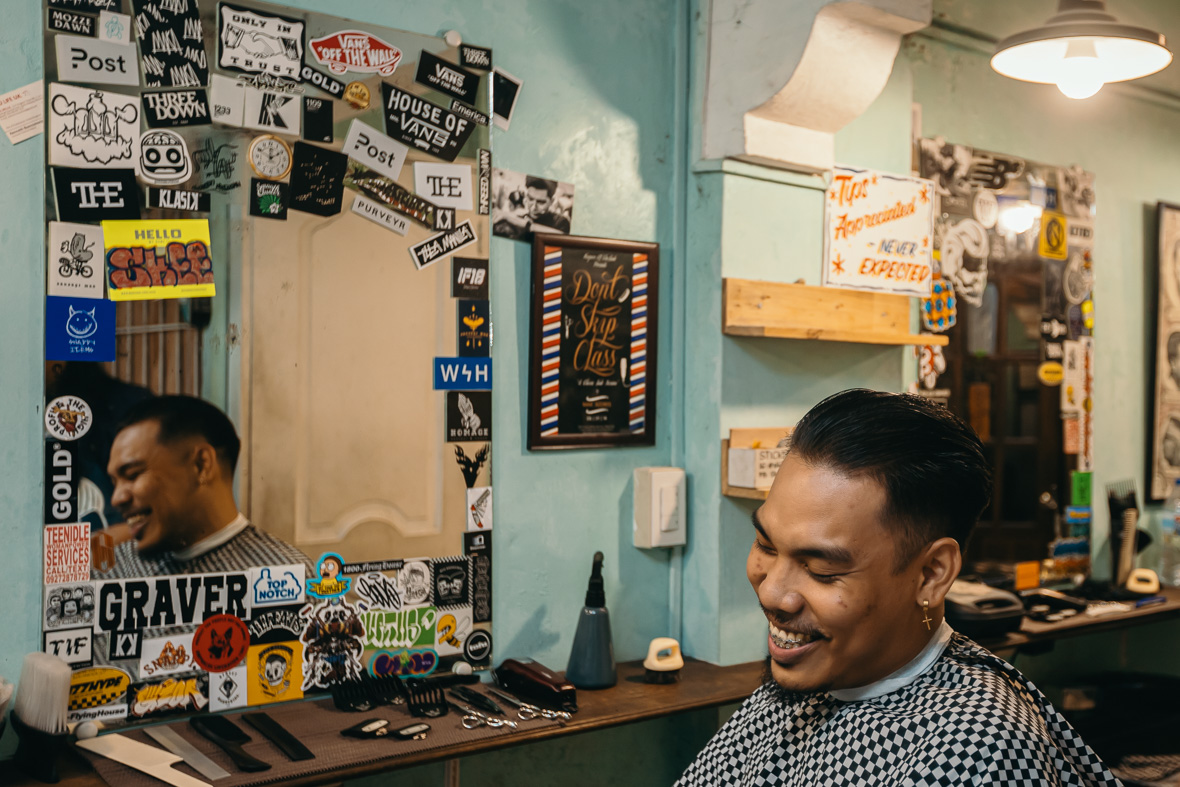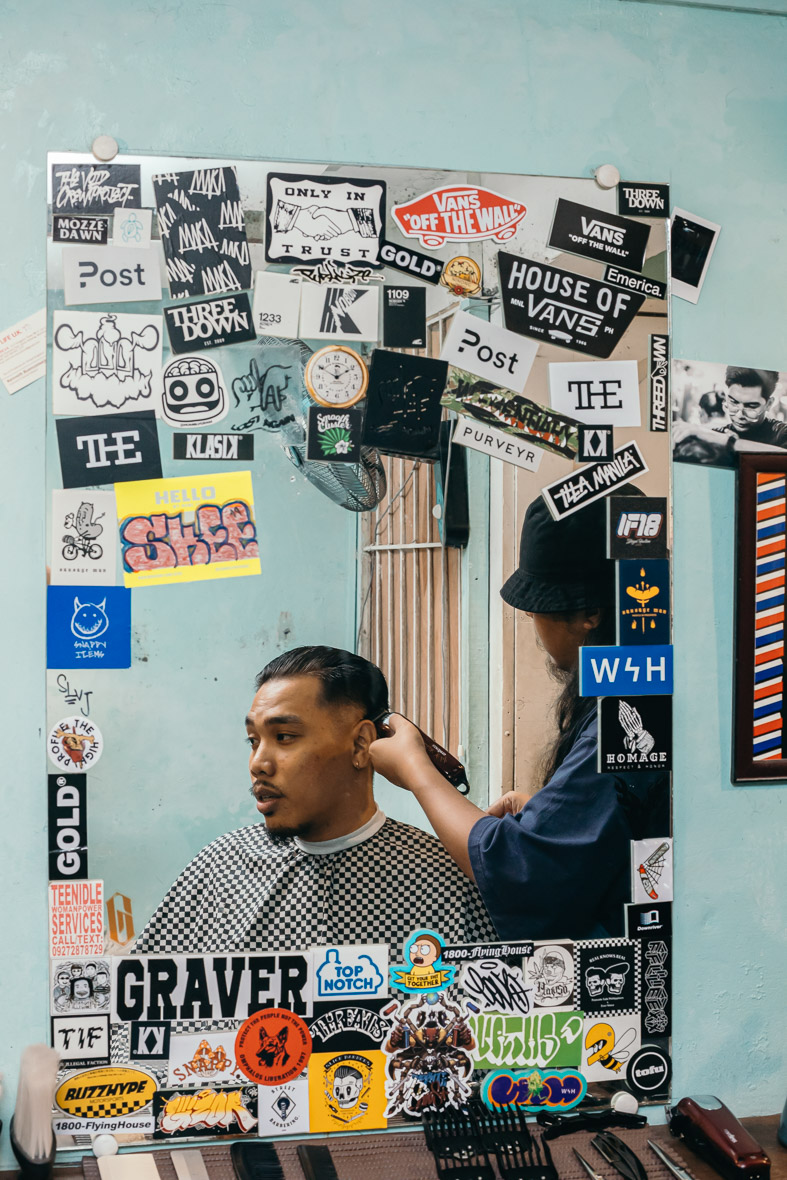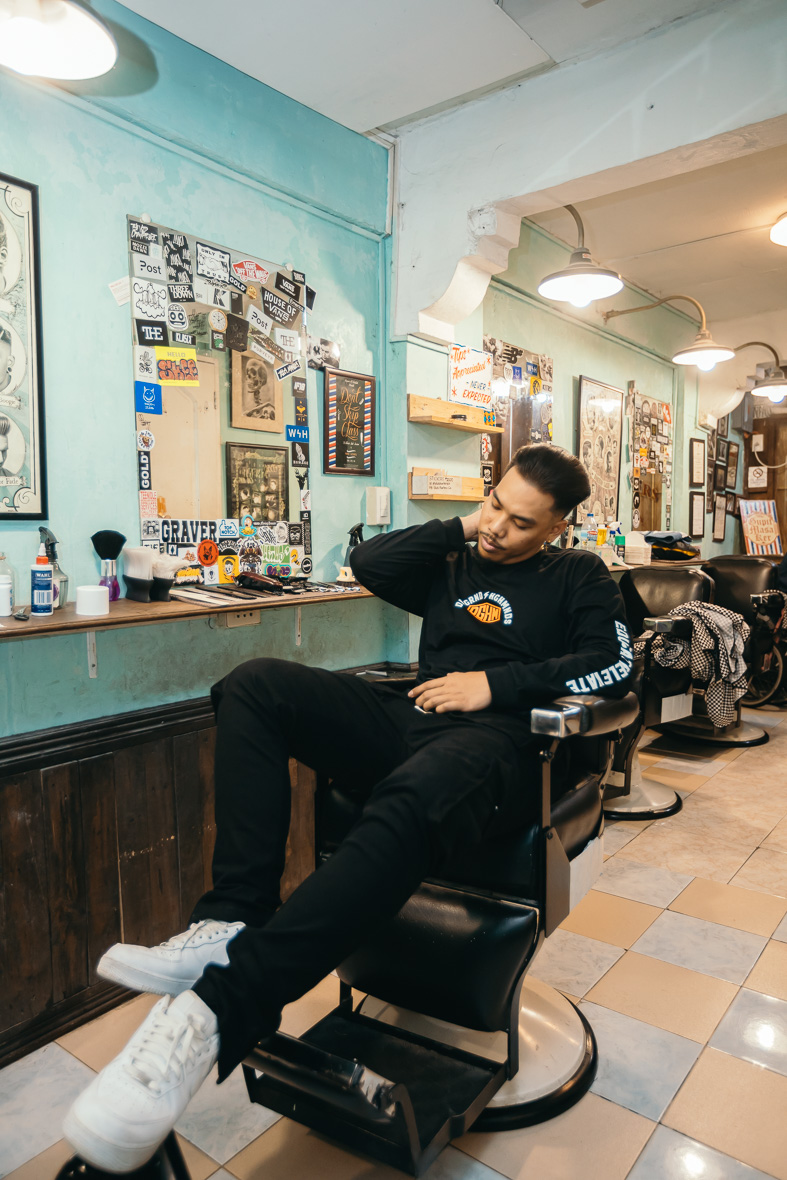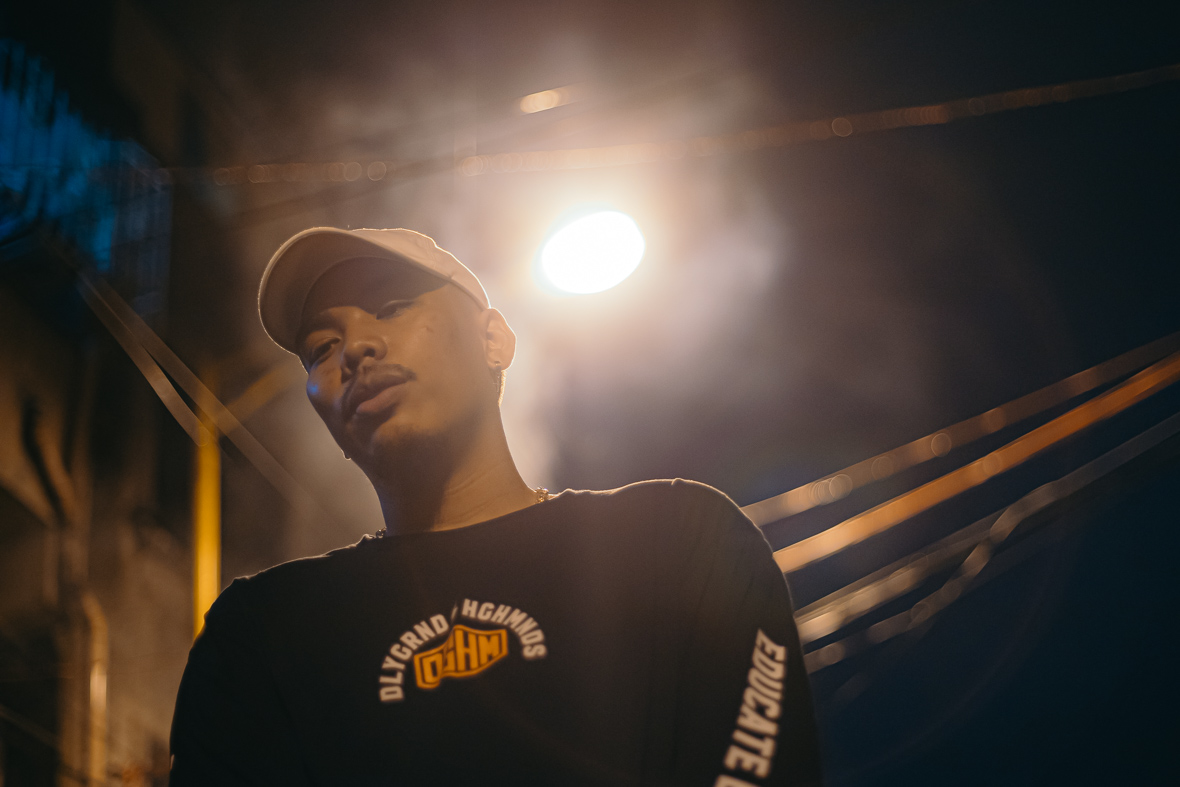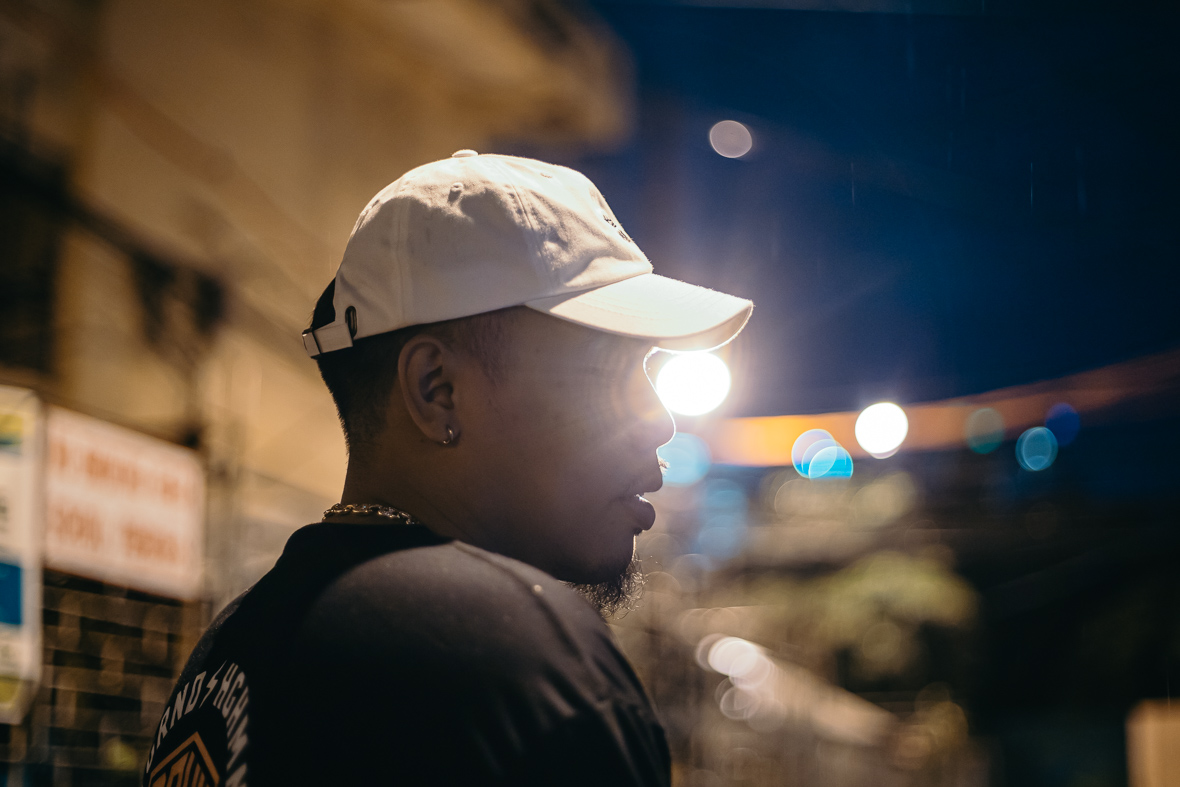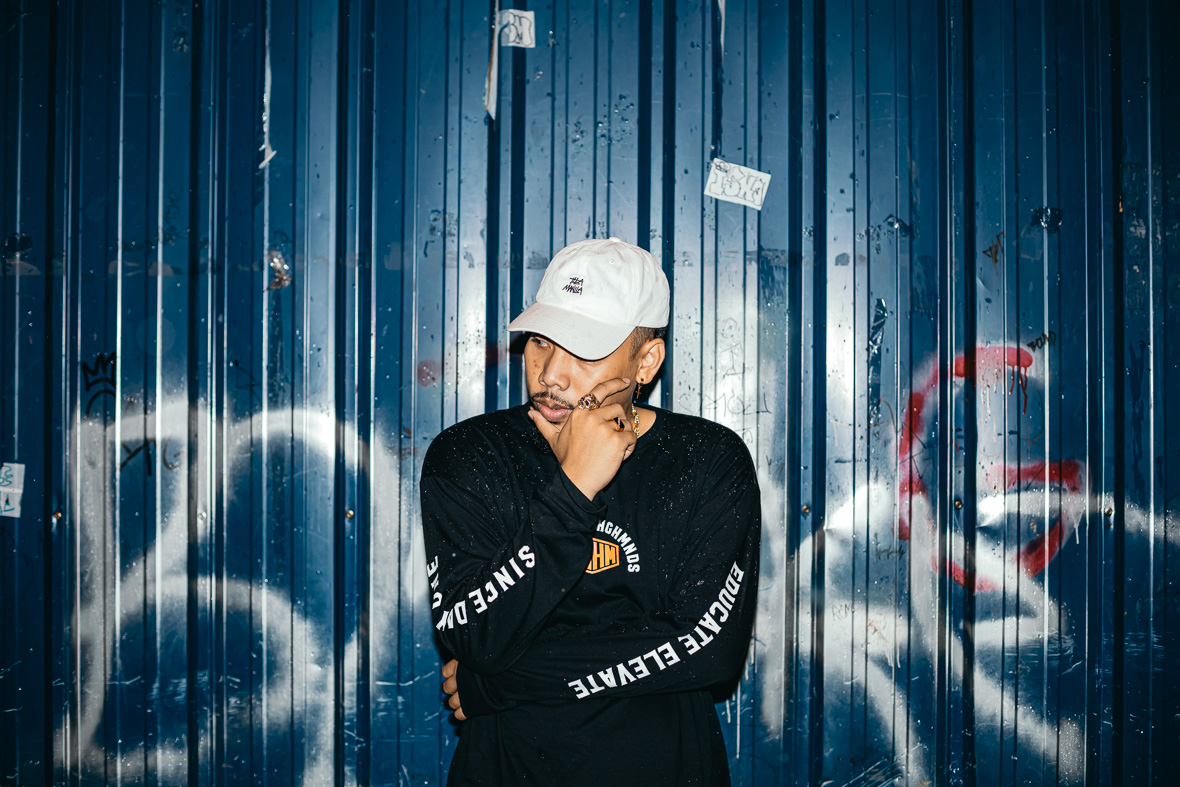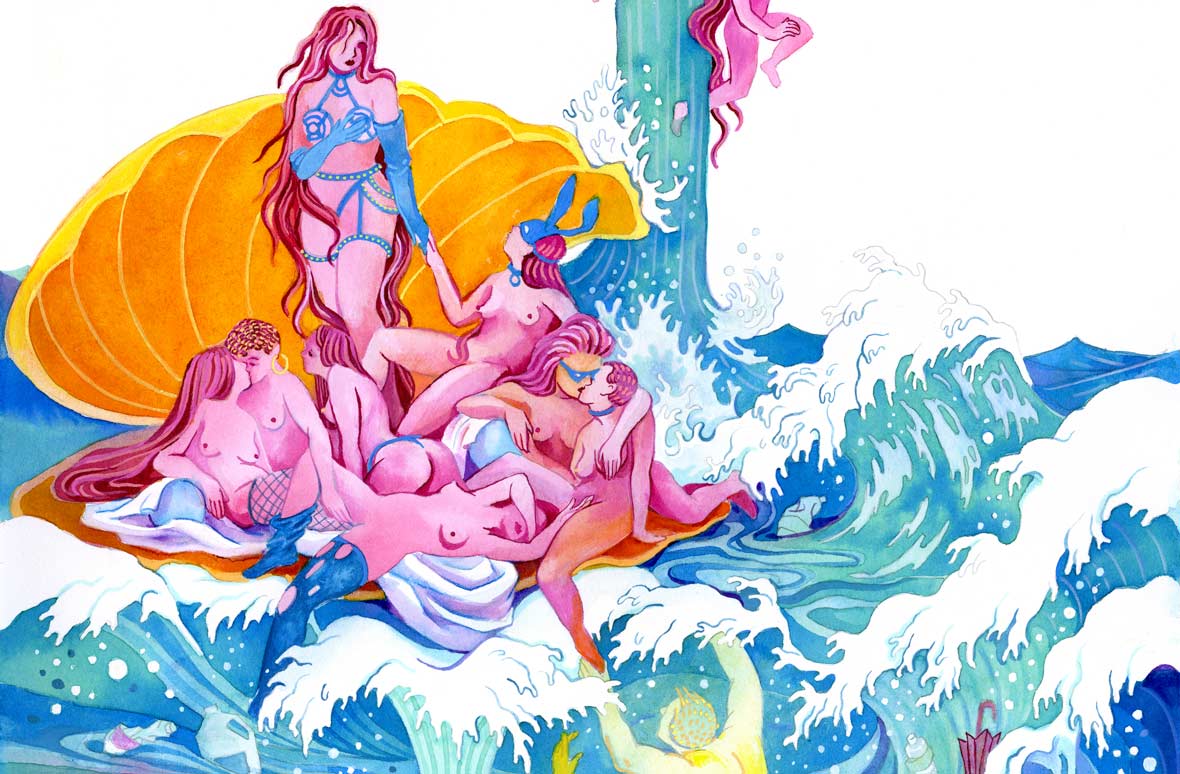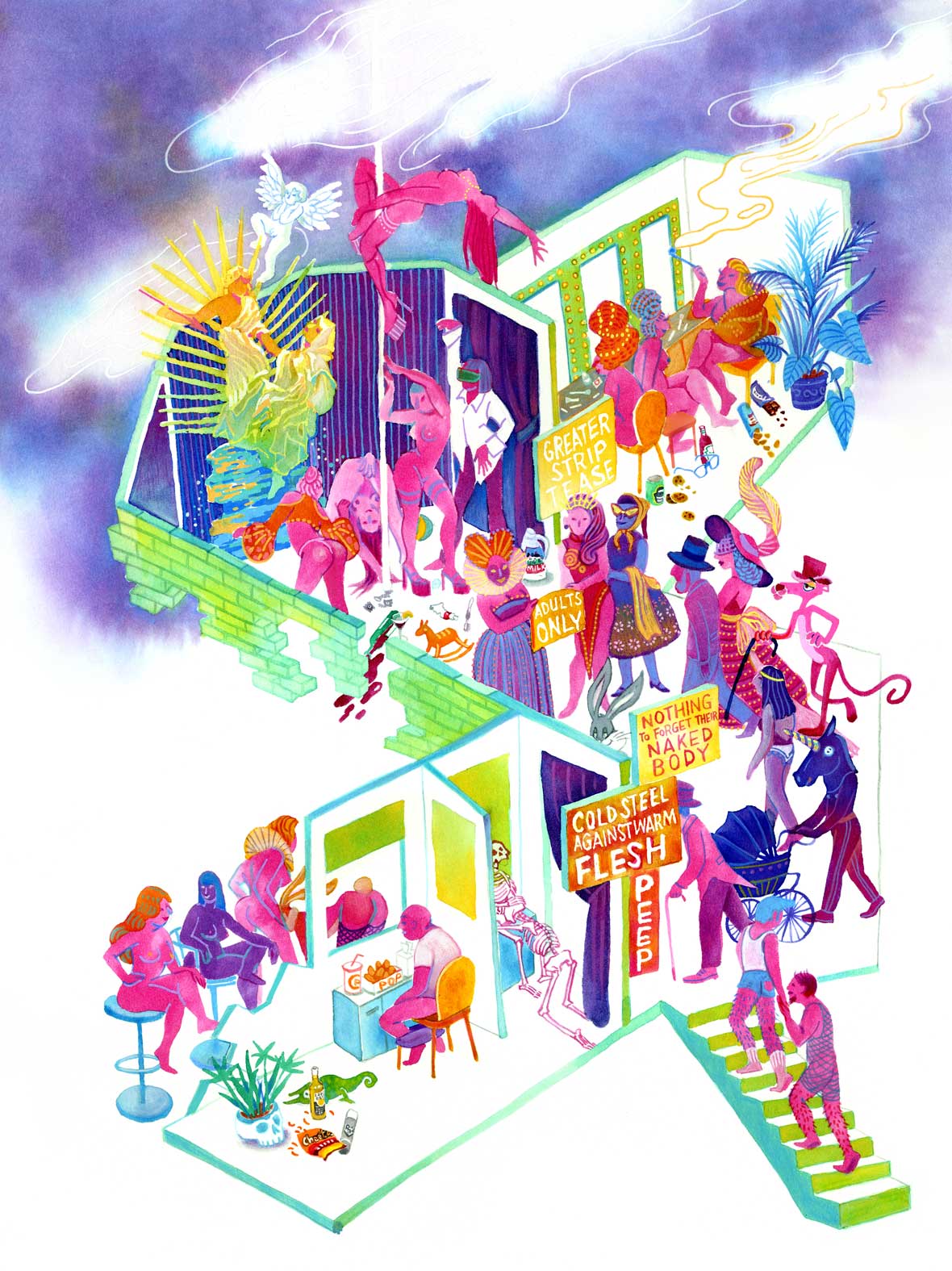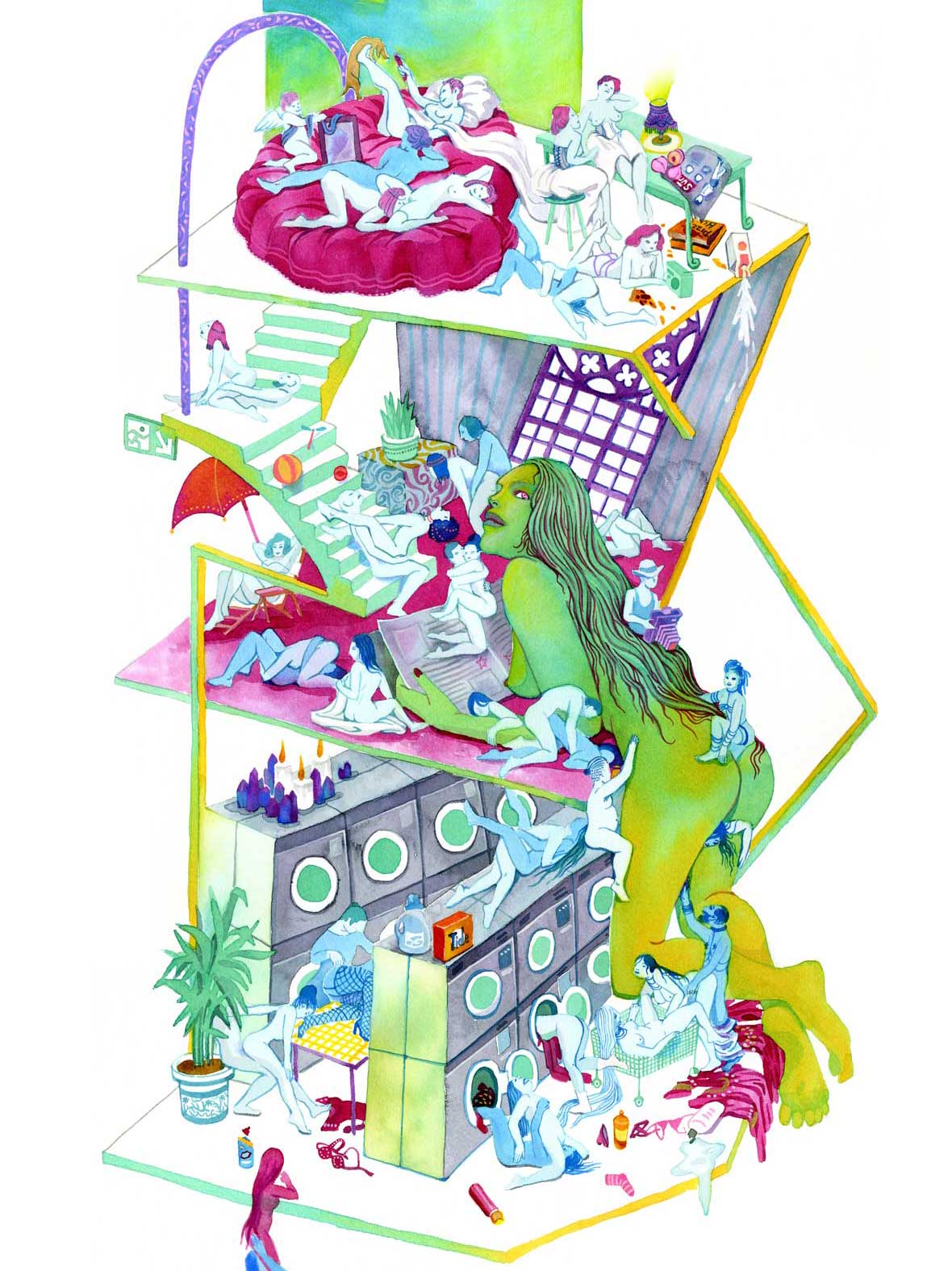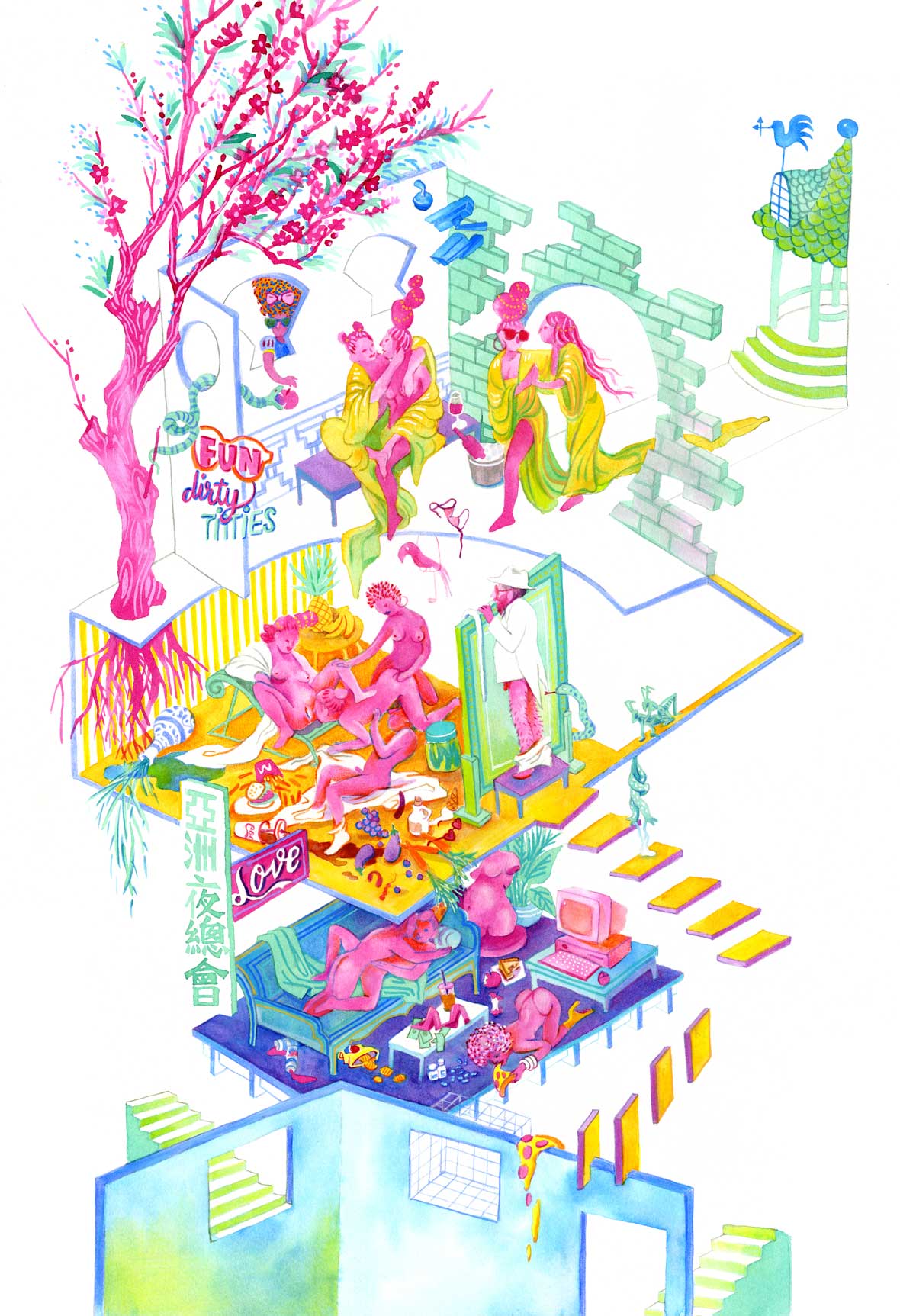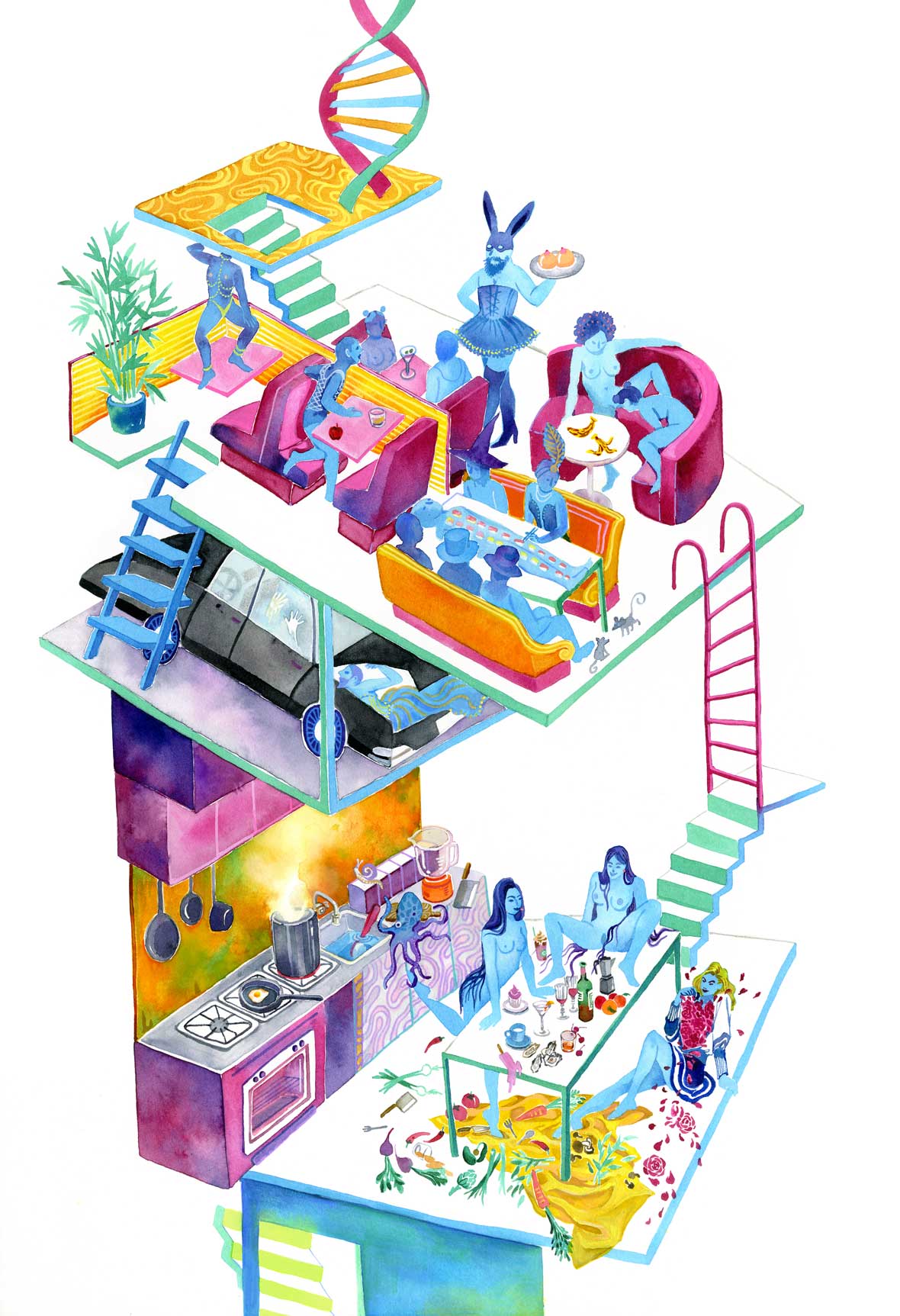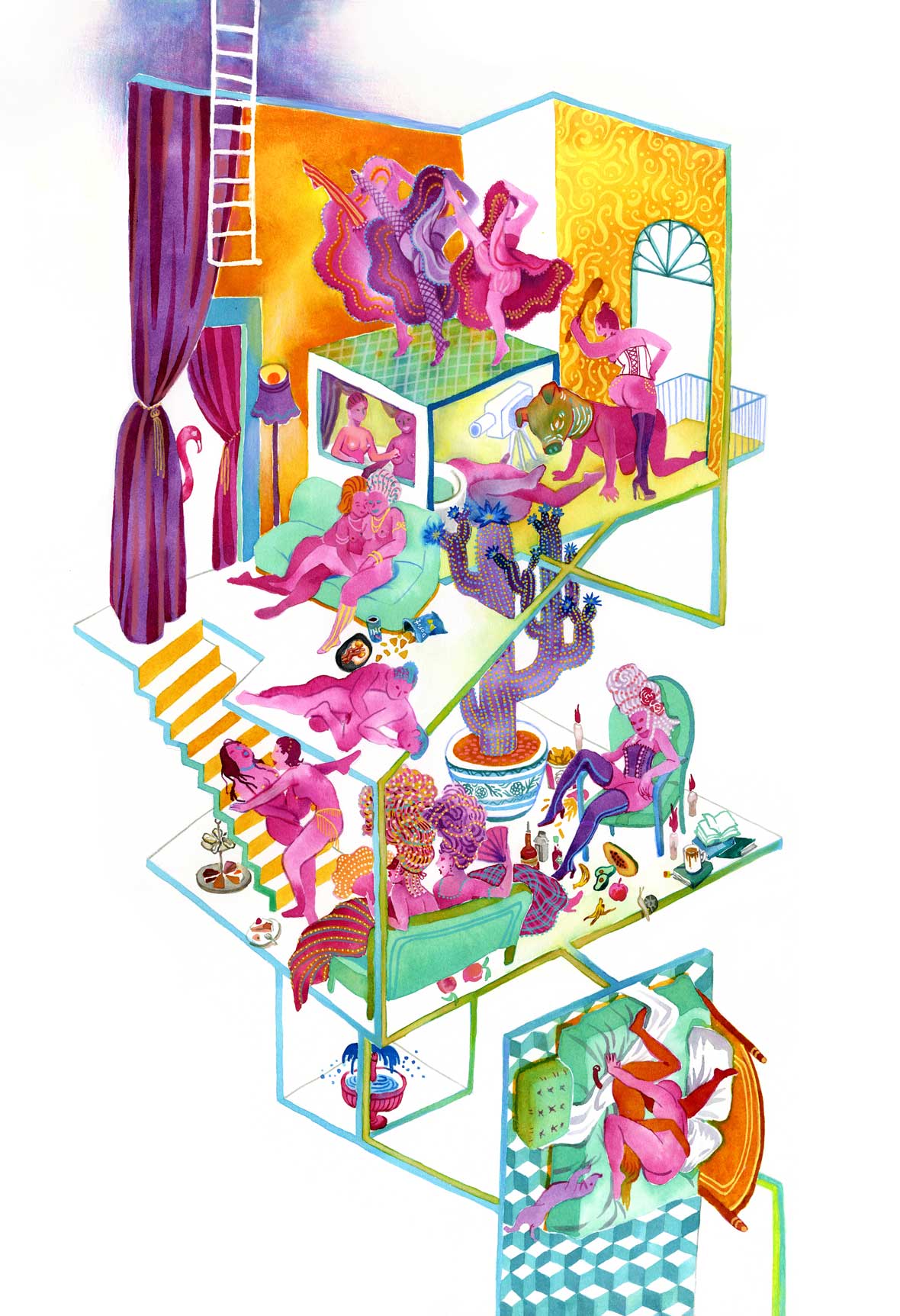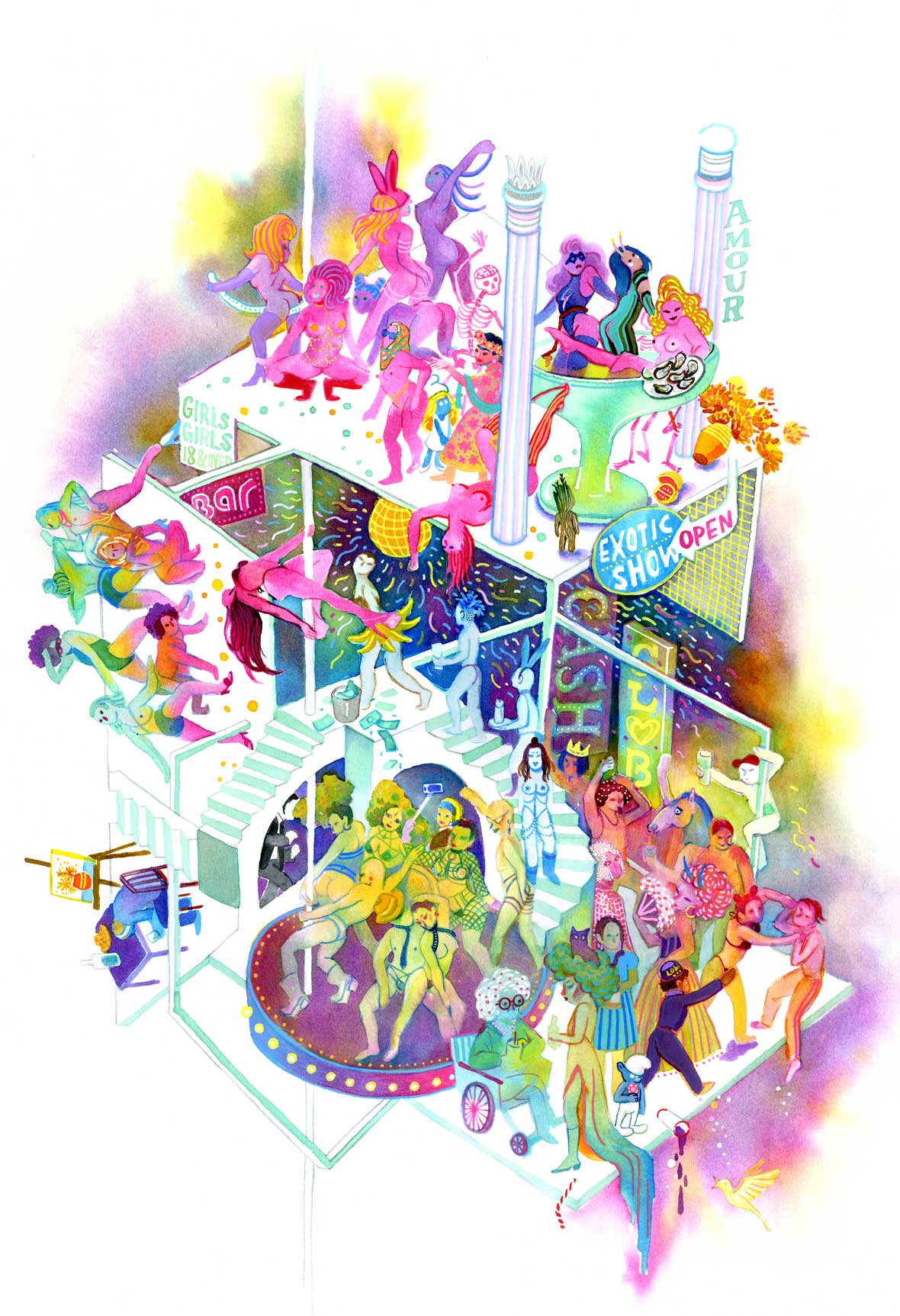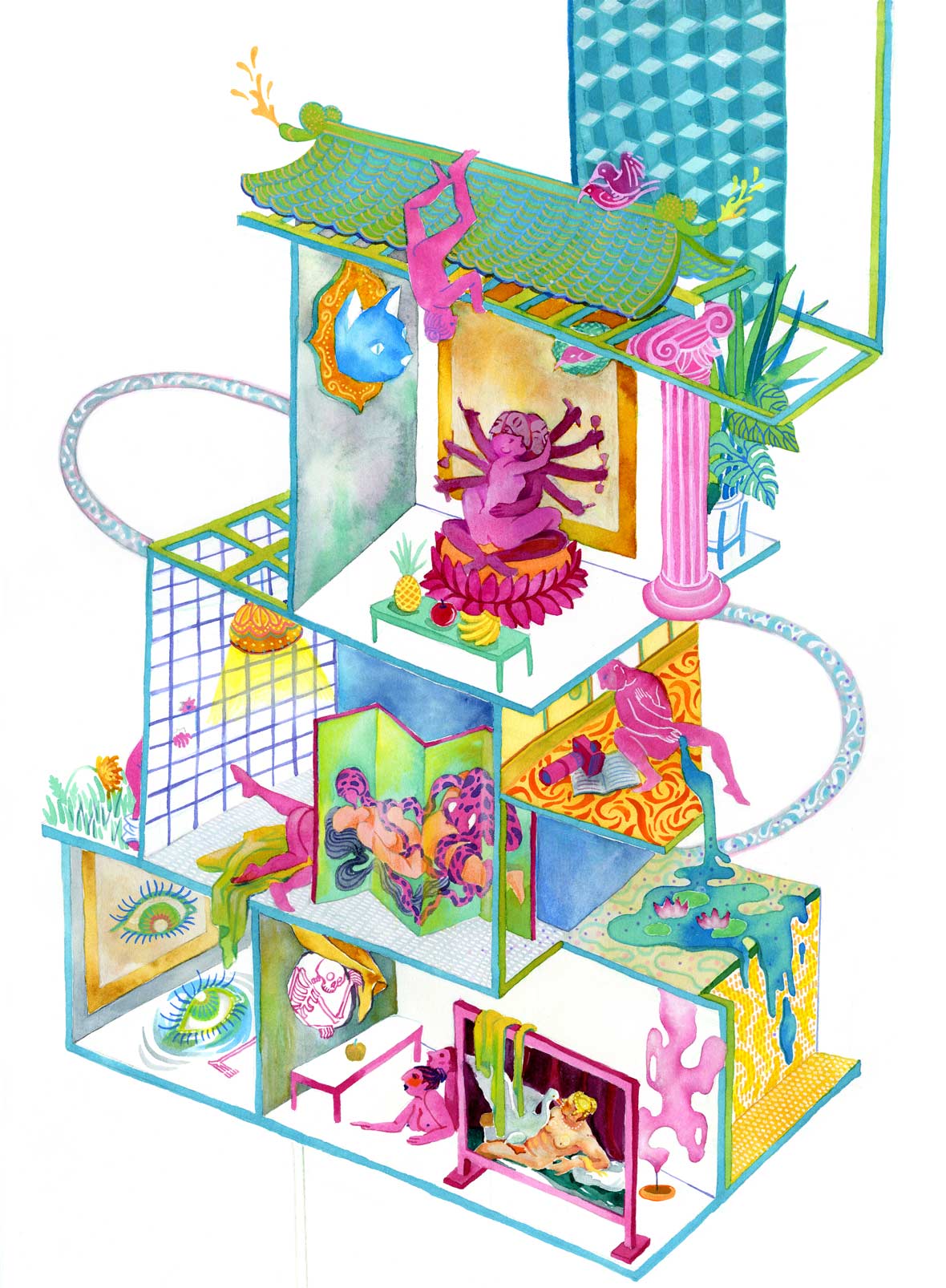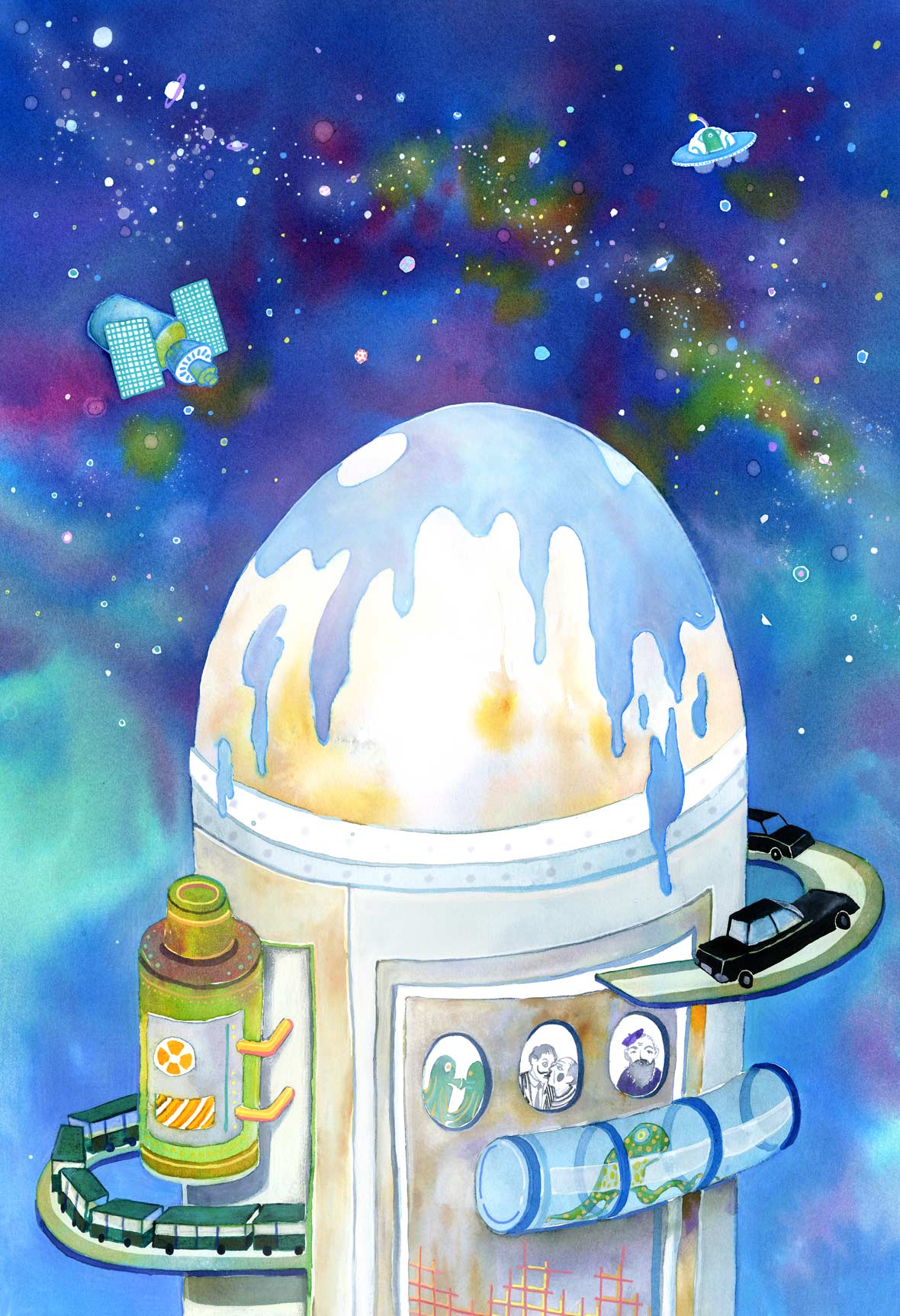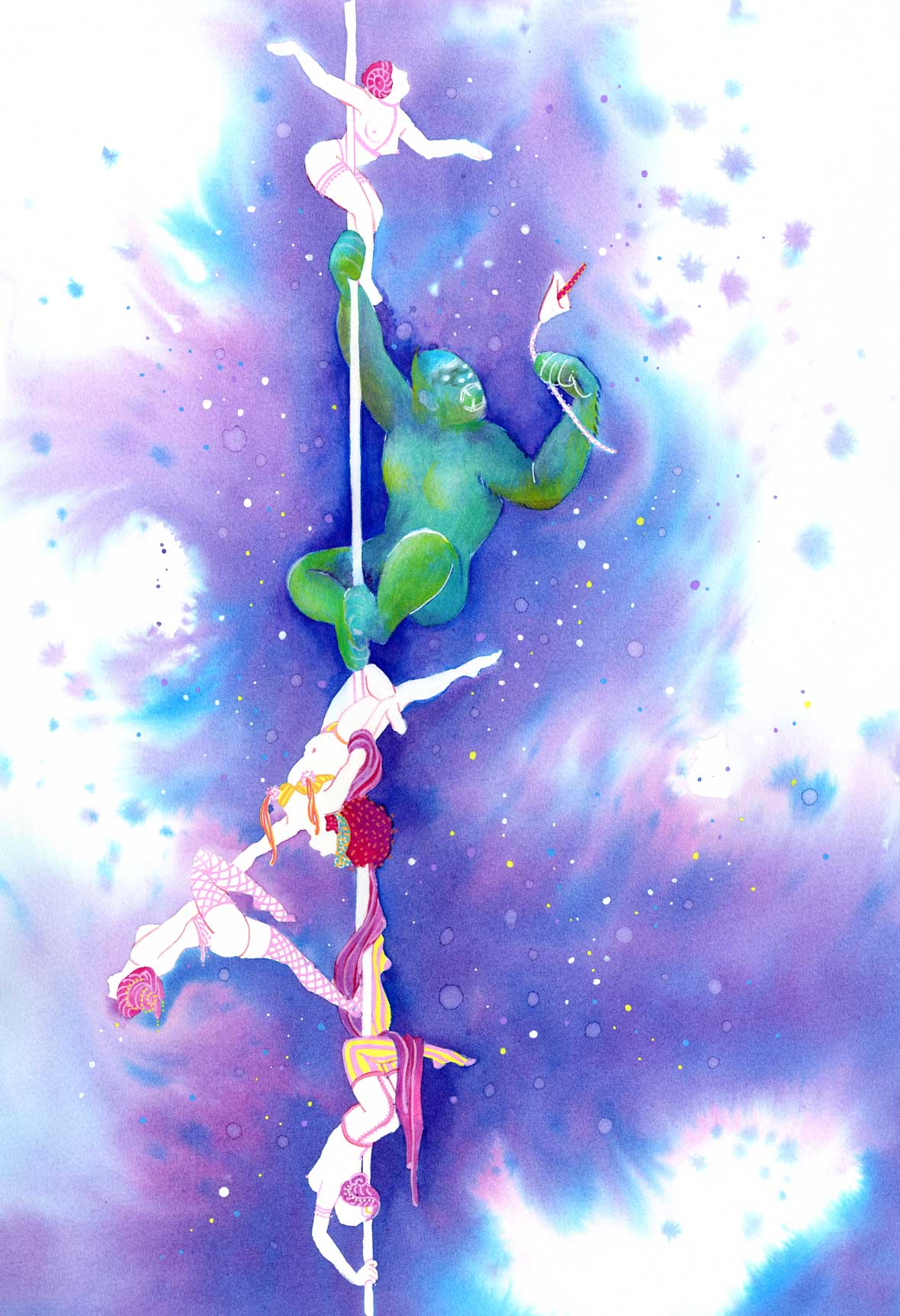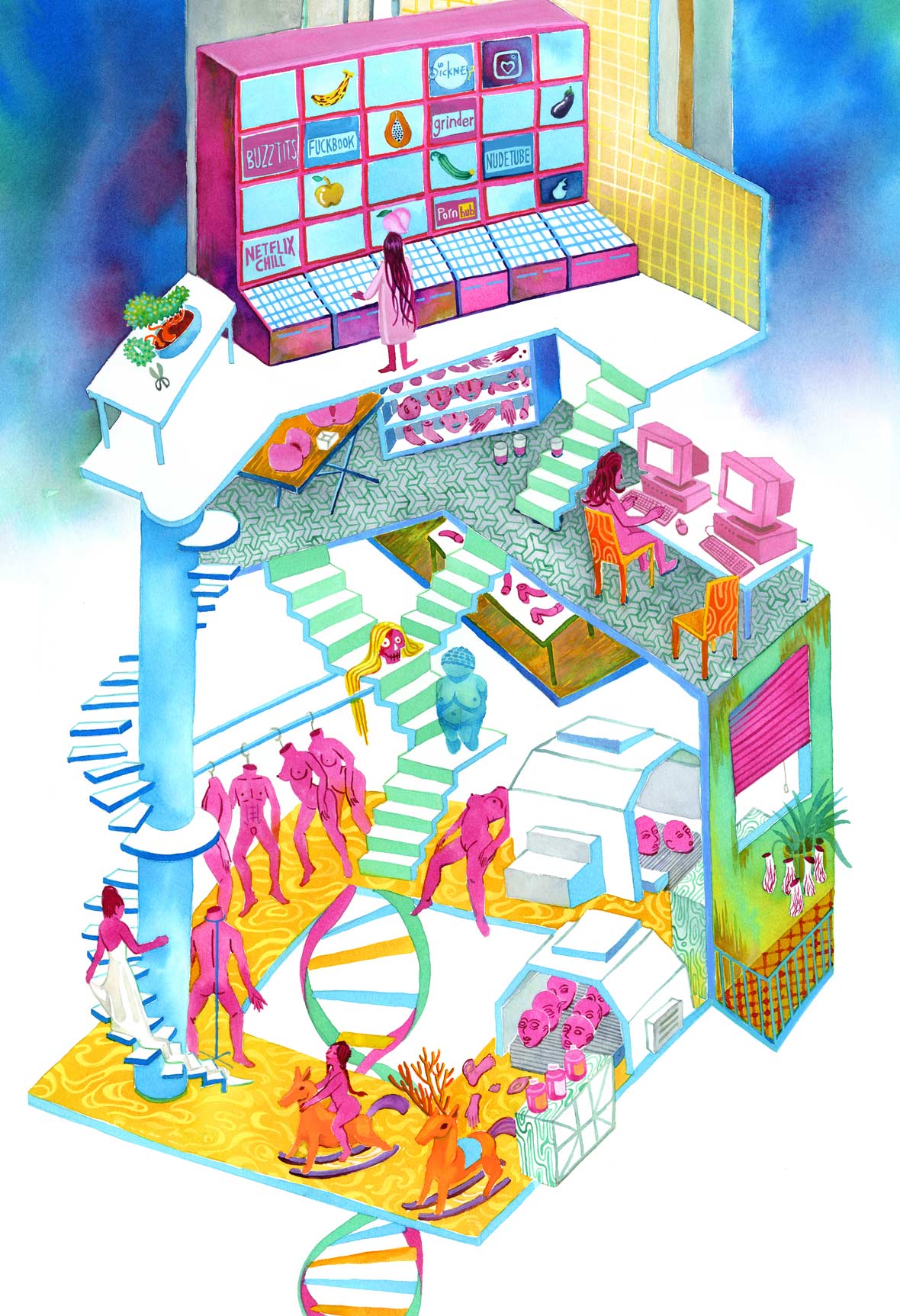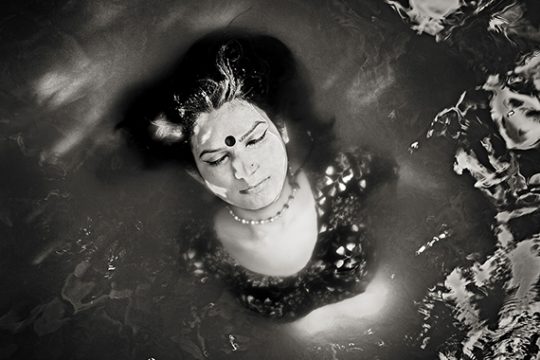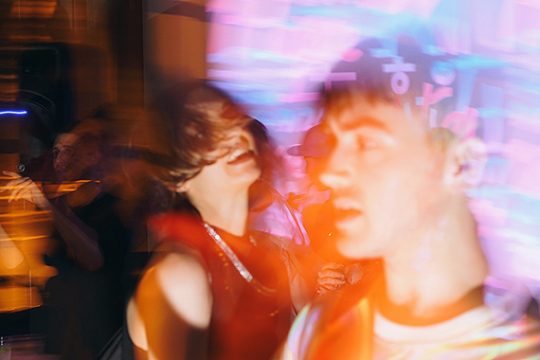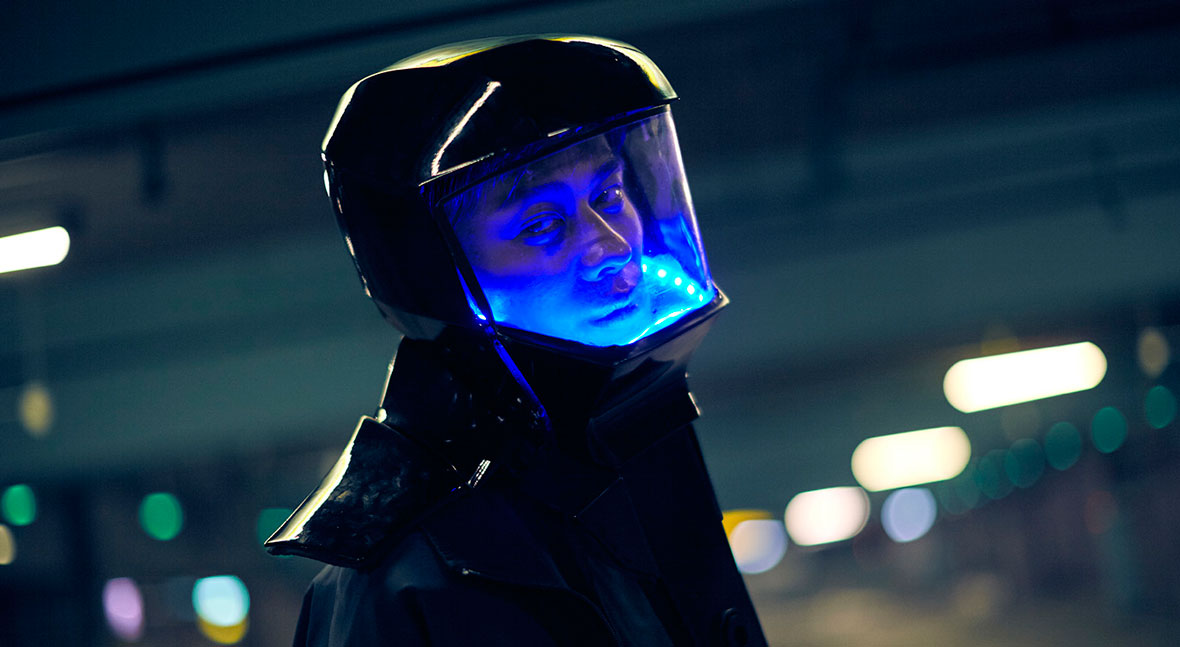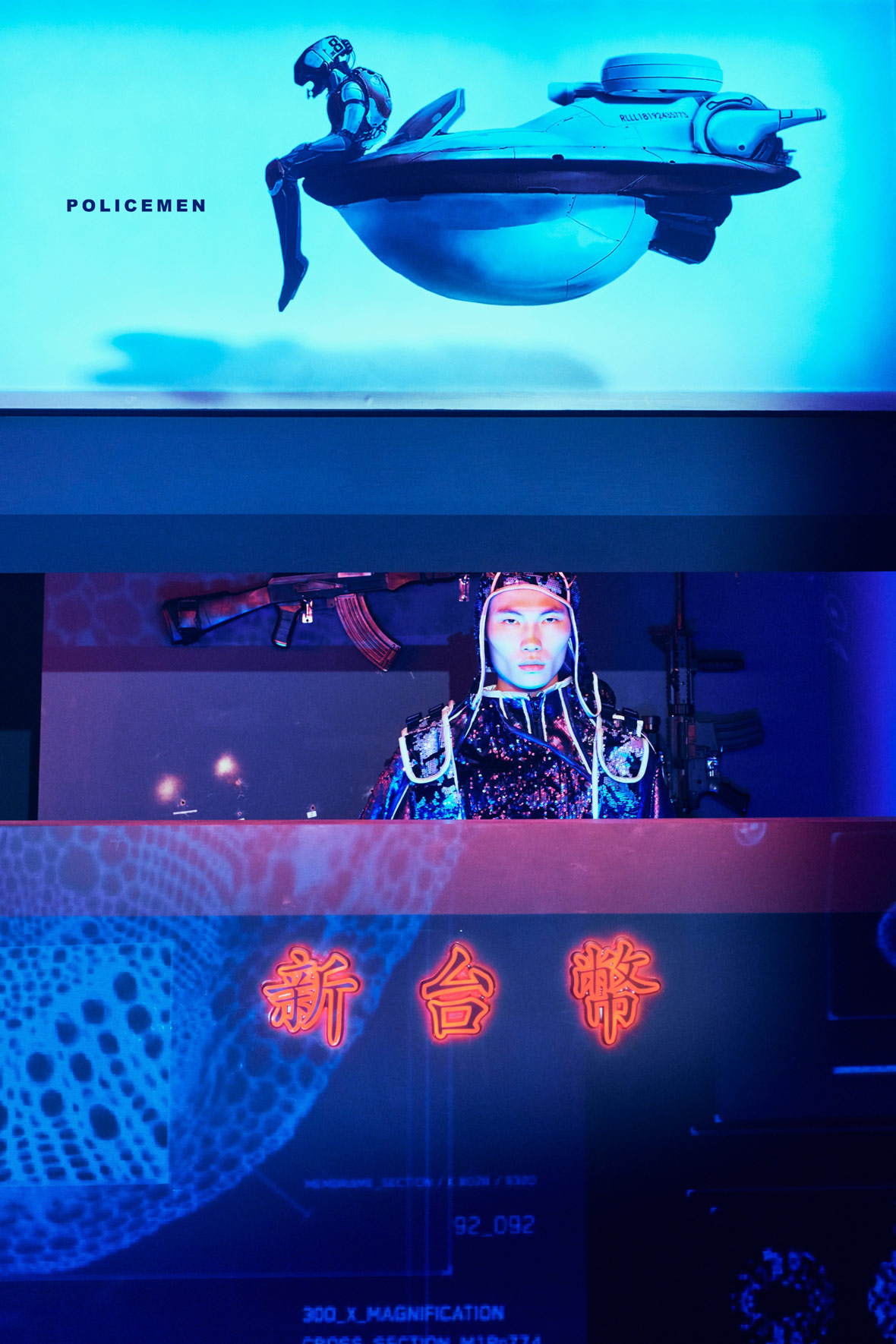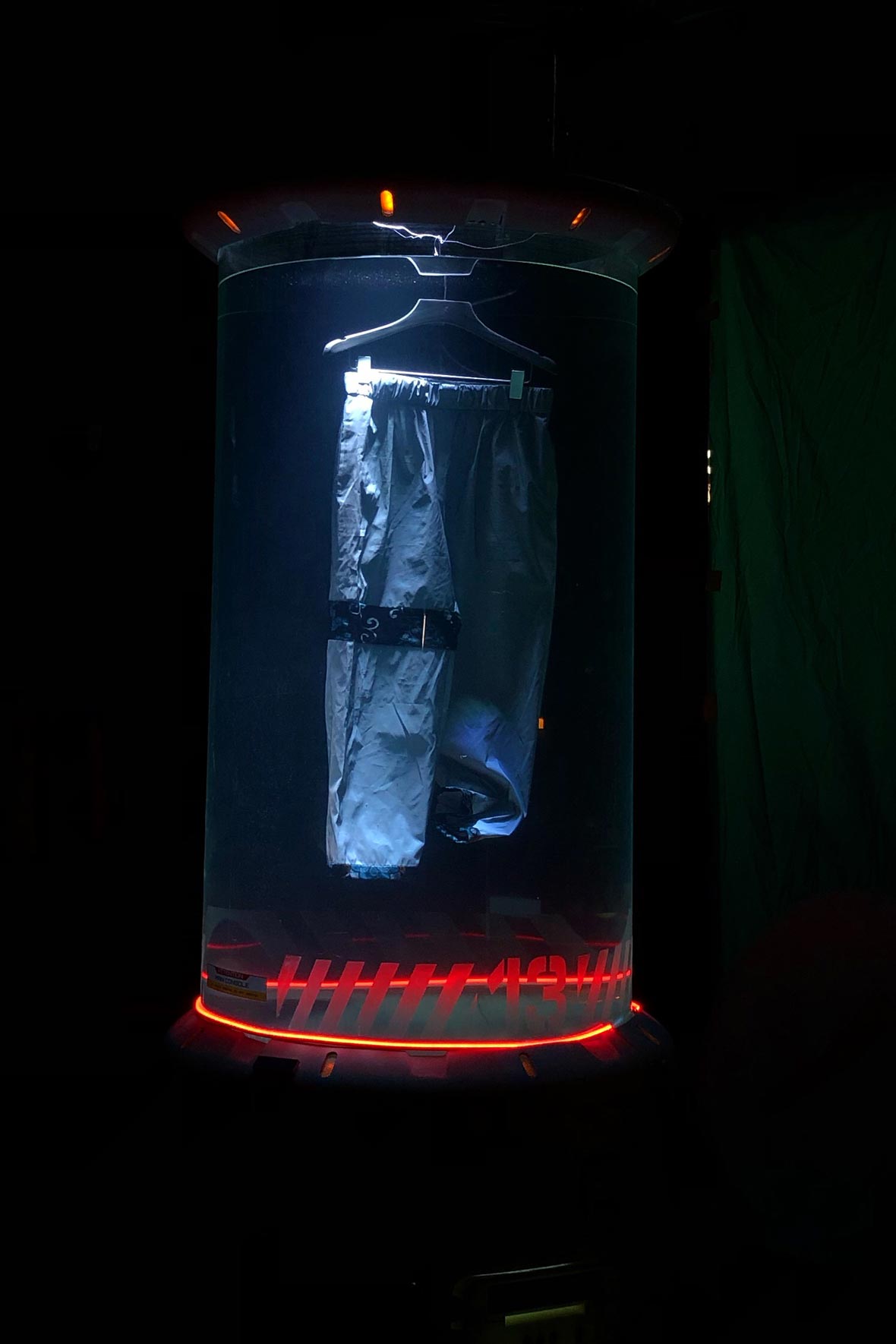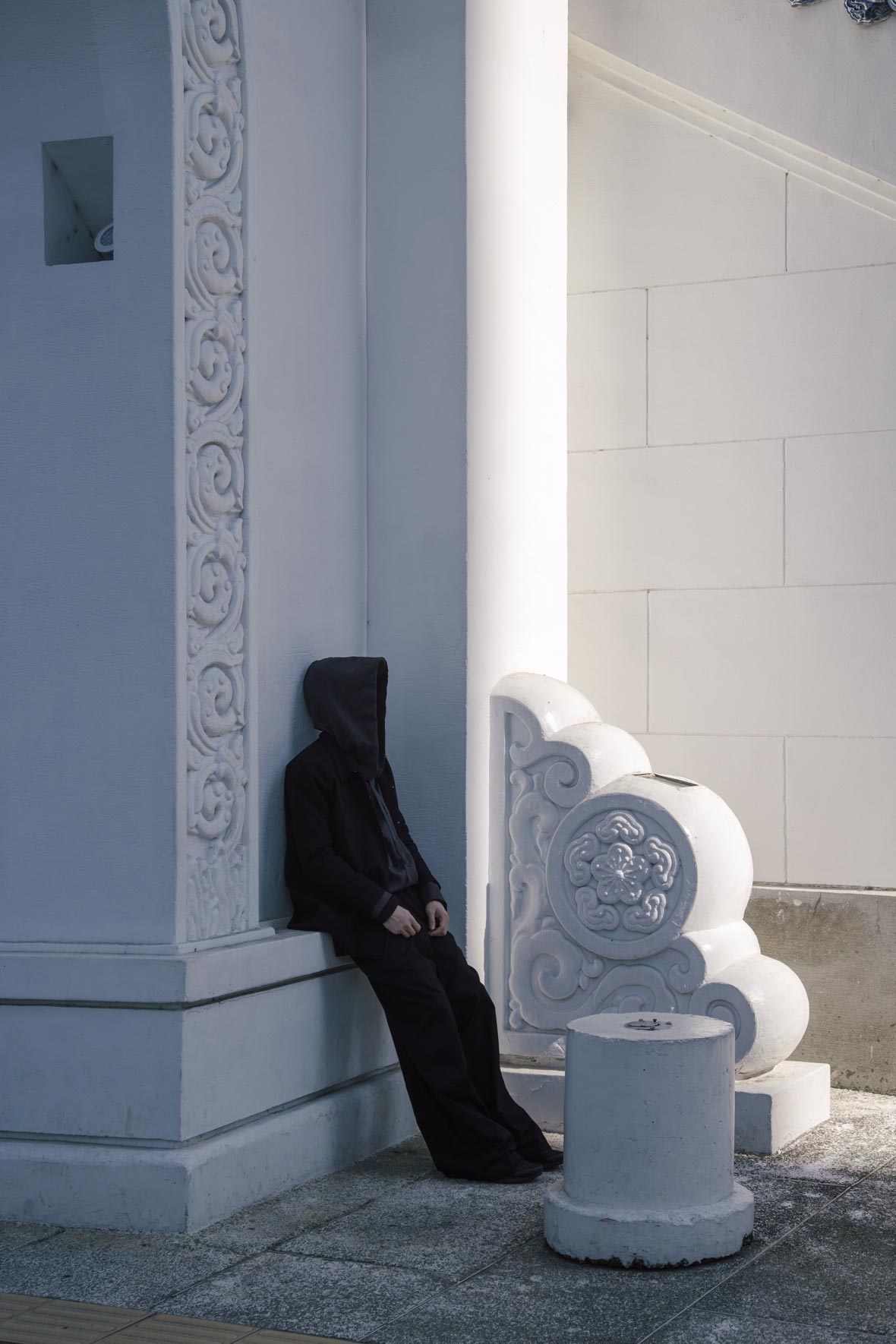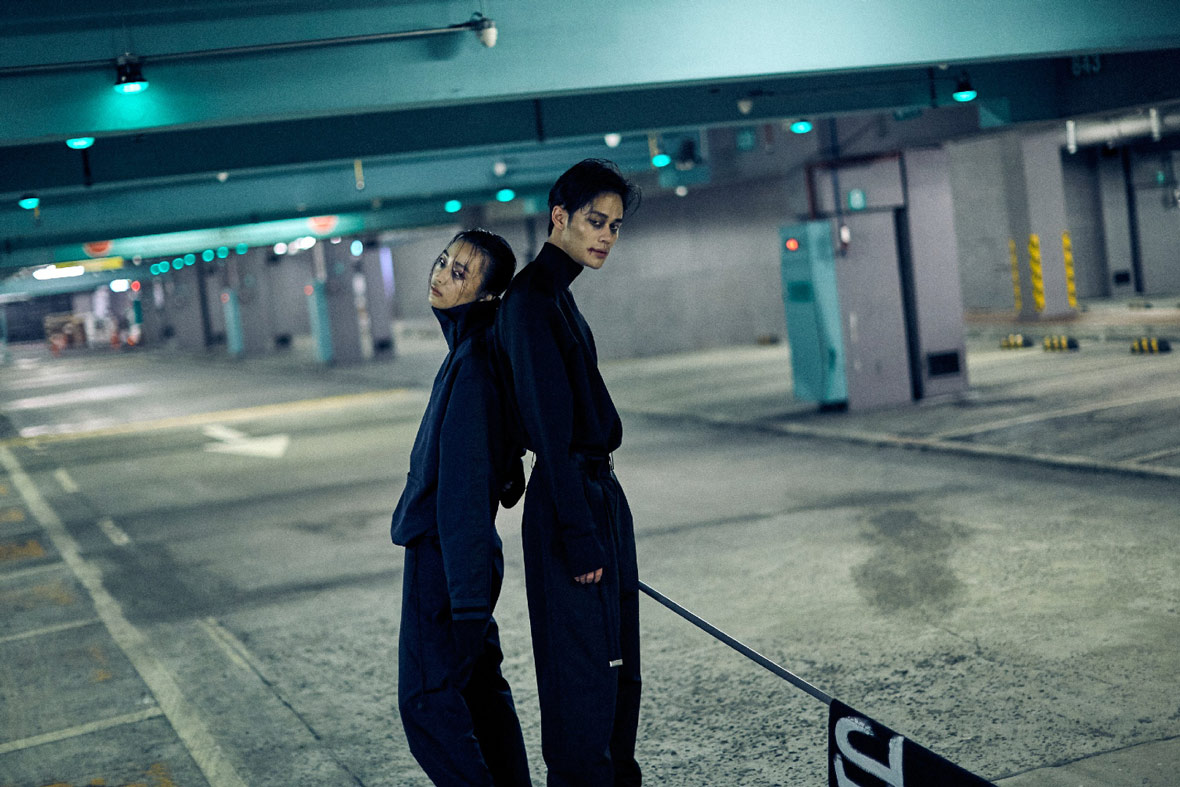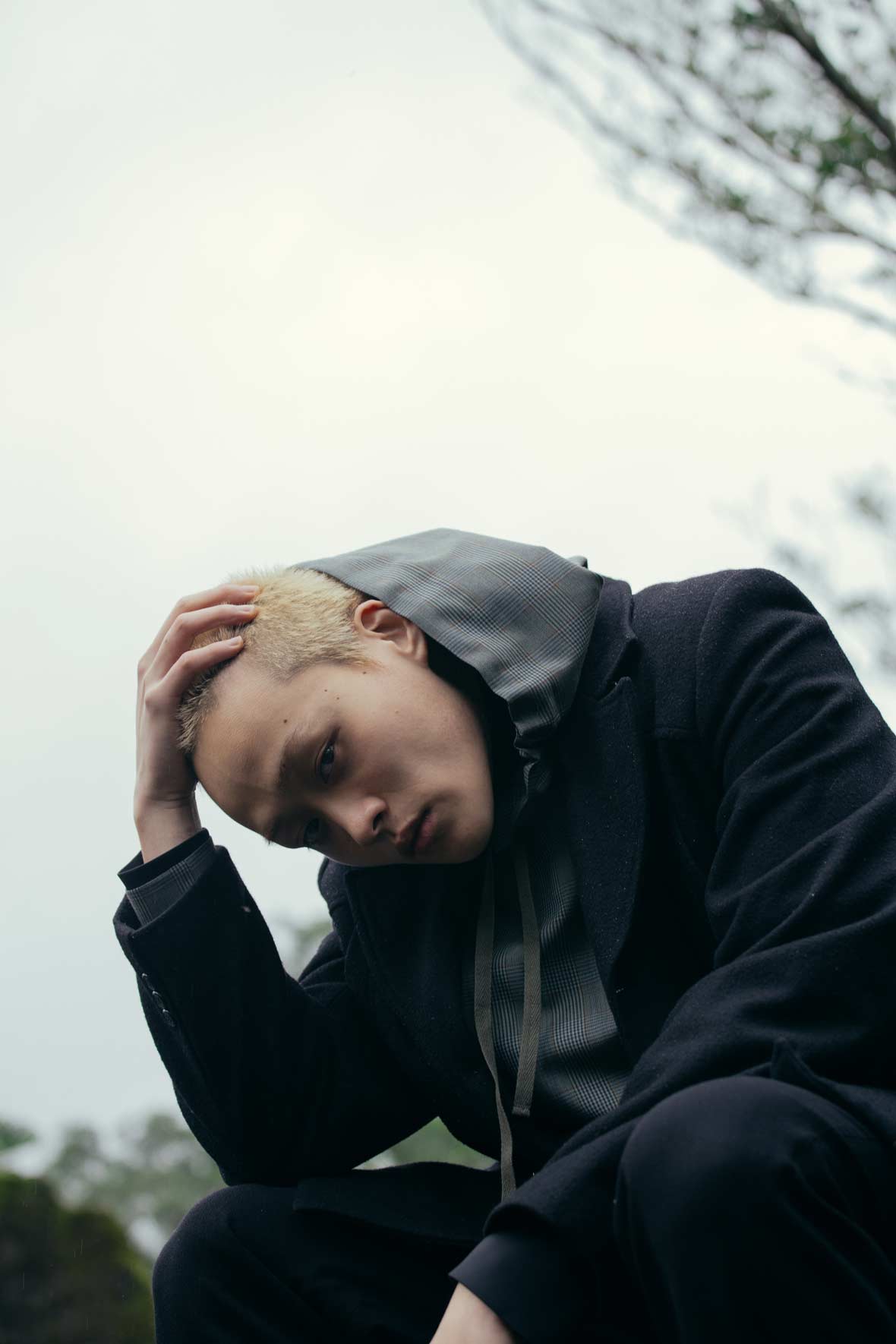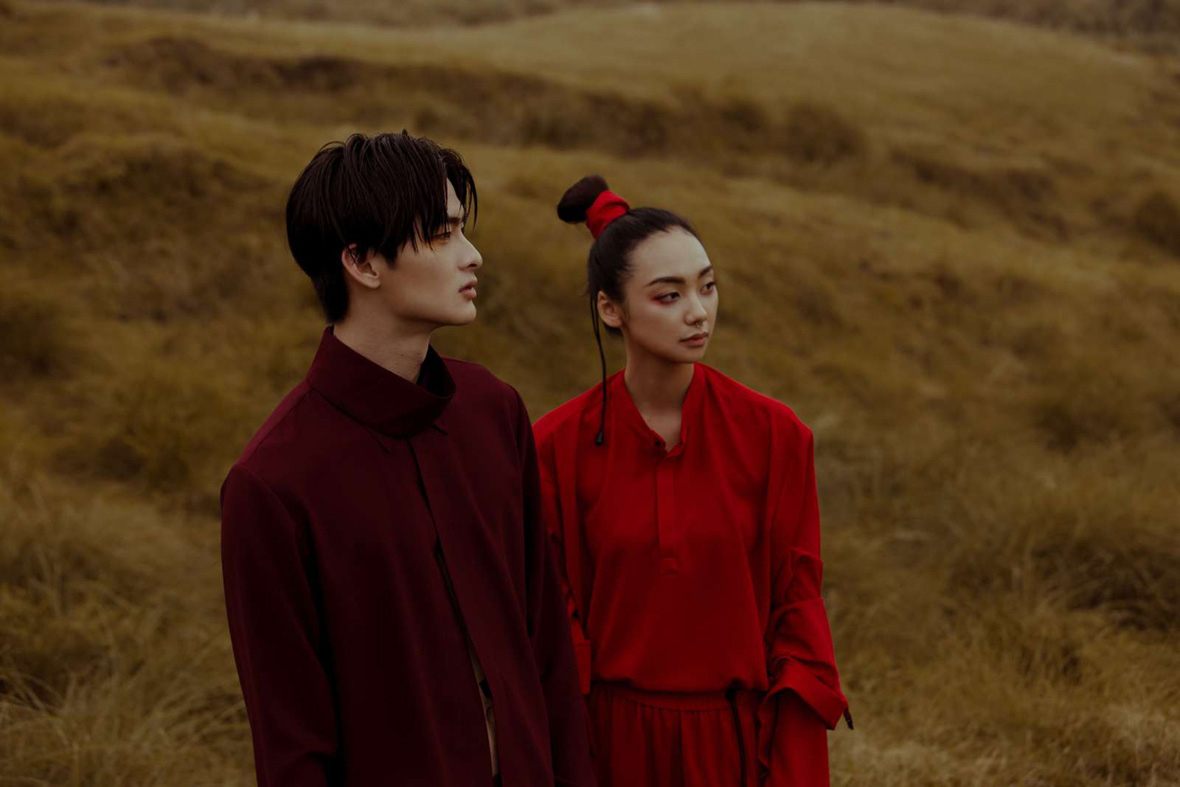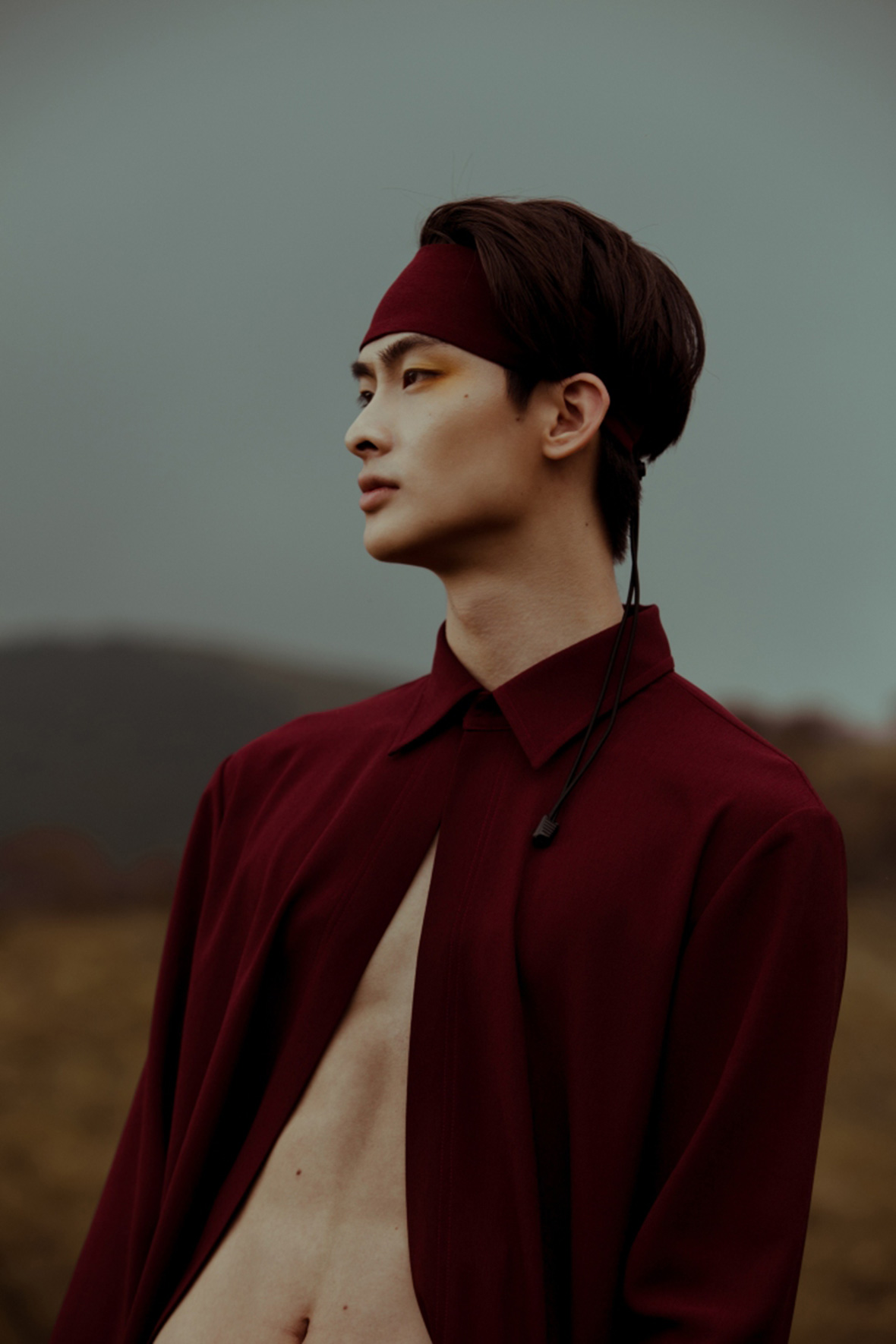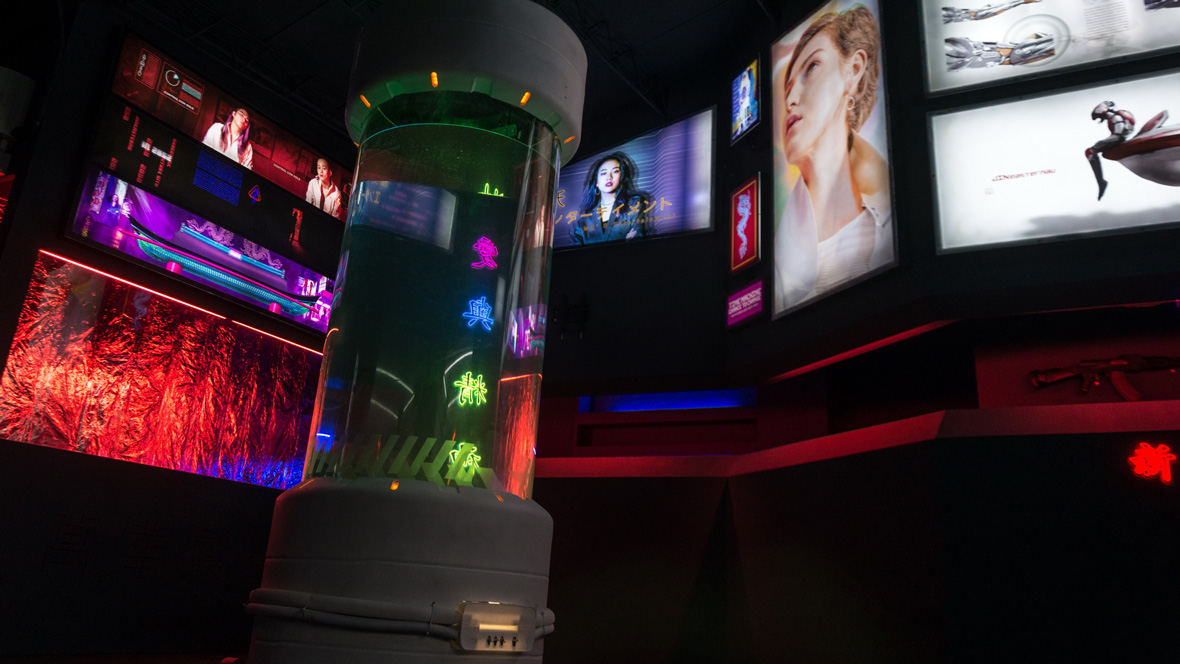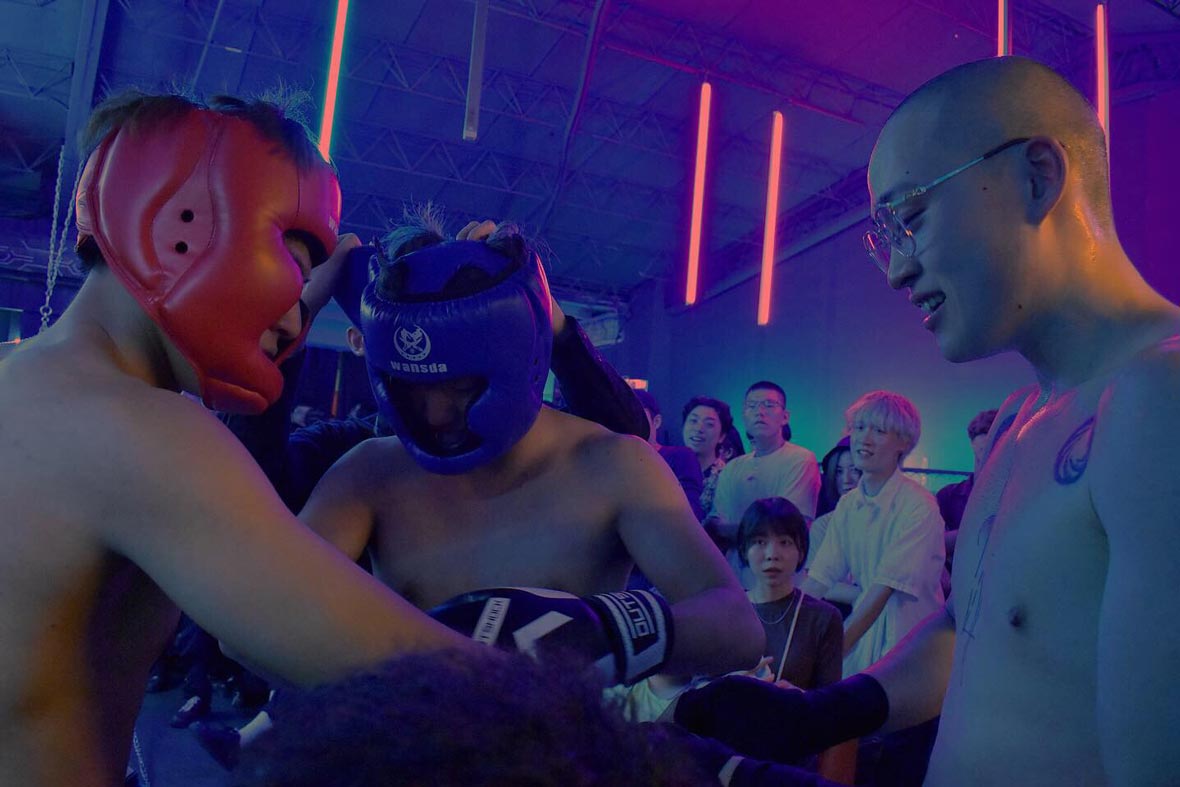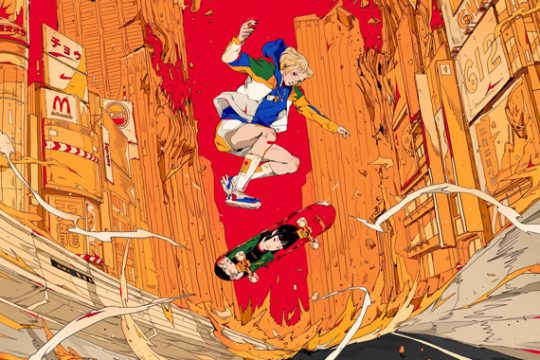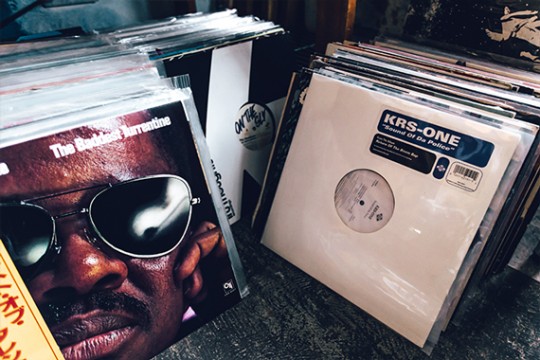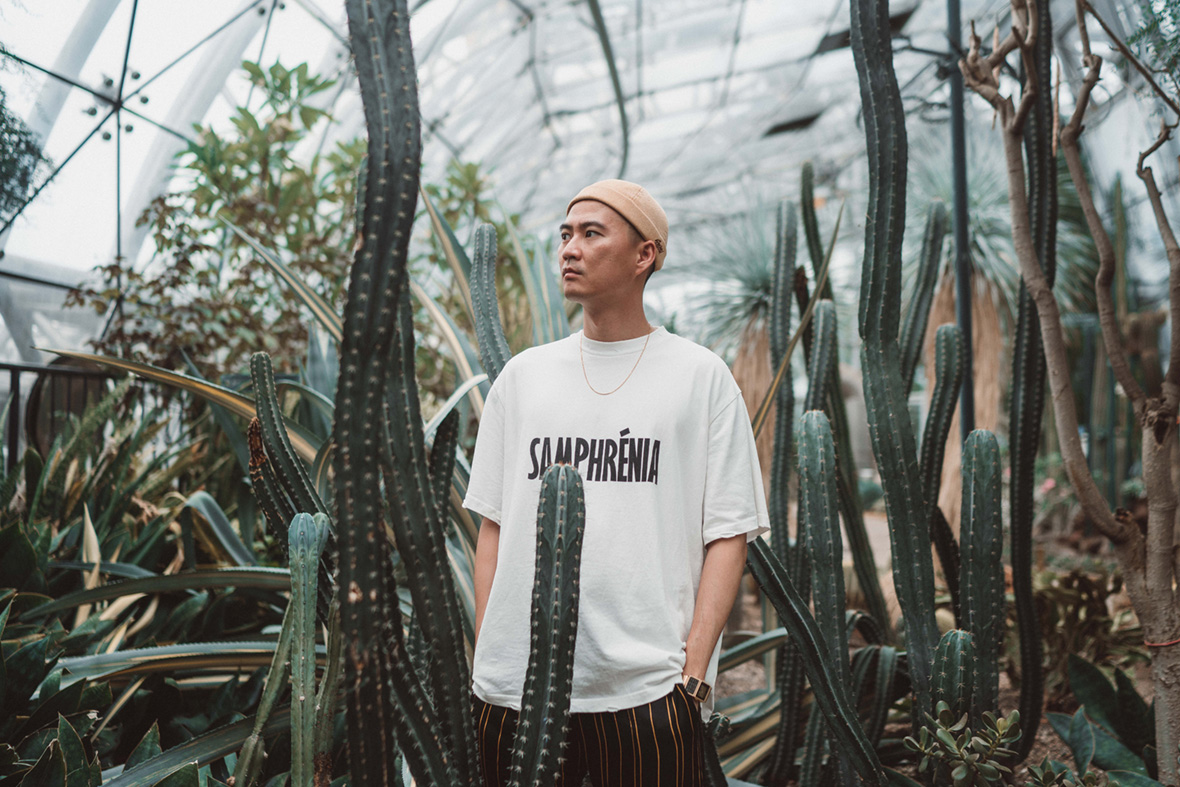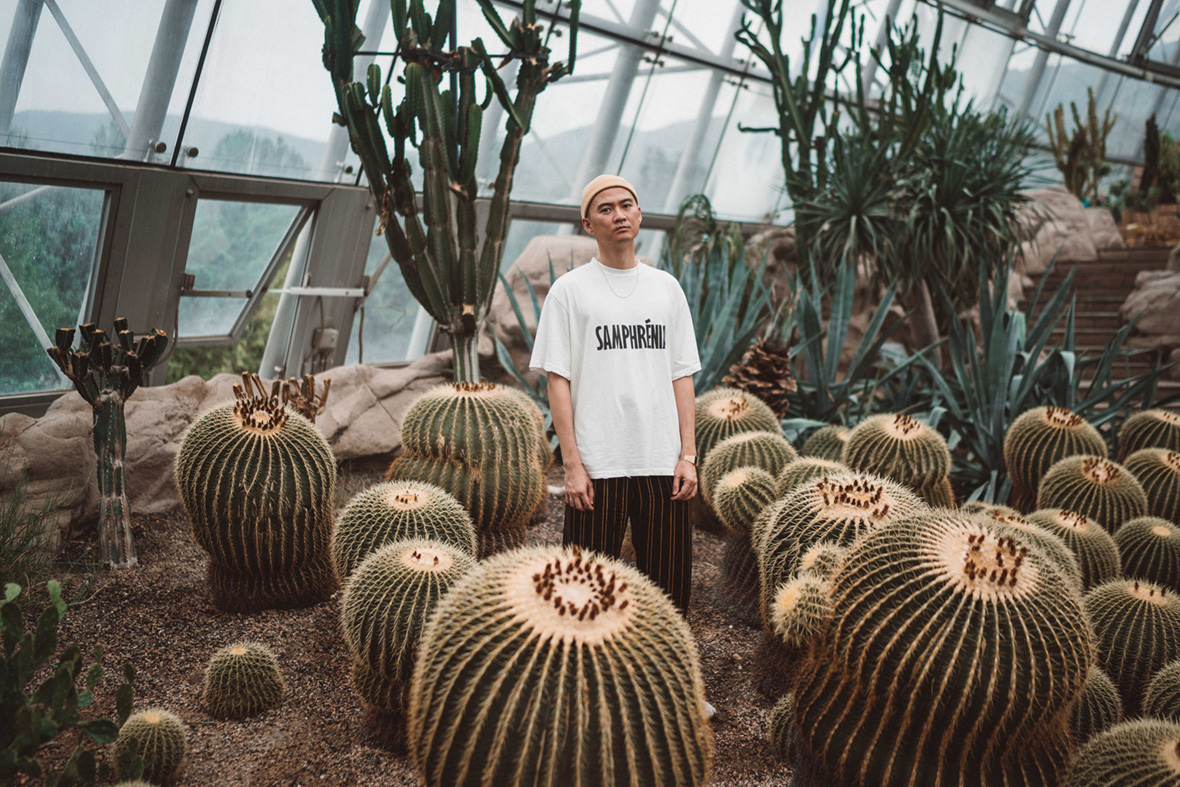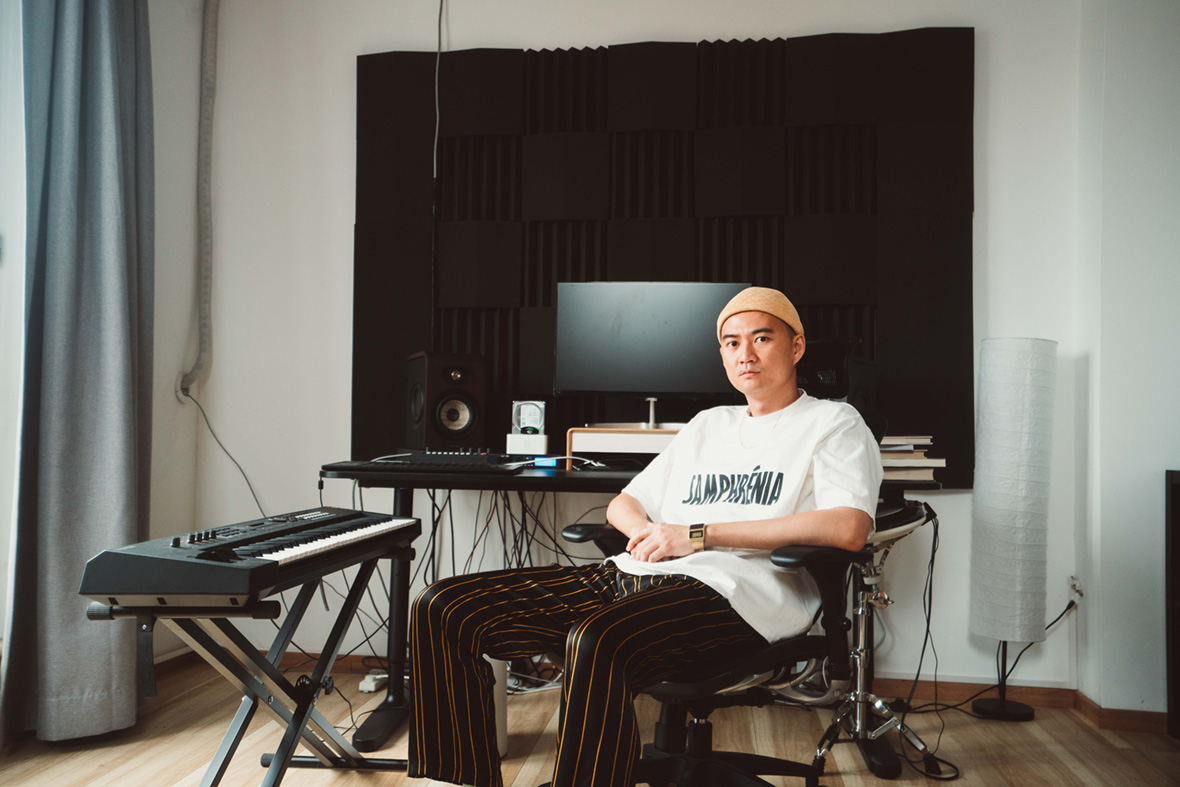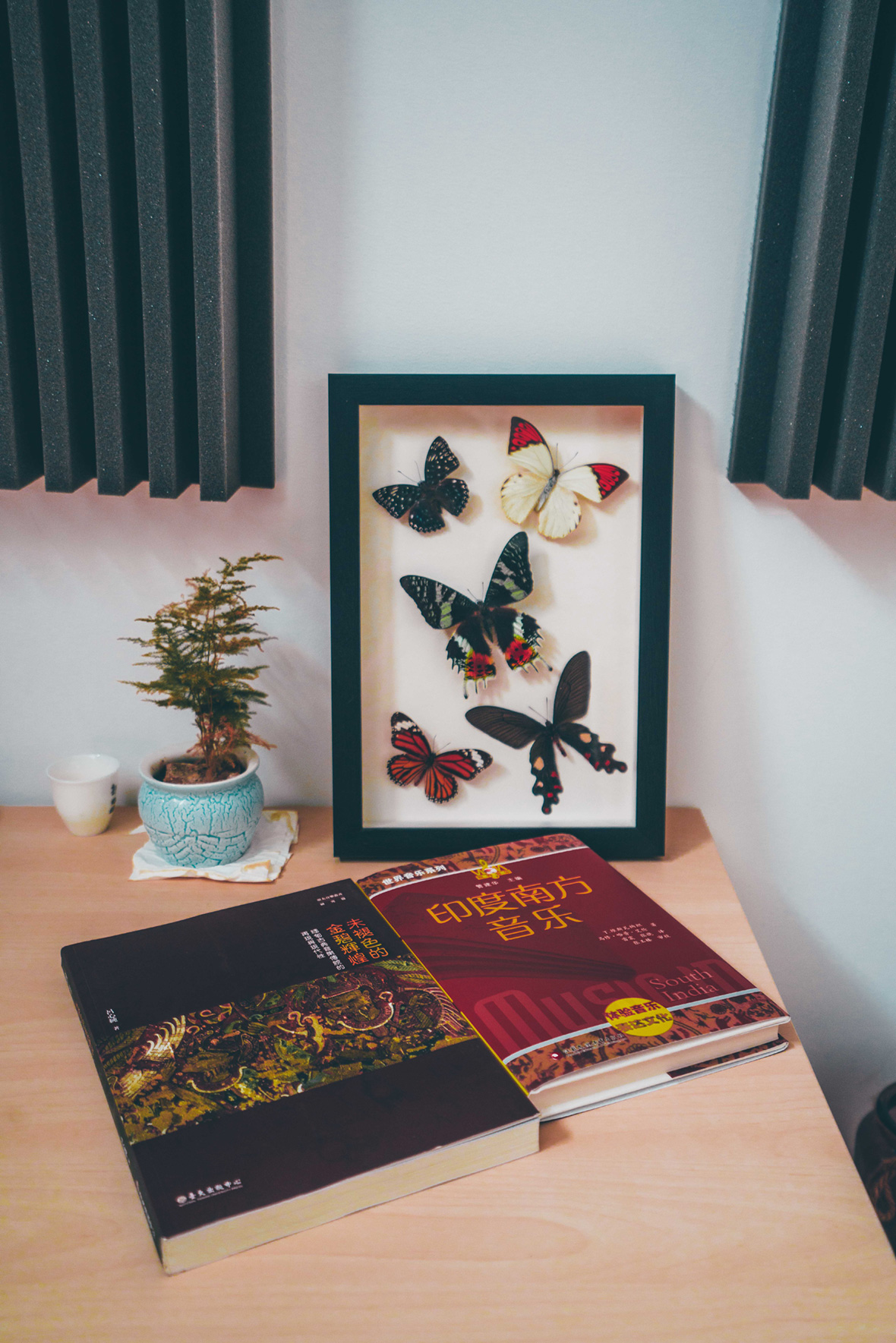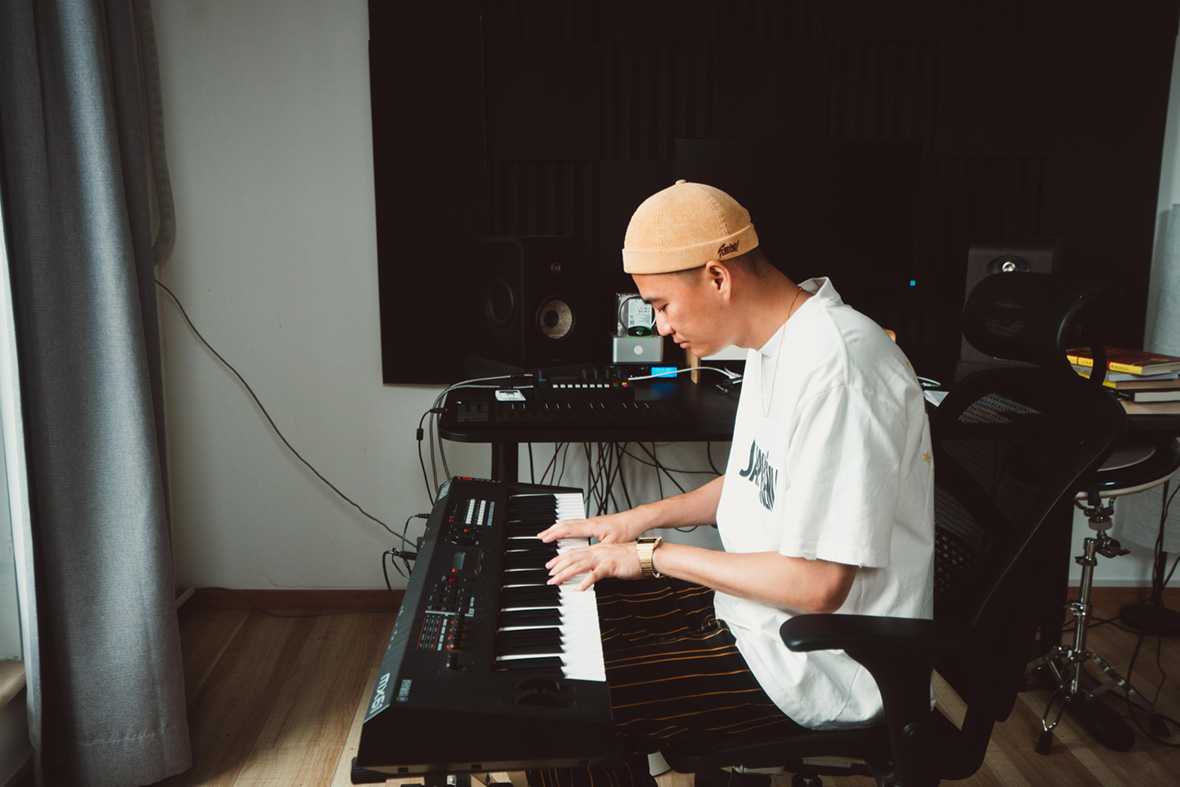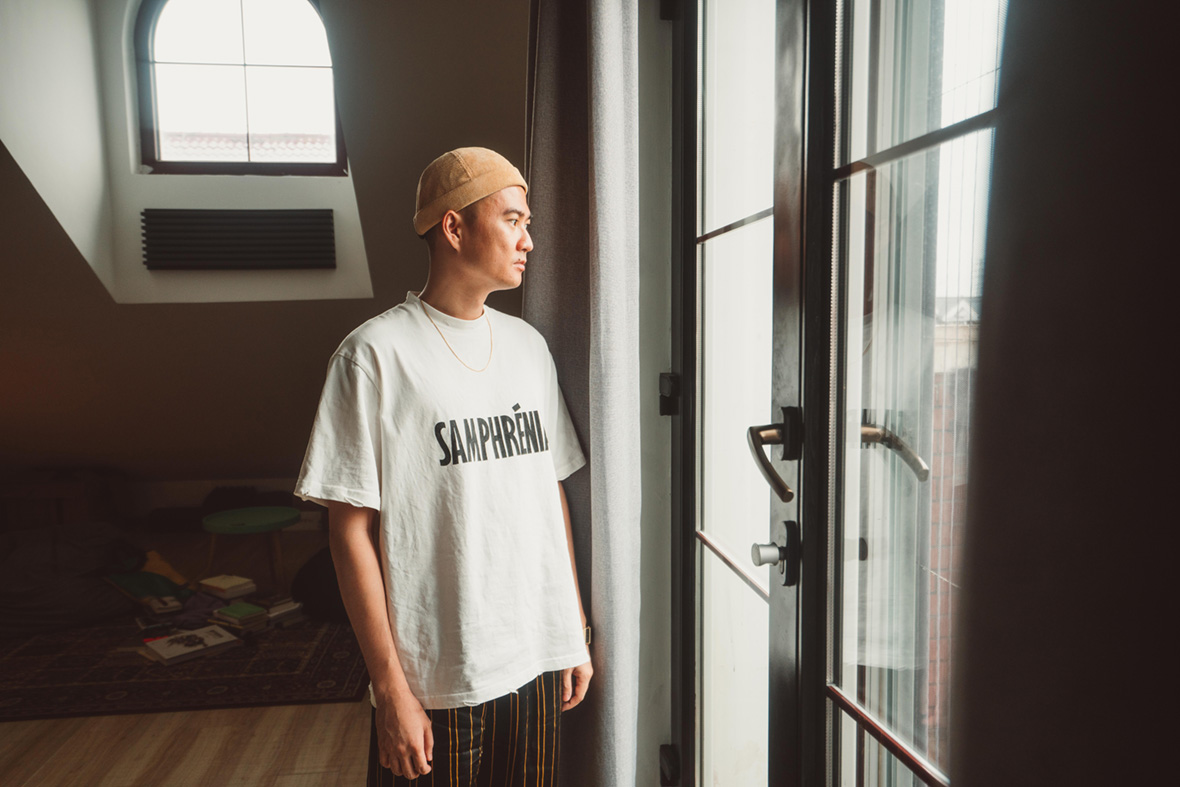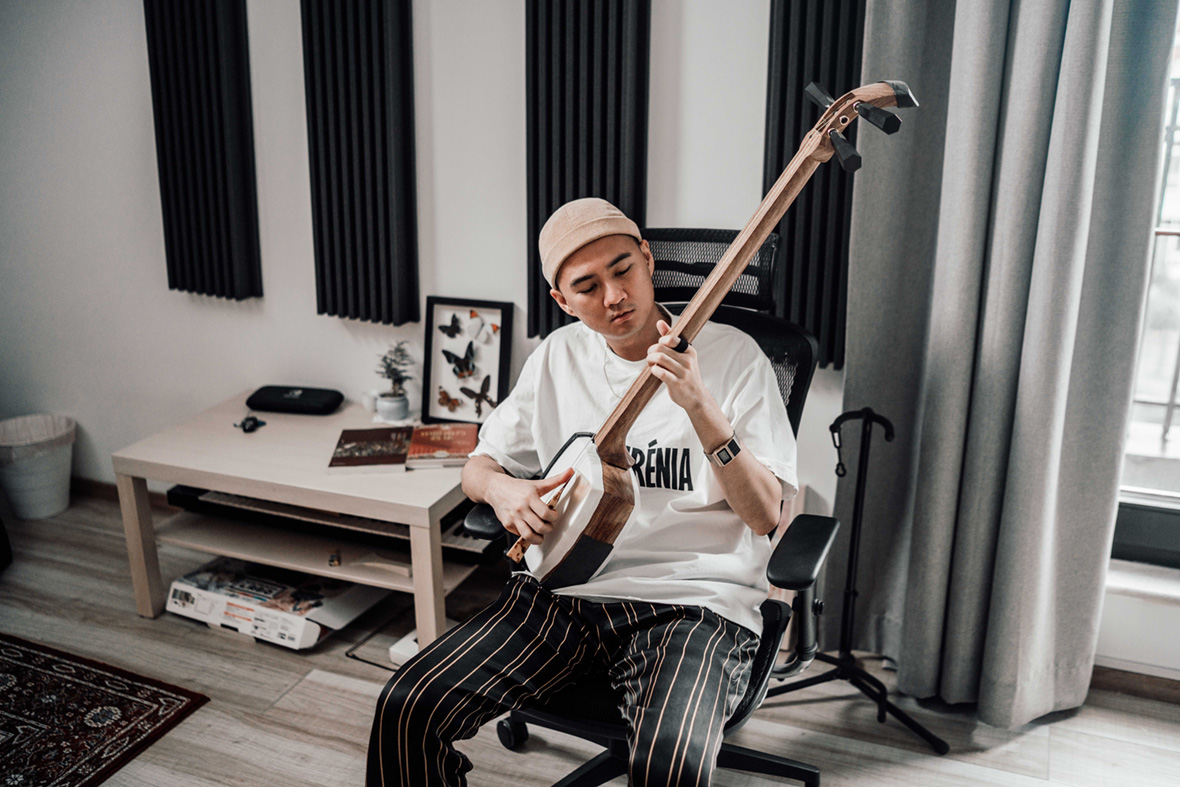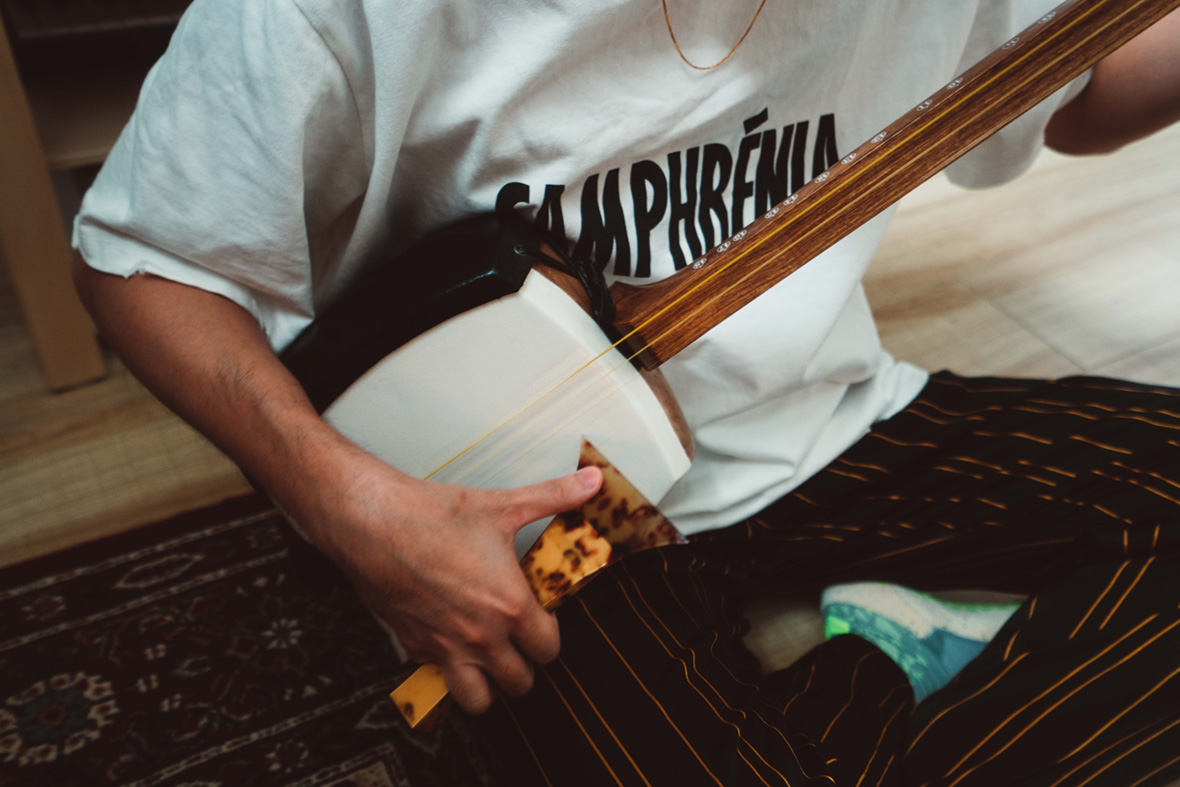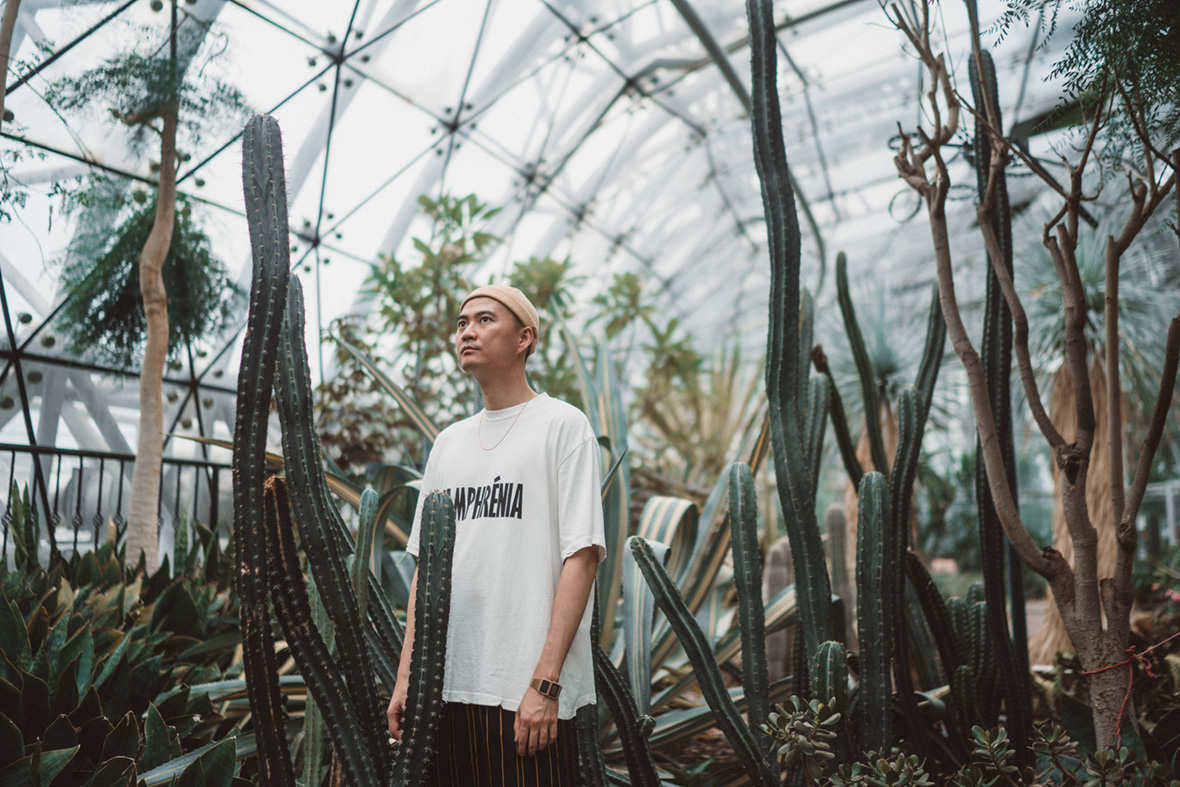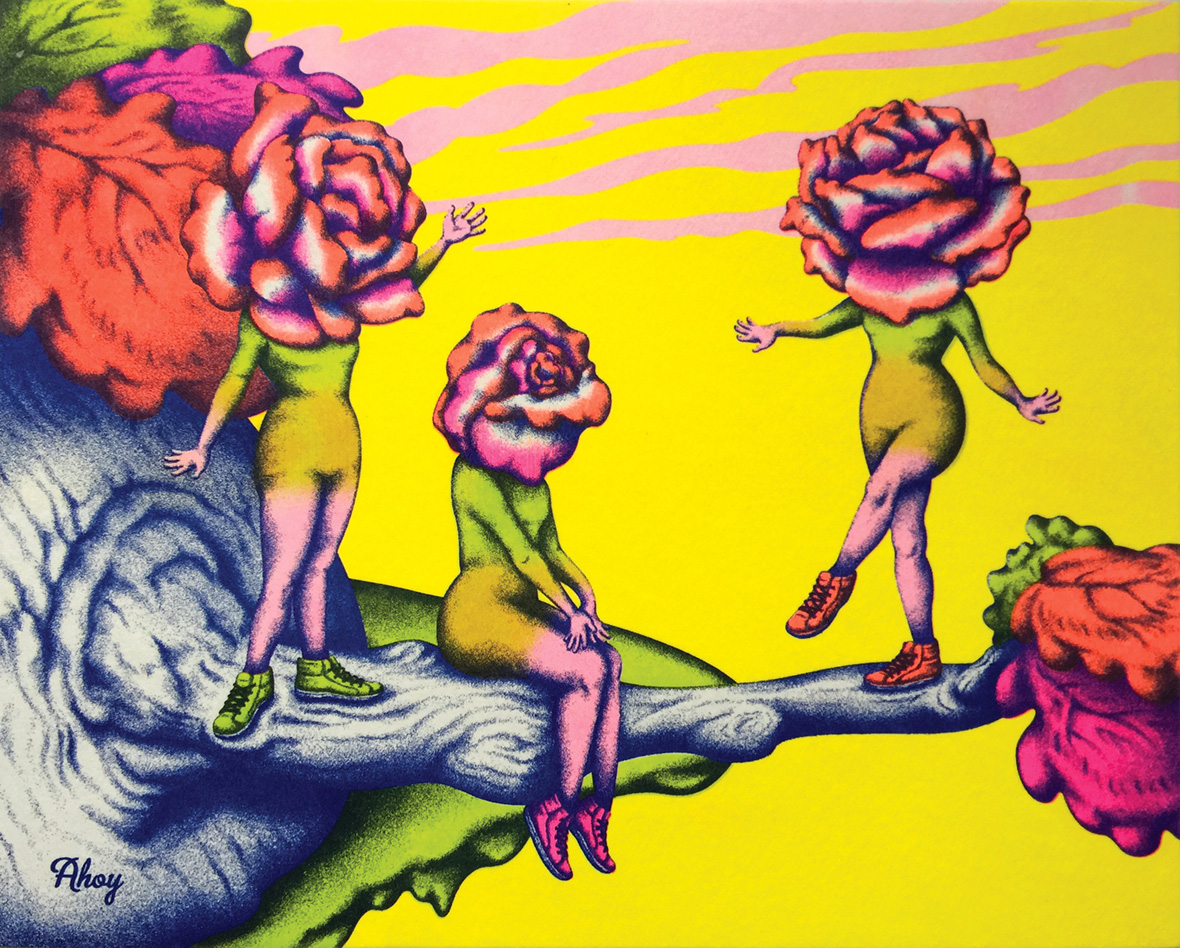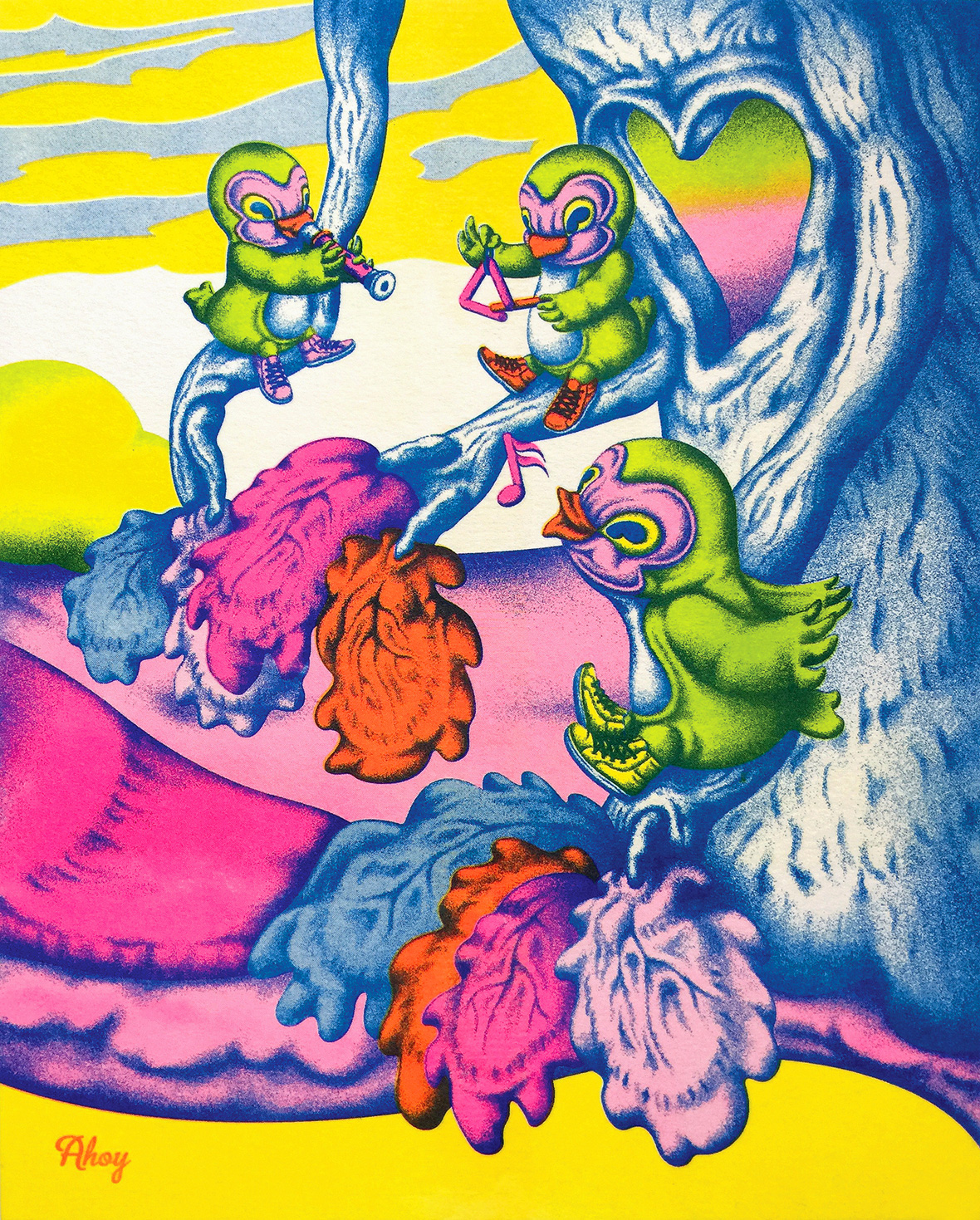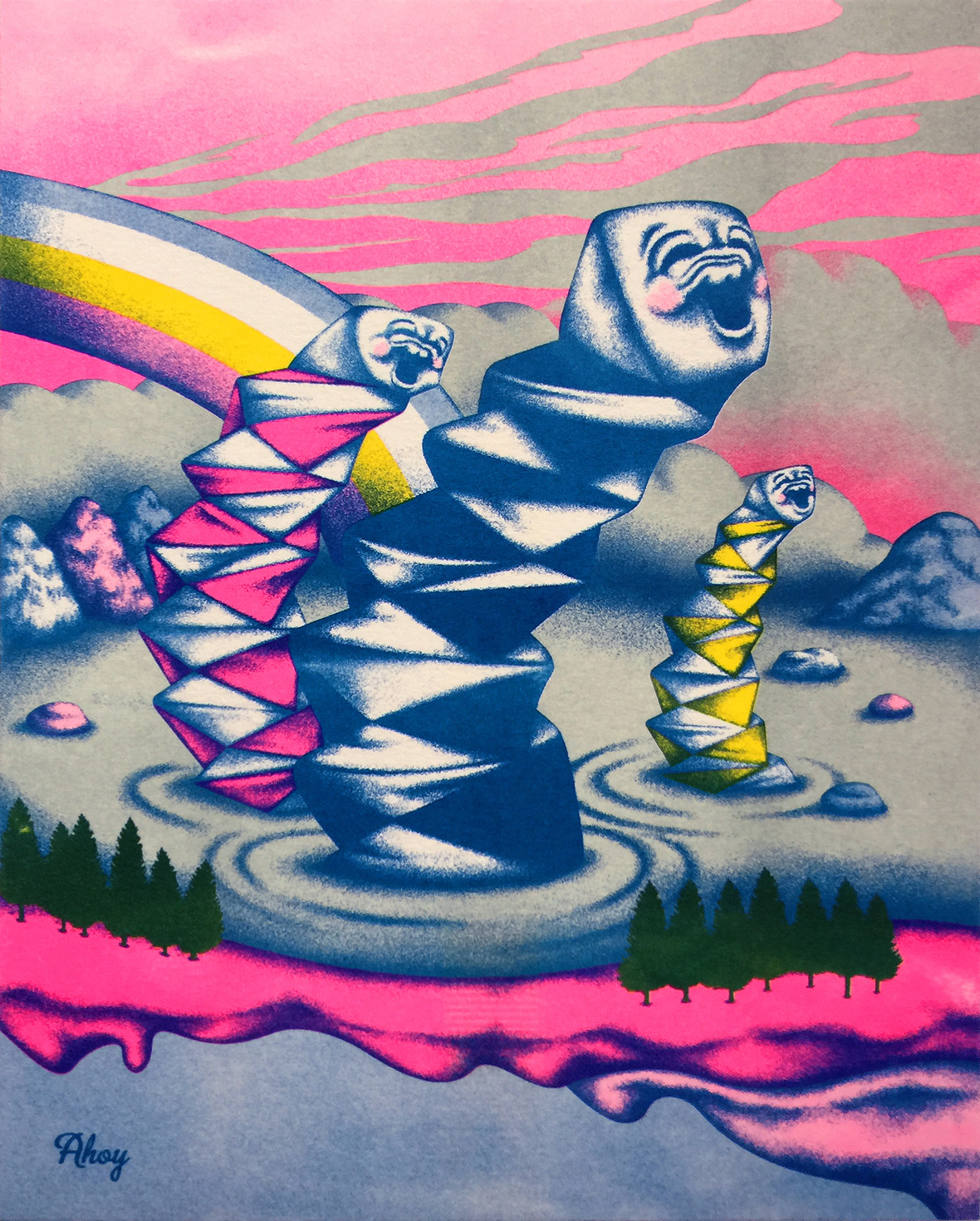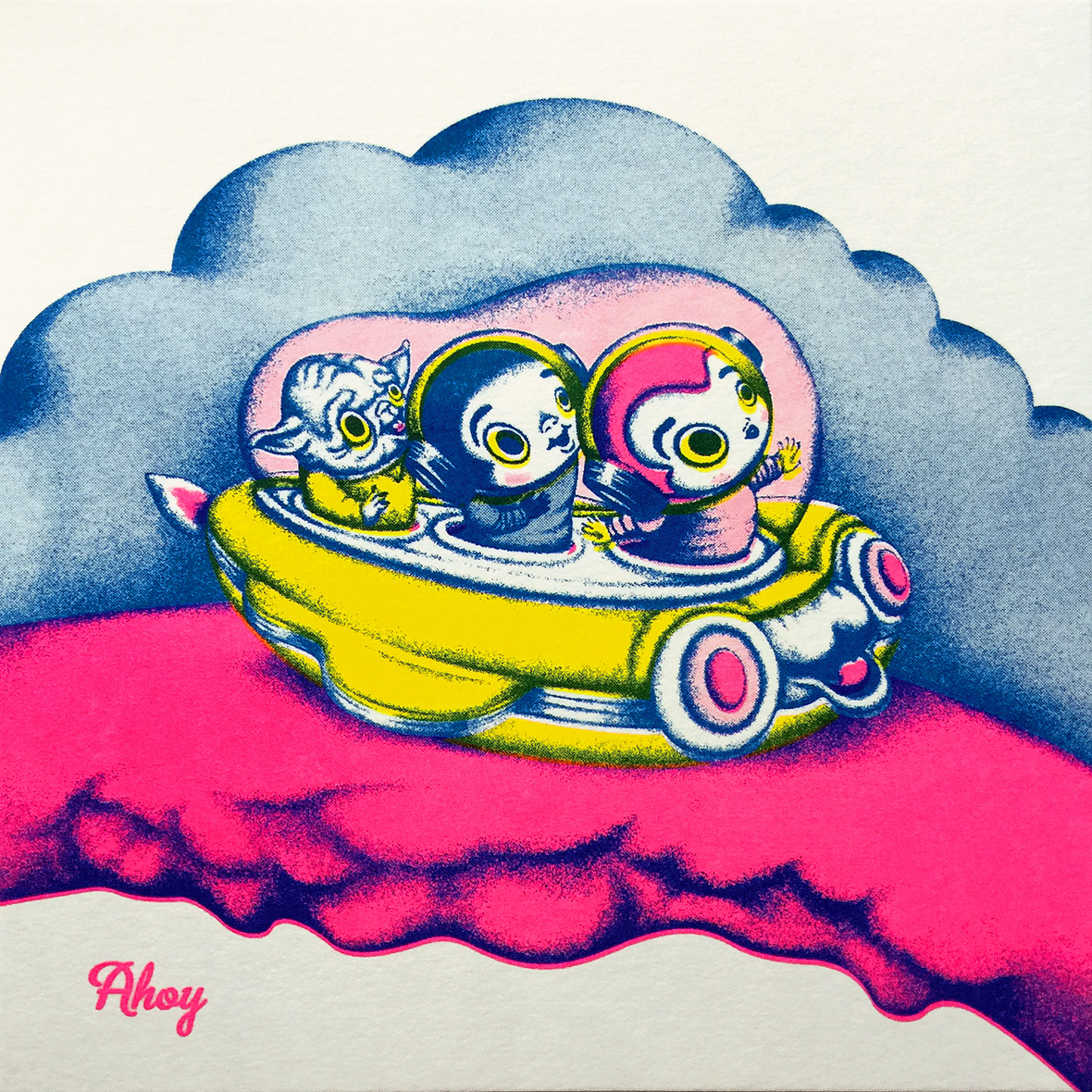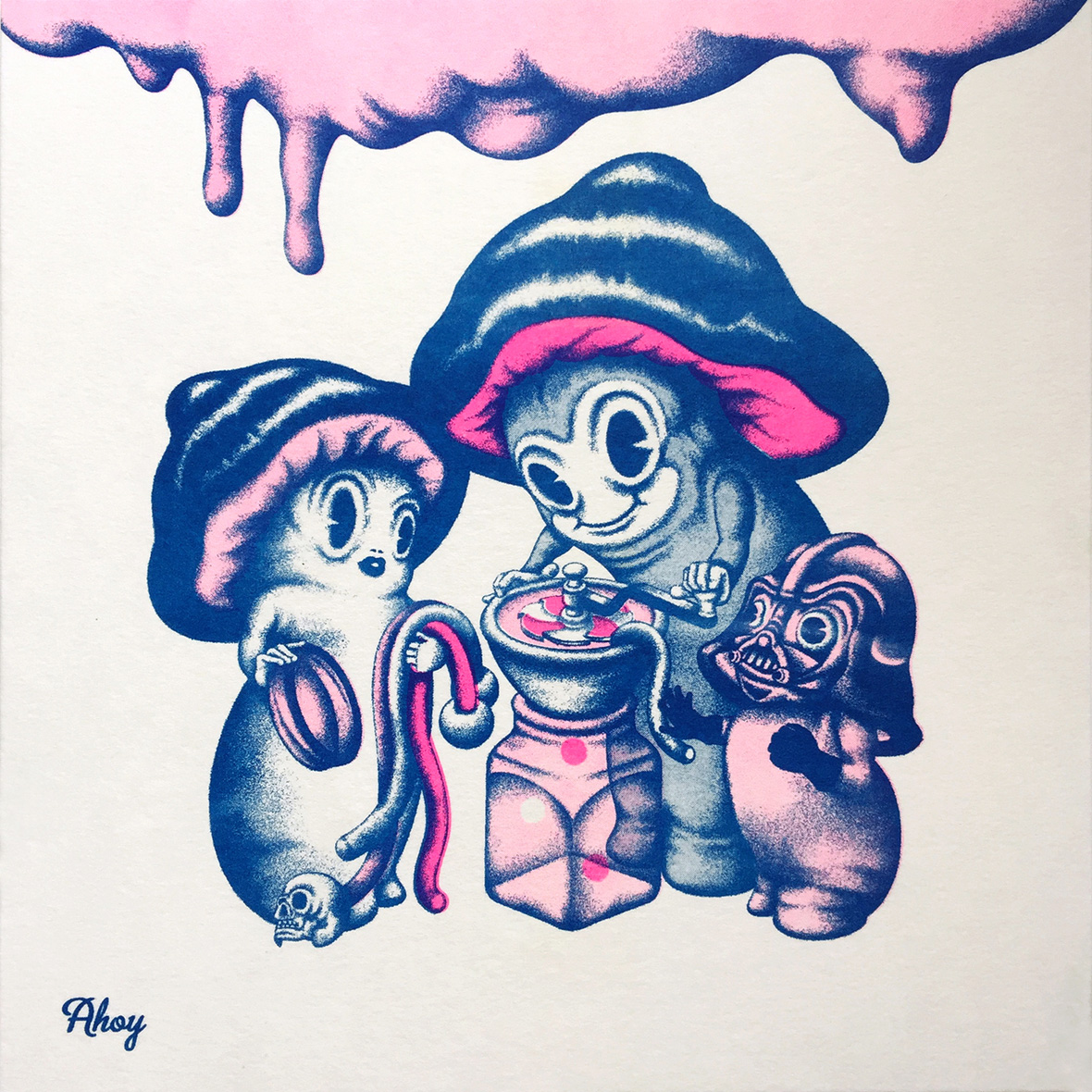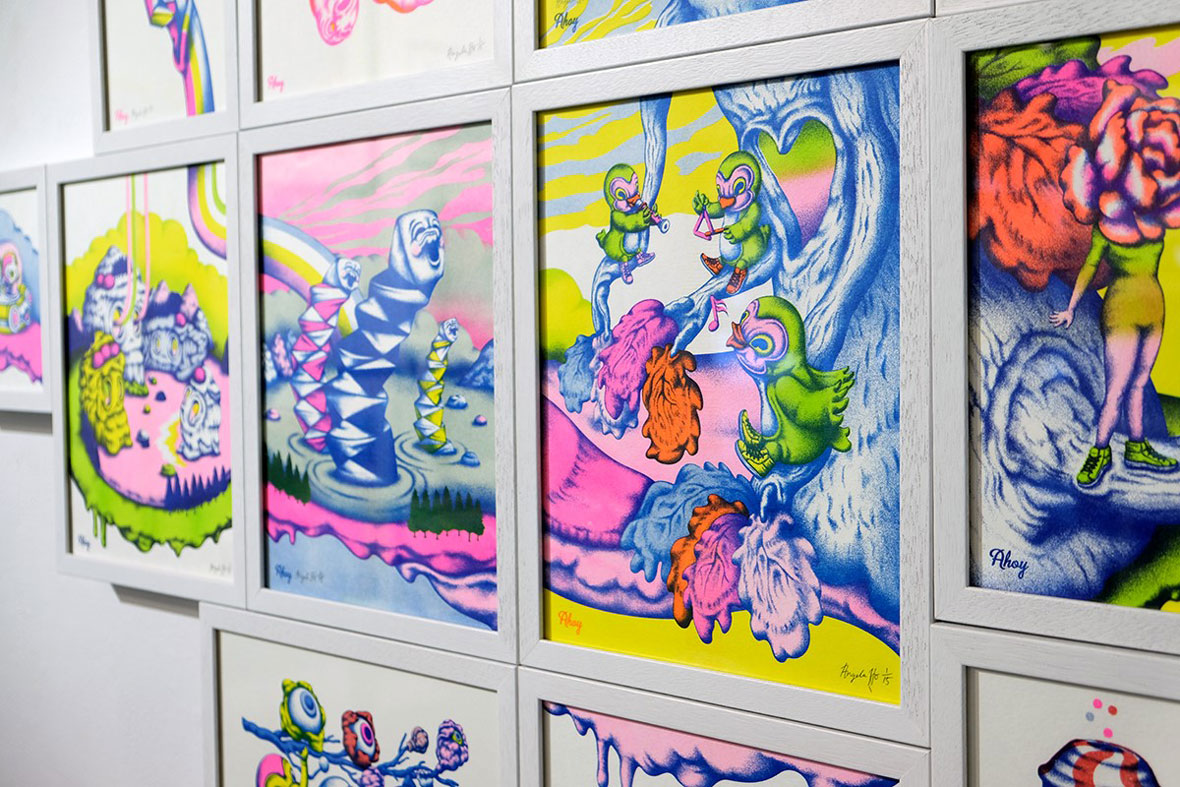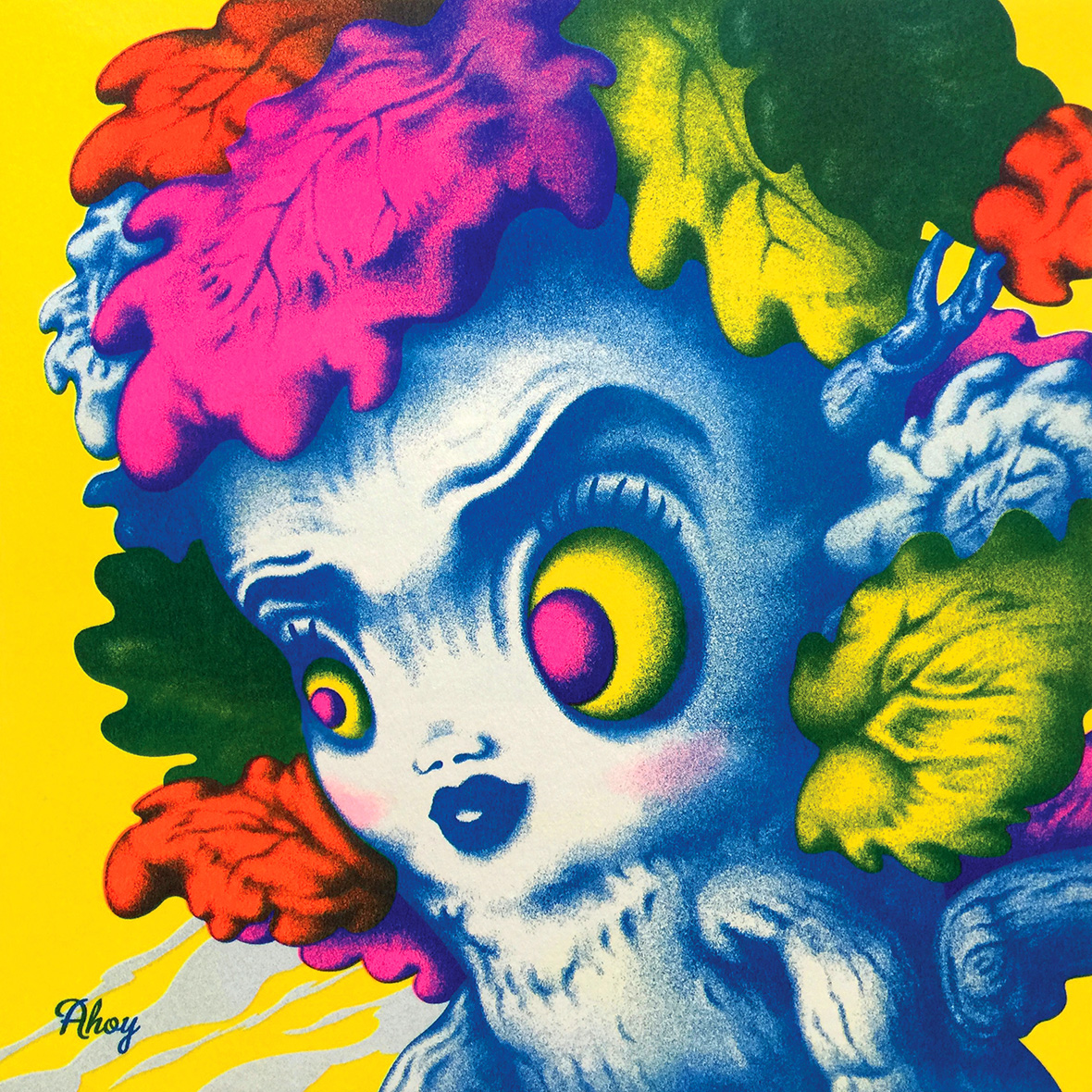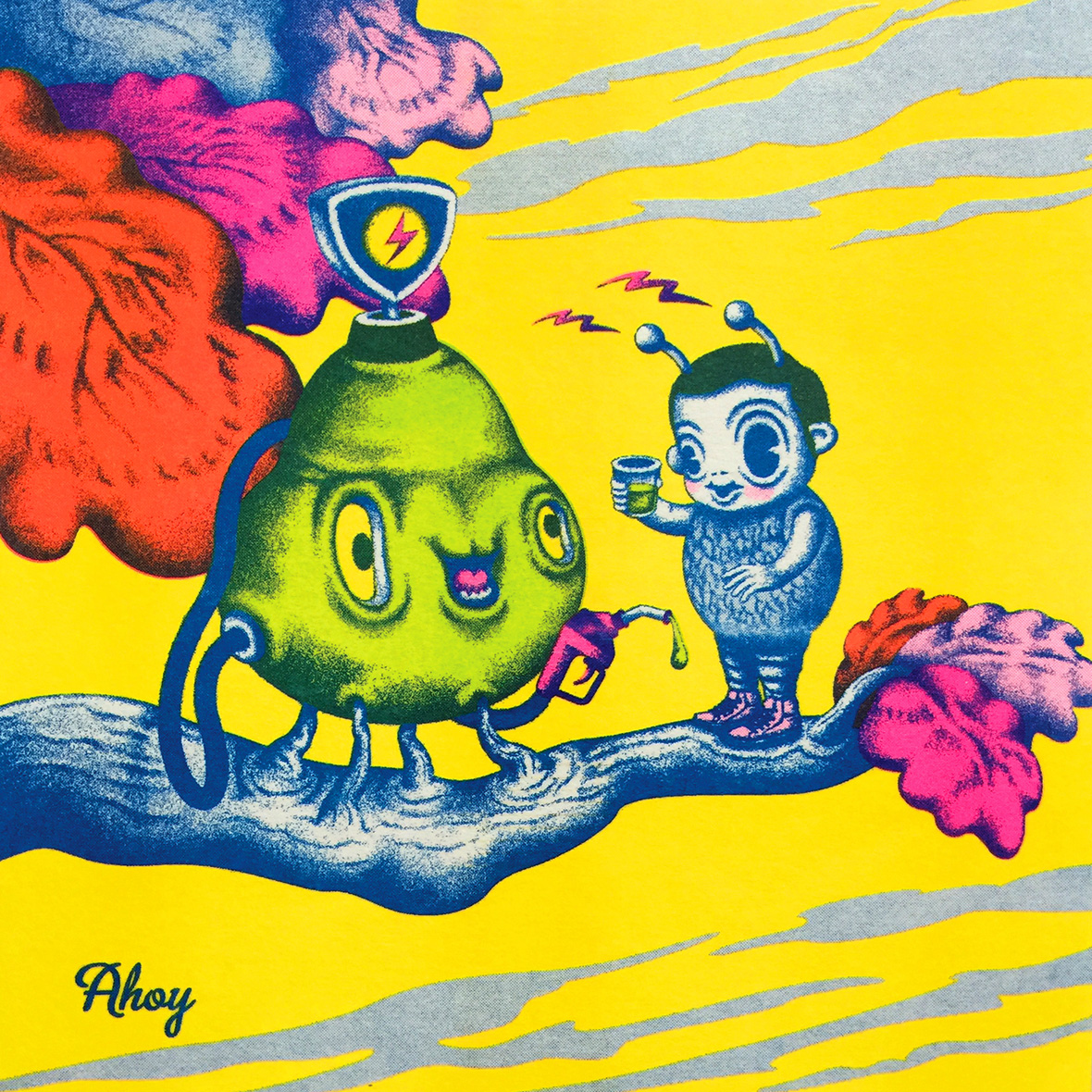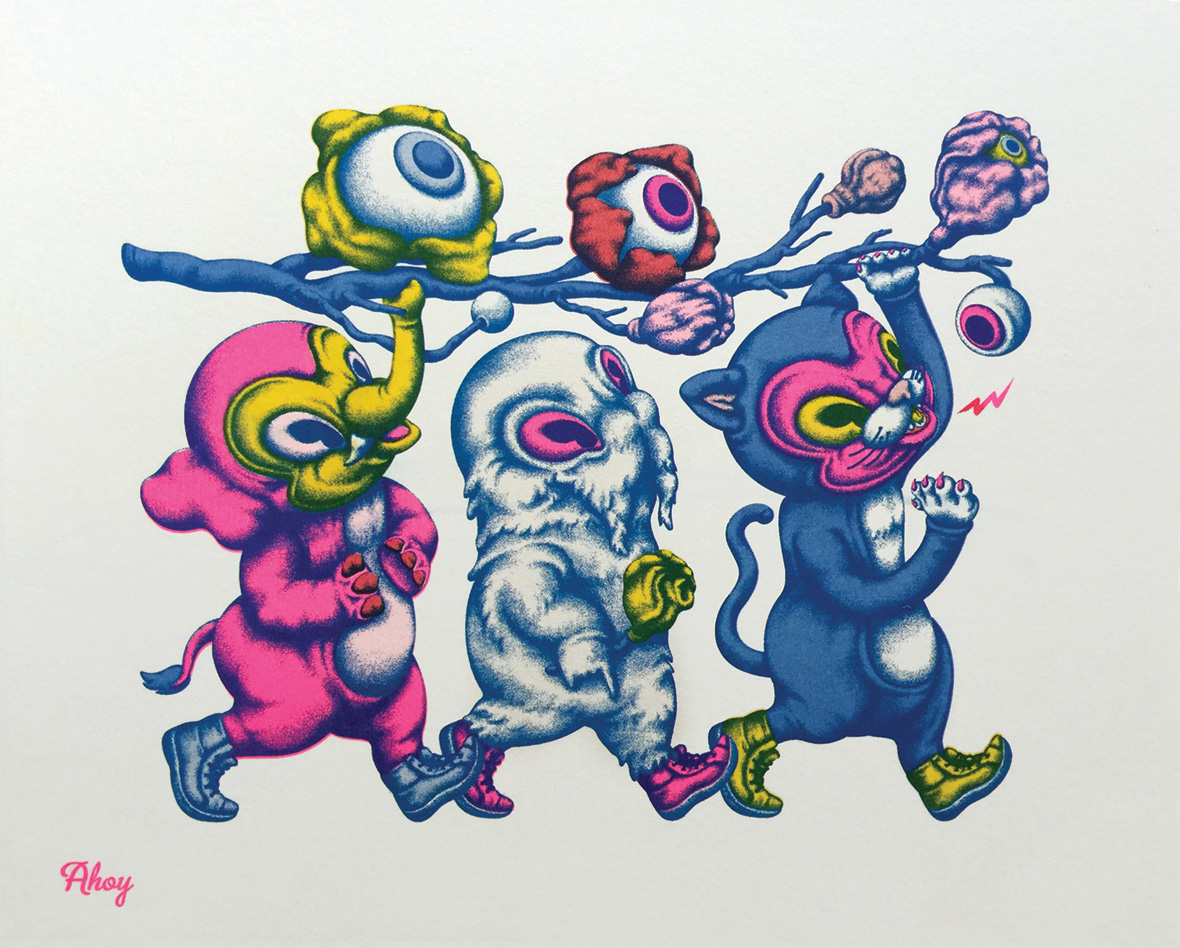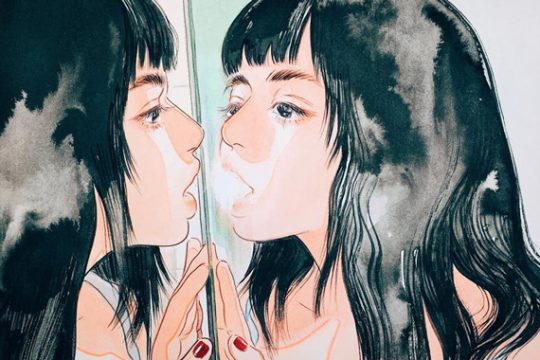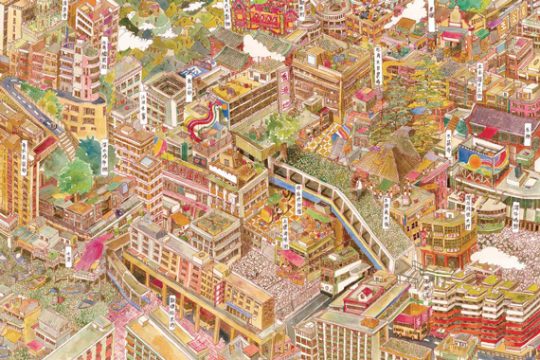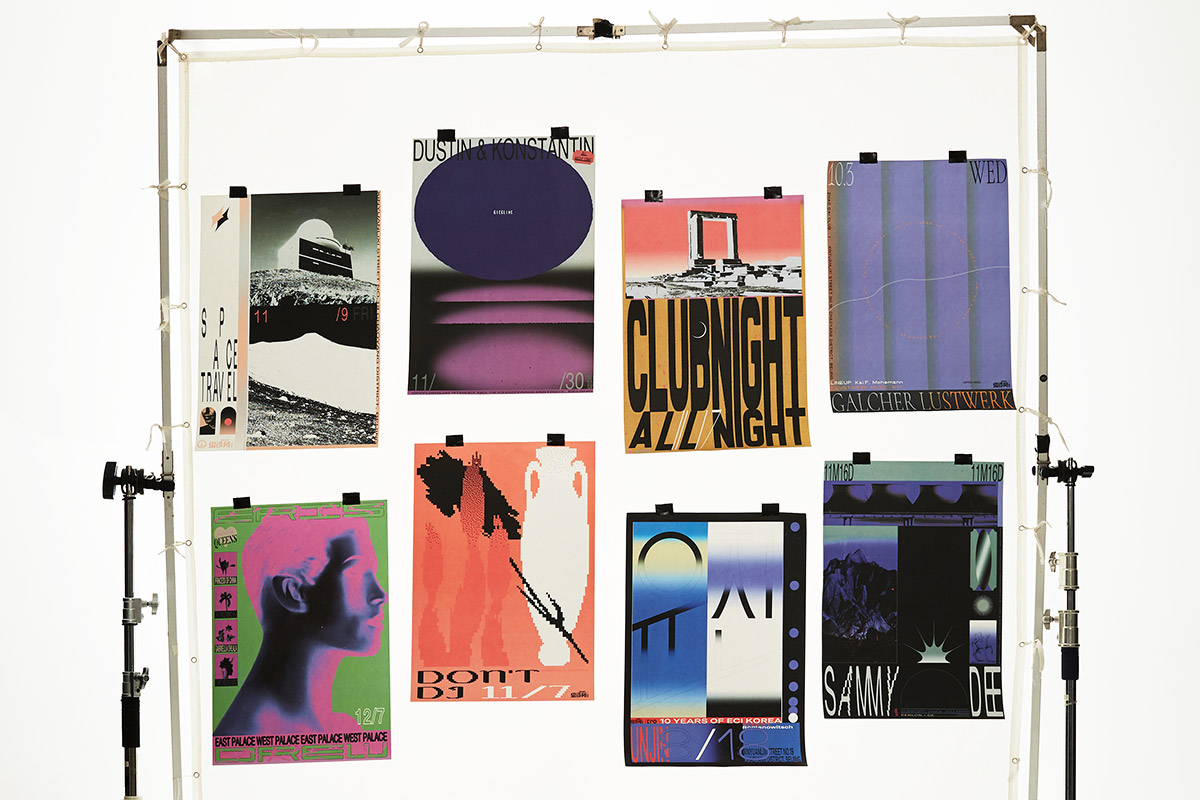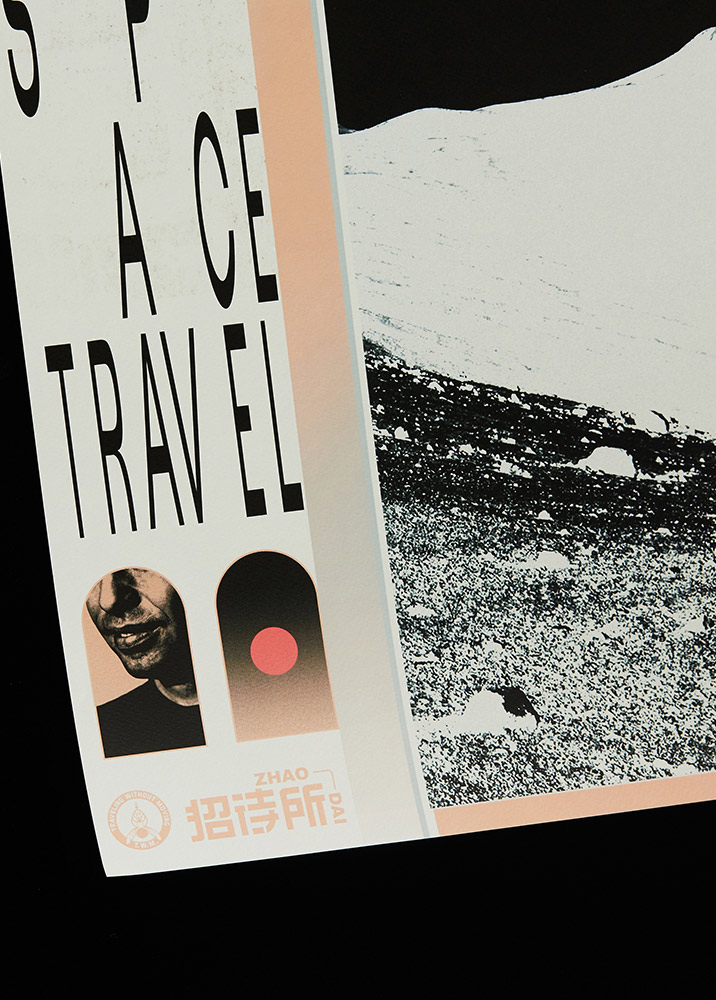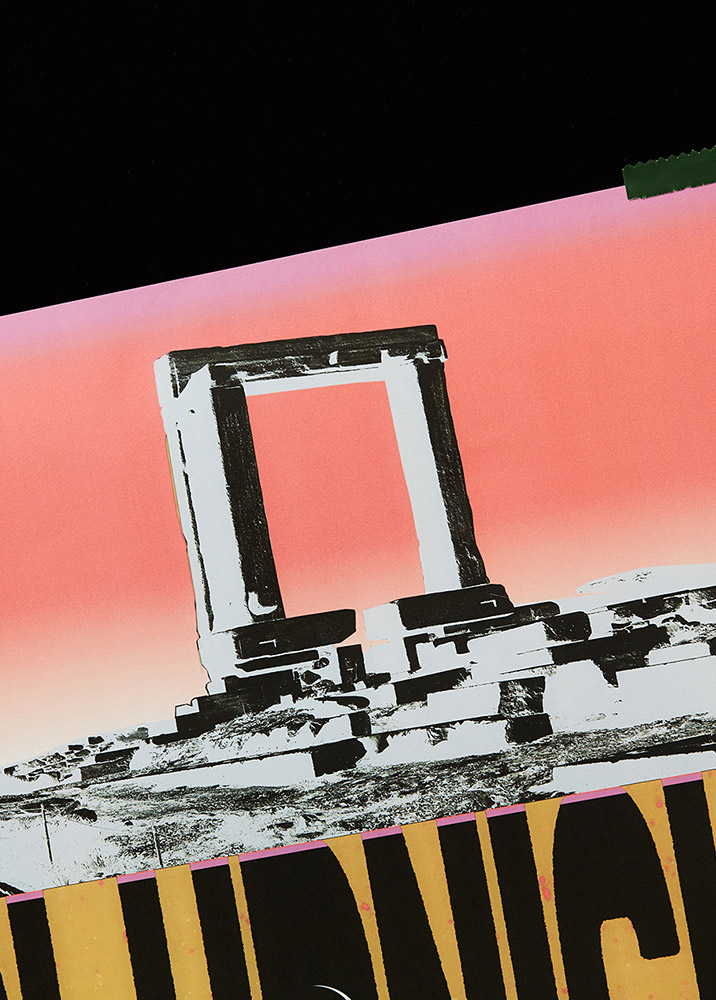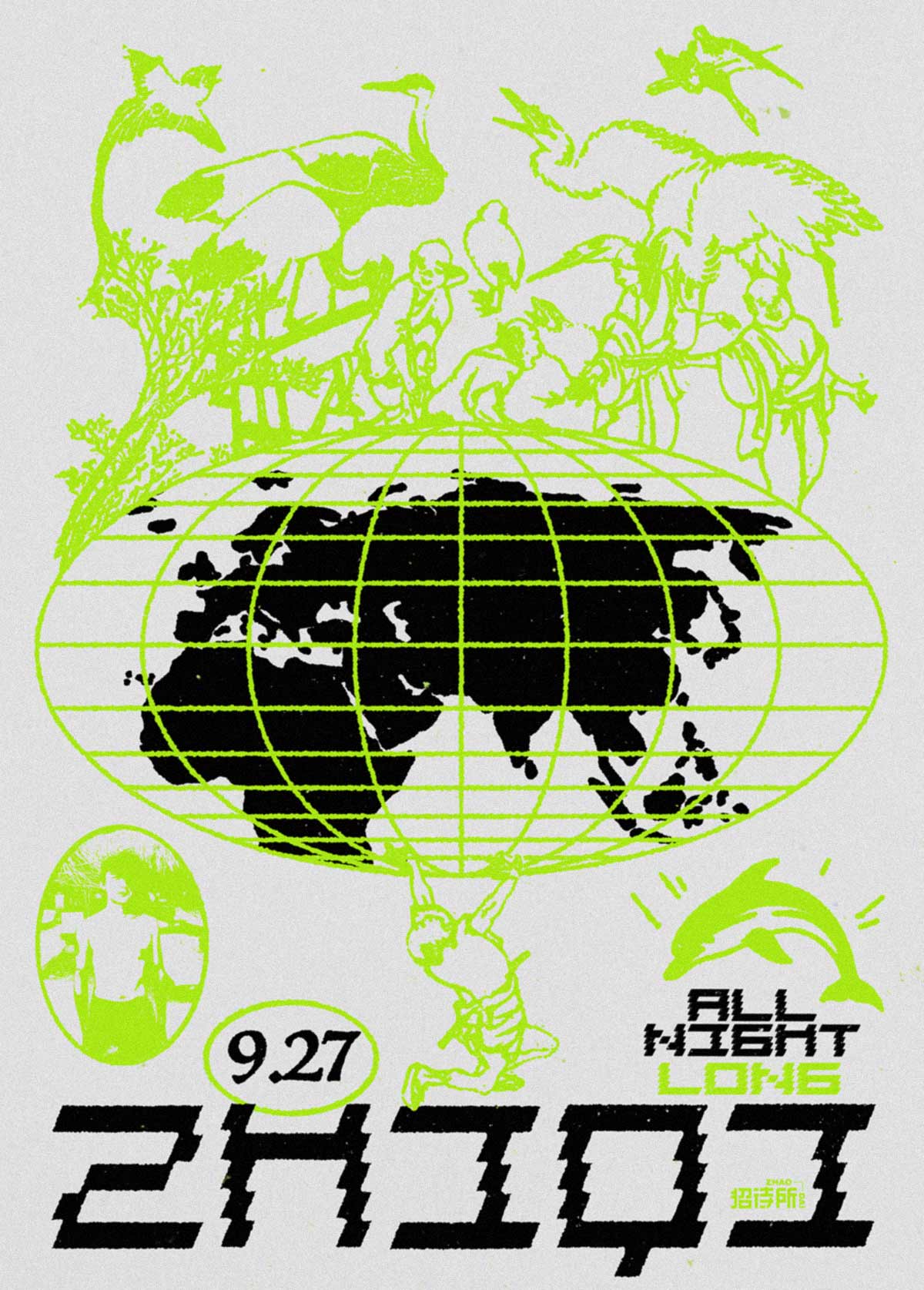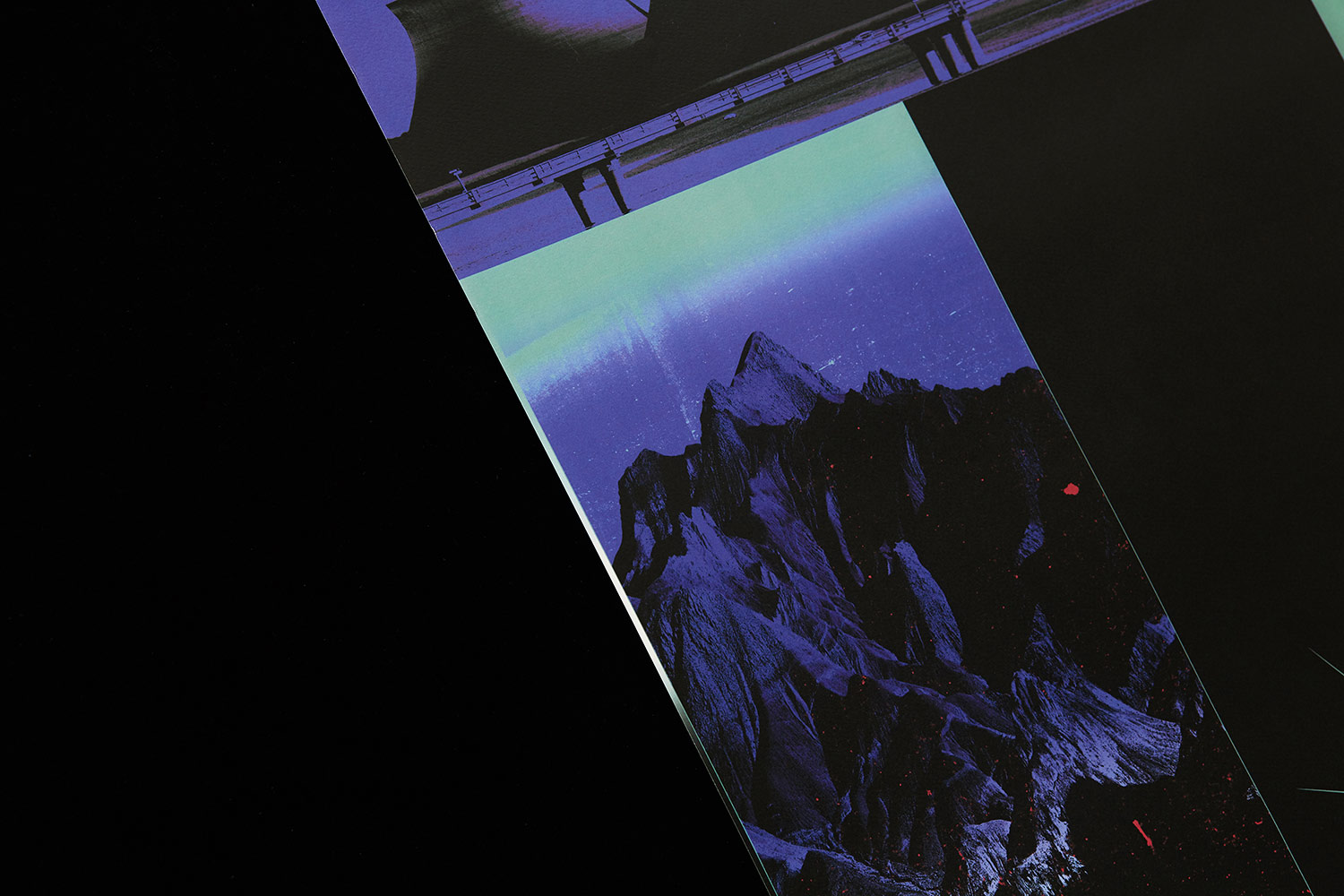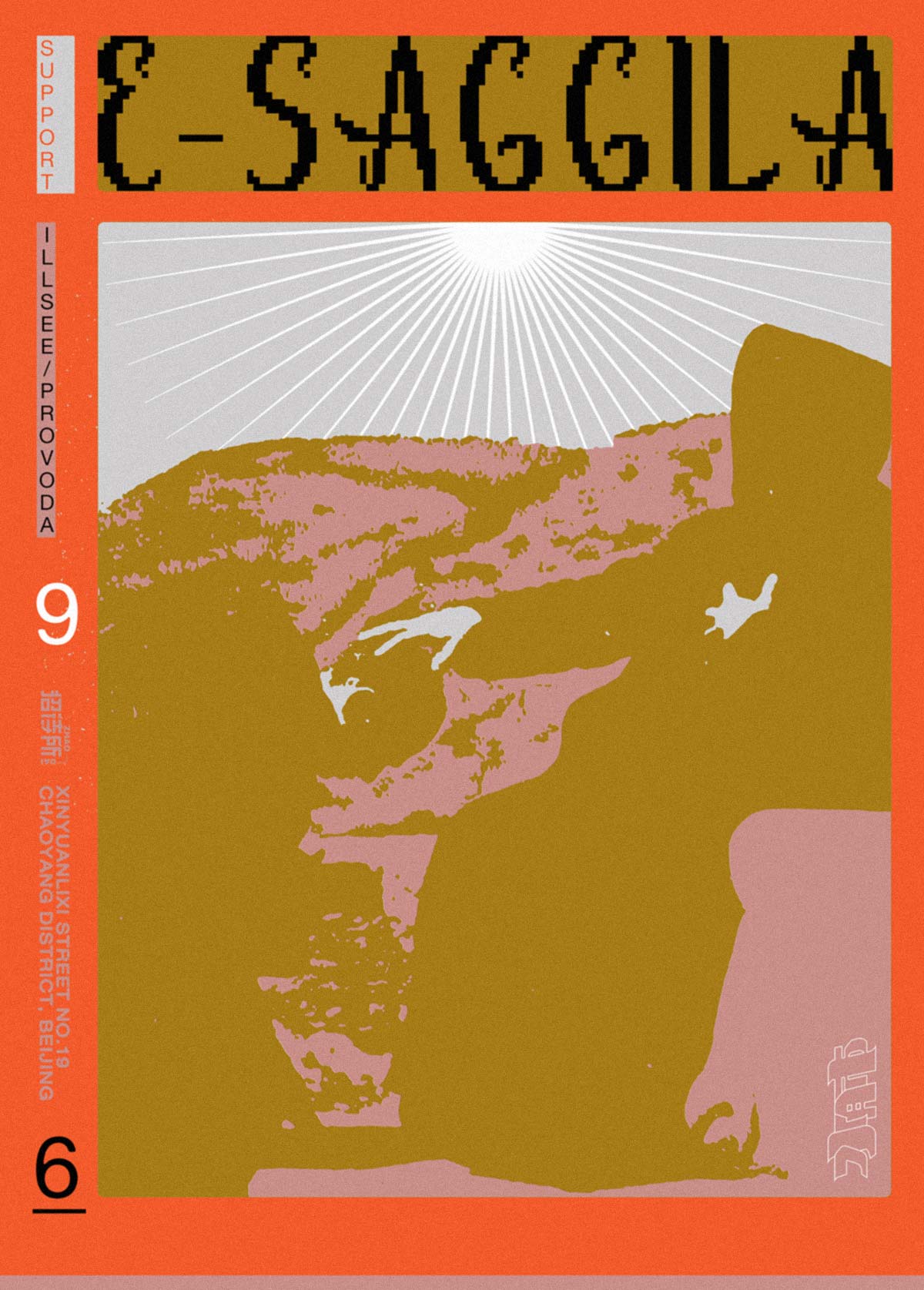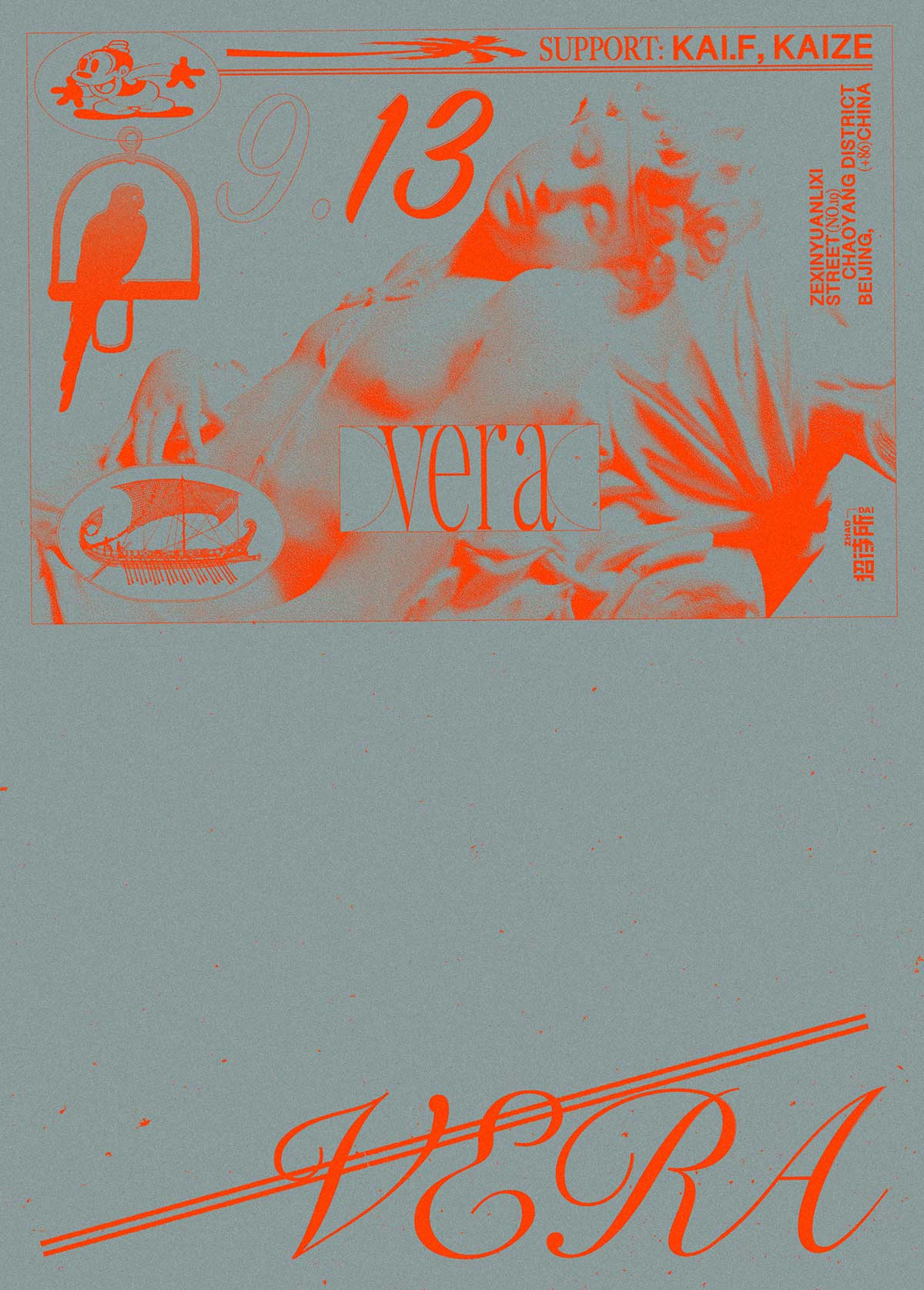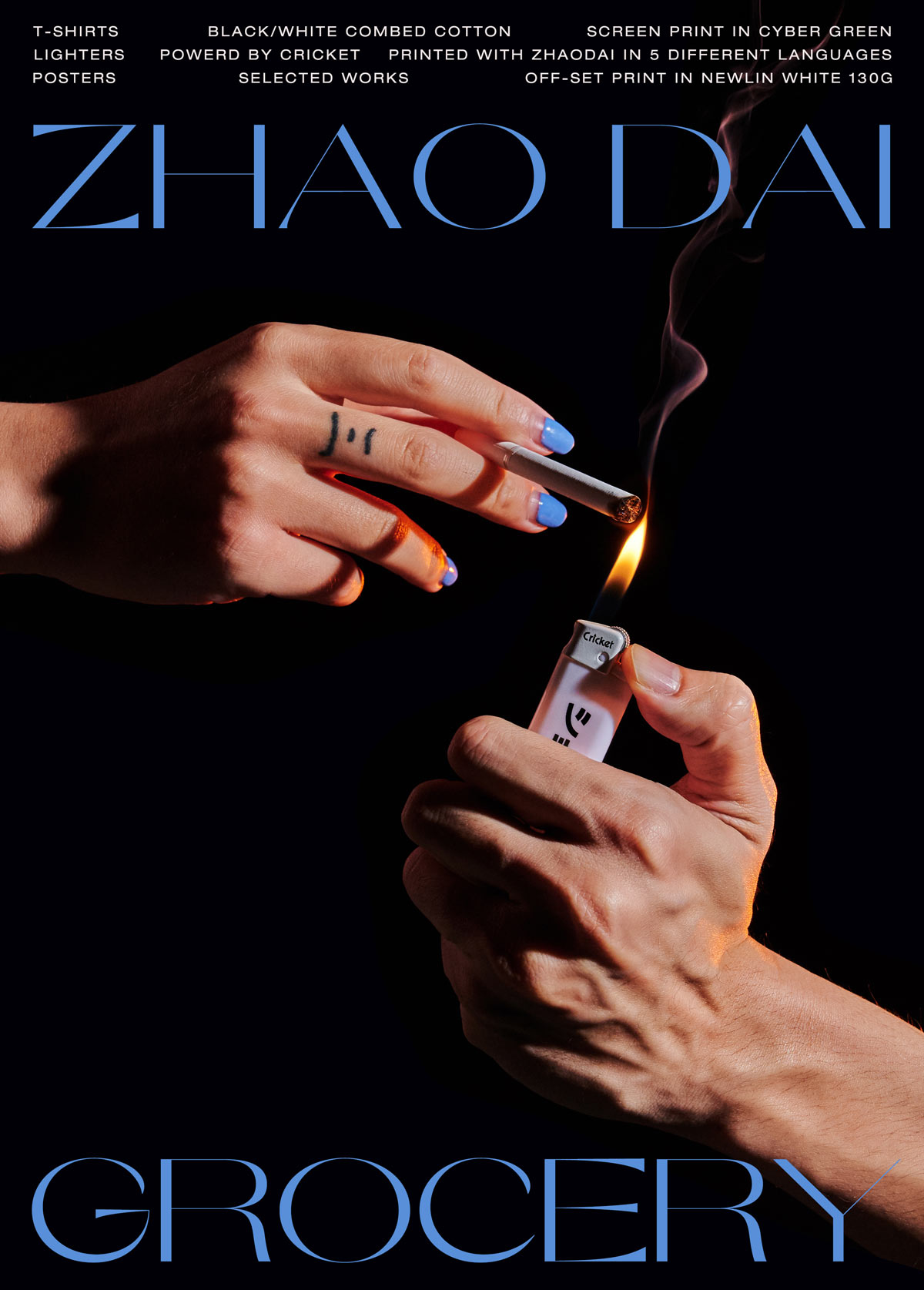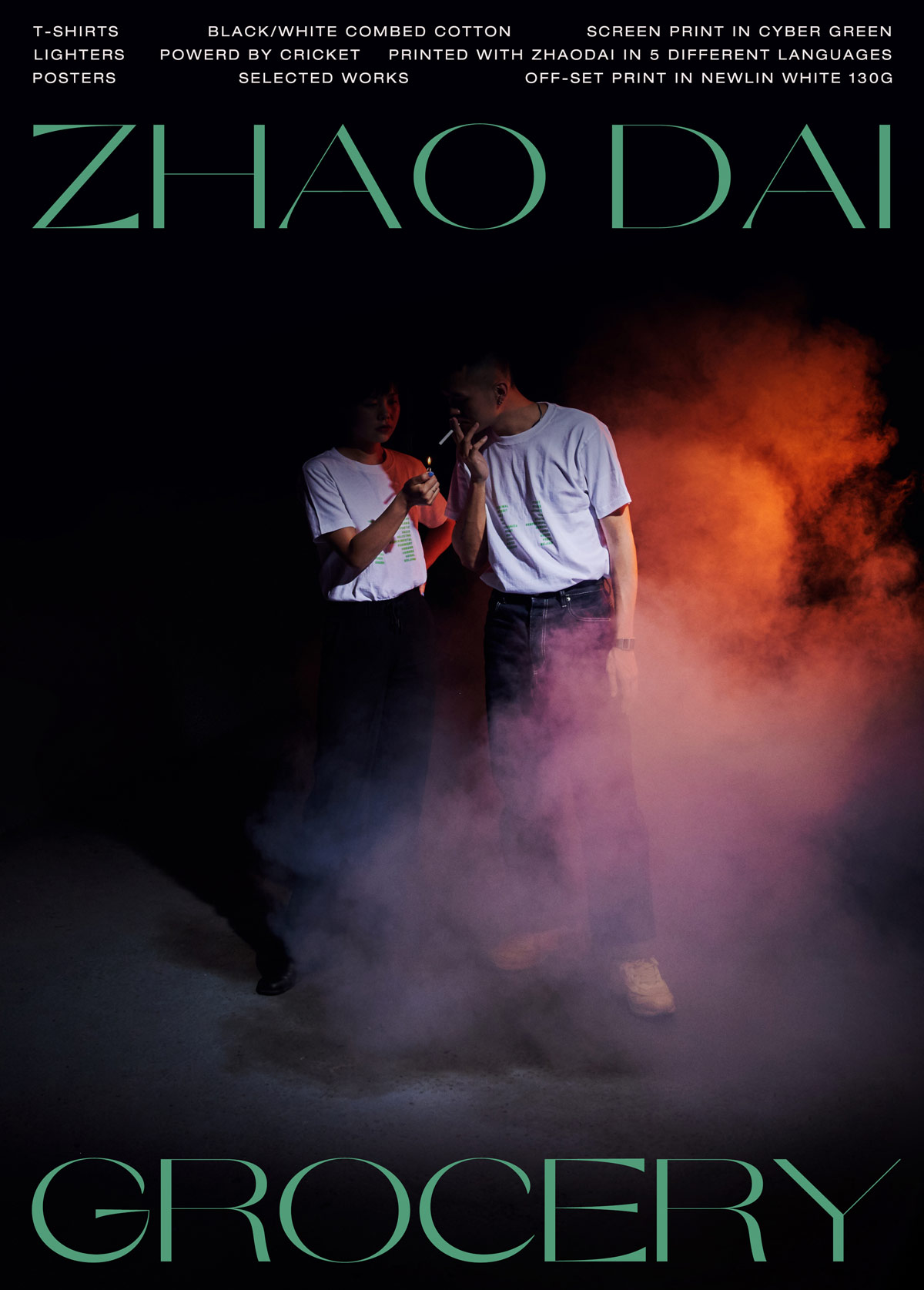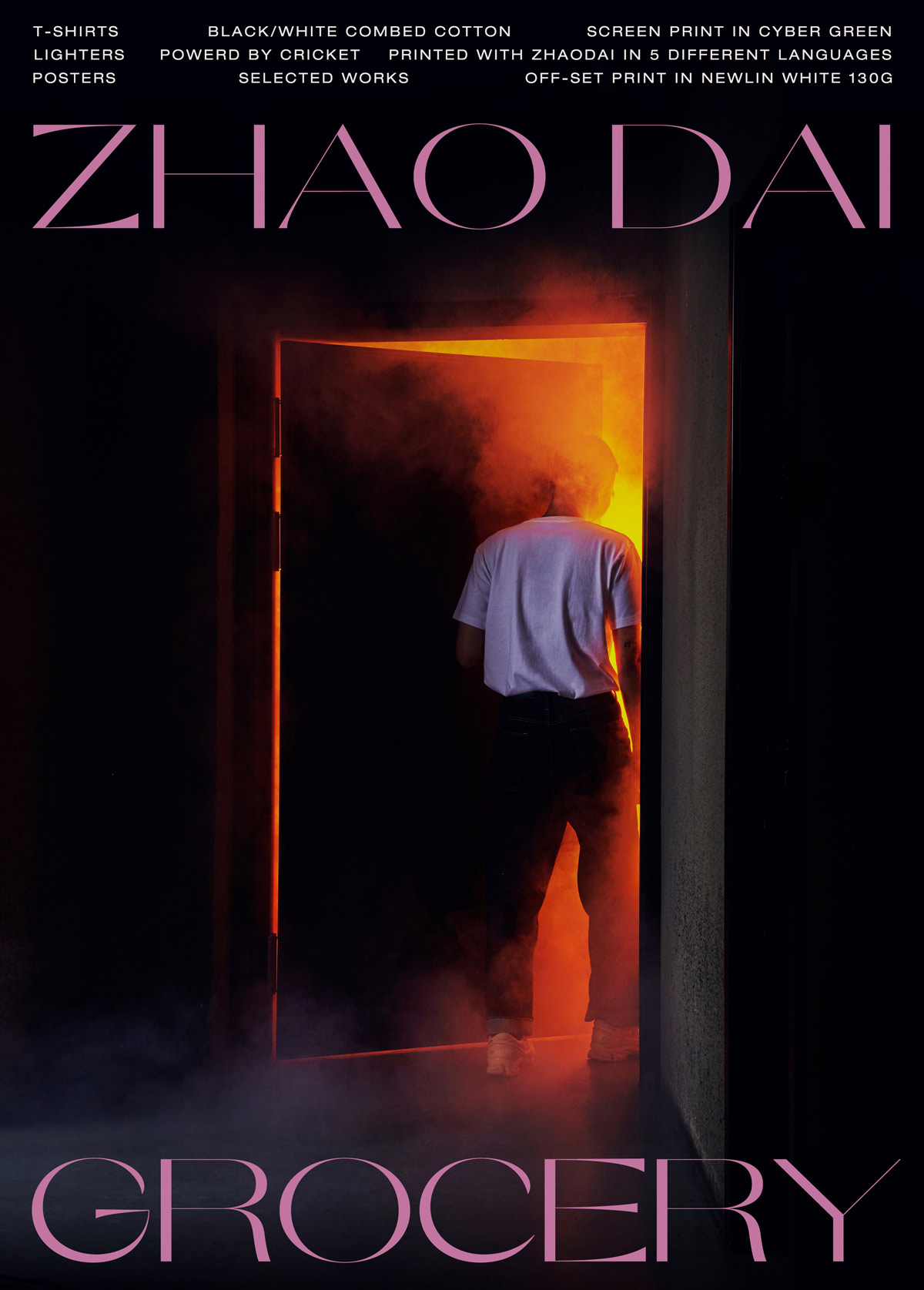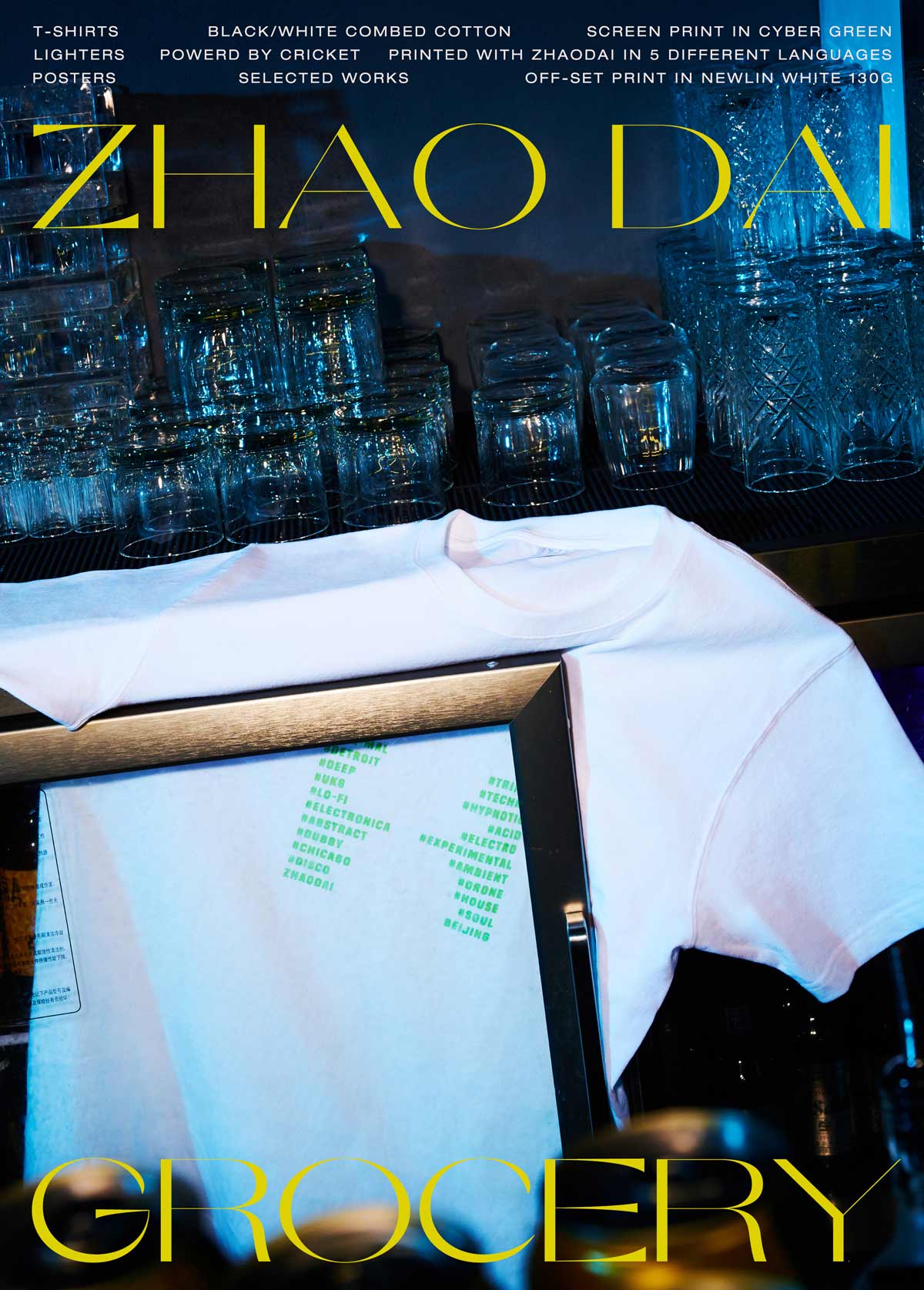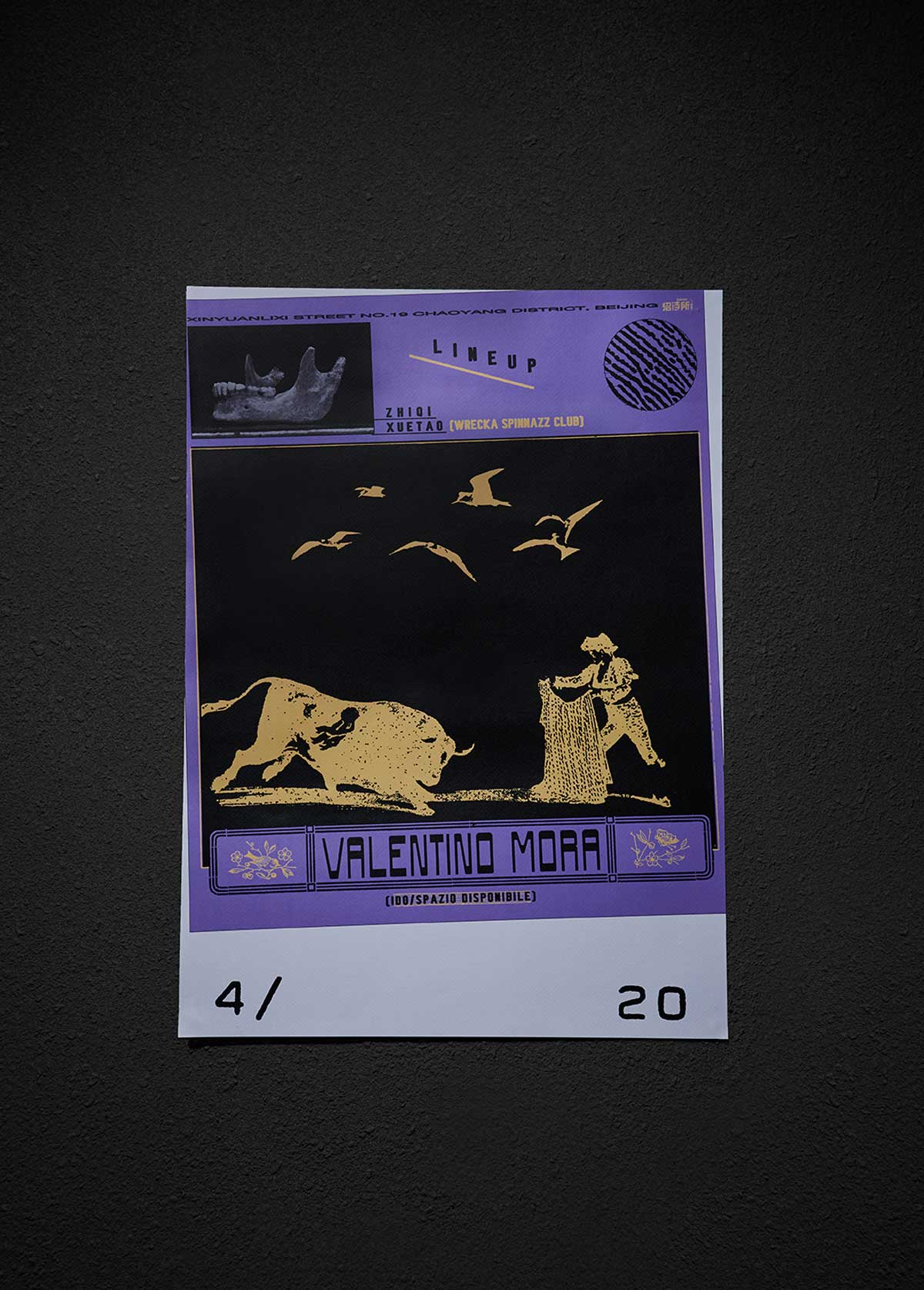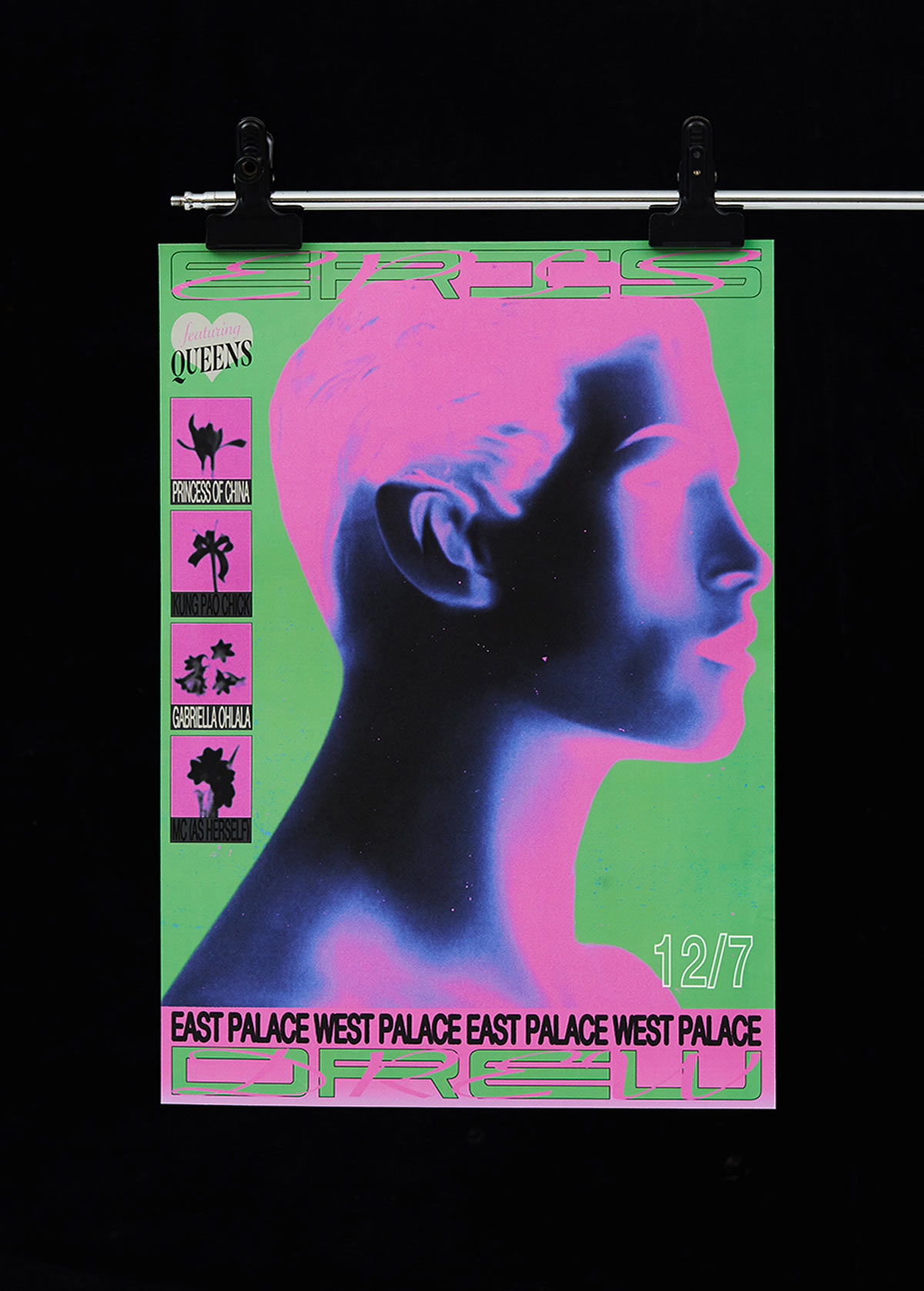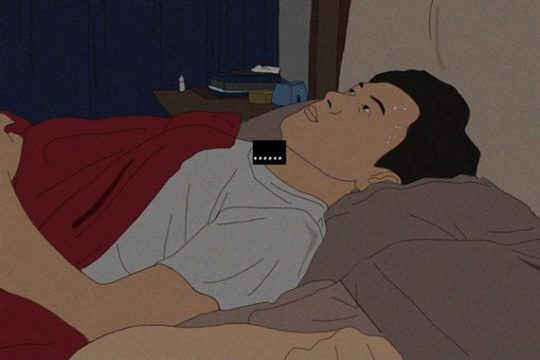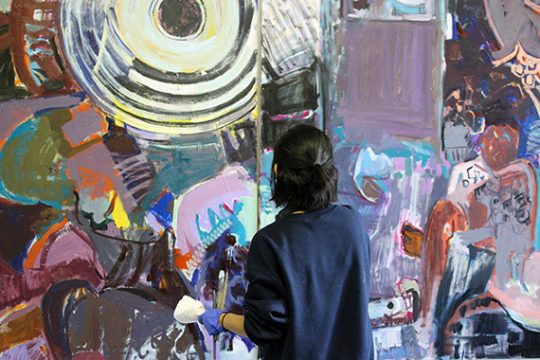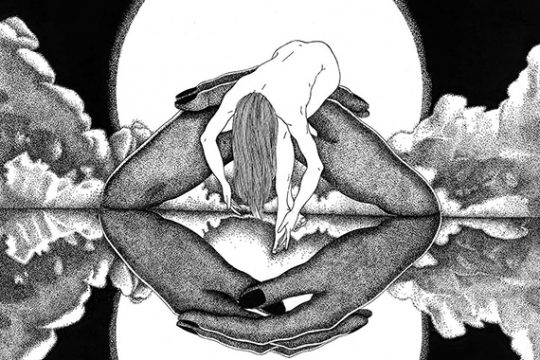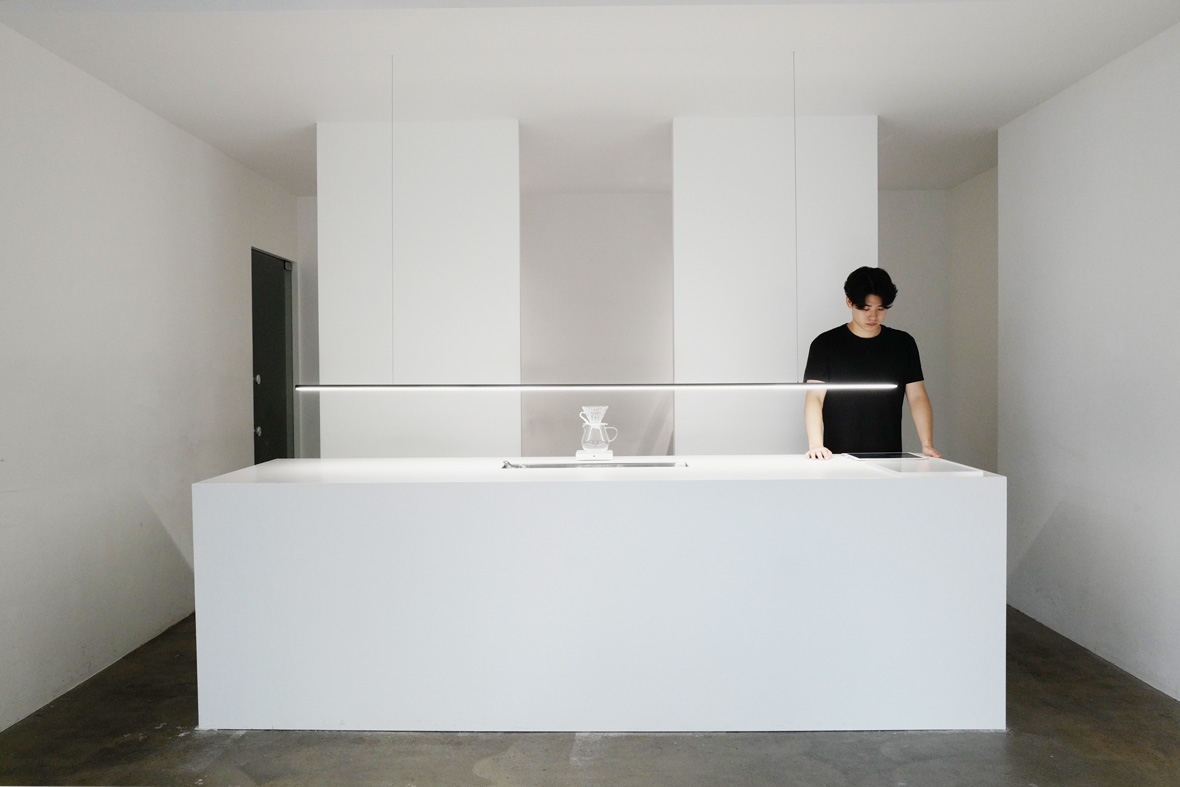
On a busy street in Hongdae sits a large café with bare white walls. Despite the underwhelming decor, dozens of people come and go every hour, and most of the visitors seem to share a common trait: they’ve all got tattoos.
This is Studio by Sol, the biggest tattoo shop in South Korea. Founded by tattoo artist Sol and his business partner Inho, the atelier has taken on dozens of apprentices since it opened in 2017. It’s now home to more than 30 tattoo artists and attracts thousands of domestic and international customers every year.
在韩国弘大一条繁忙的街道上,有一间四面白墙的大型咖啡馆。每隔一小时,就会有几十人来来去去,他们中大部分人似乎都有一个共同的特点:身上都有文身。
这里是韩国最大的文身店 Studio by Sol,由文身艺术家 Sol 和他的合作伙伴 Inho 共同创立。从 2017 年开业至今,这间工作室已经招了几十名学徒,现在拥有超过 30 名文身艺术家,每年都会吸引数千名来自国内外的客户。
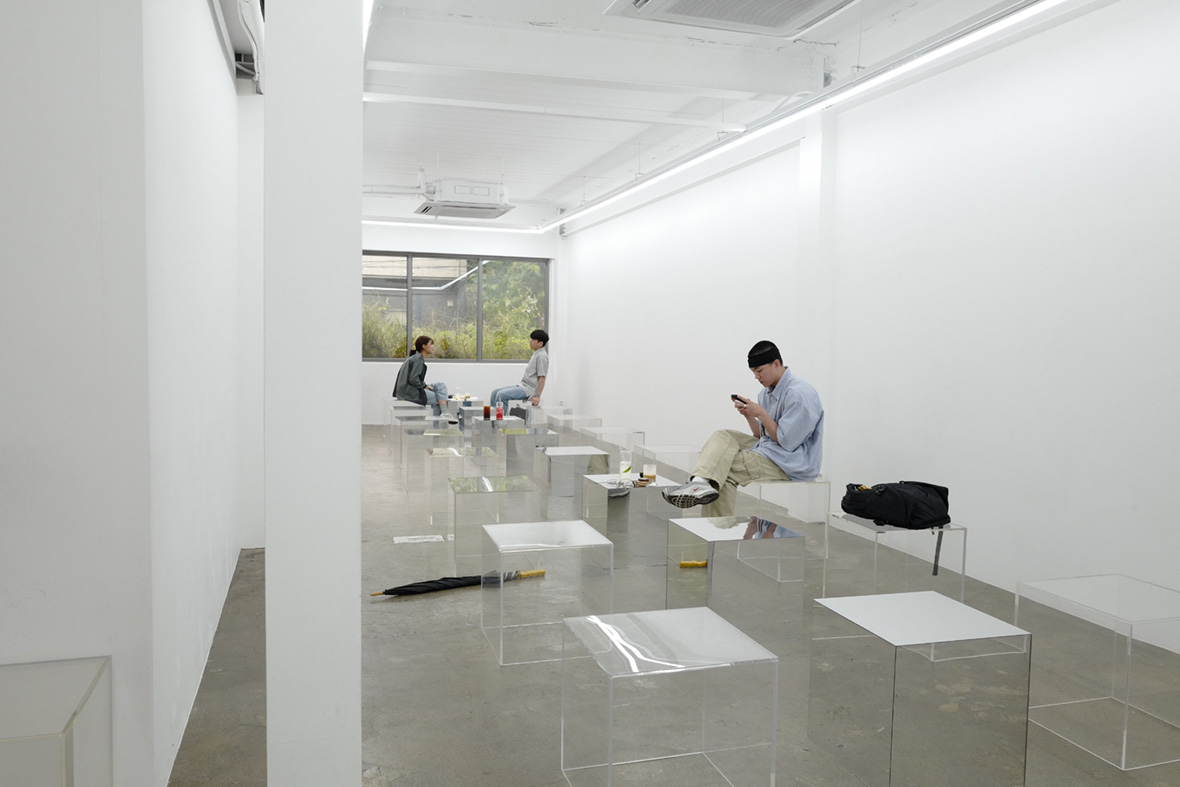
Sol had never considered pursuing a career as a tattoo artist until he met Inho during his year of obligatory military service. He had been pursuing a degree in sculpture and had just taken a leave of absence, because he felt uncertain about the future. All that changed the first time he saw a tattoo. “Inho had gotten a tattoo while he was home for the holidays,” he recalls. “I got to see it when he came back to the base, and I remember thinking, ‘I can do it better.’”
Sol 以前从未想过成为一名文身艺术家,直到他在服兵役那一年认识了 Inho。当时他正在攻读雕塑学位,因为对未来的迷茫感而刚刚申请了休假。转变的契机是他看到的第一个文身。“Inho 放假回家的时候刺了一个文身。回来军队时,我看到了它,我记得自己当时就在想,‘我可以刺得更好。’” 他回忆道。
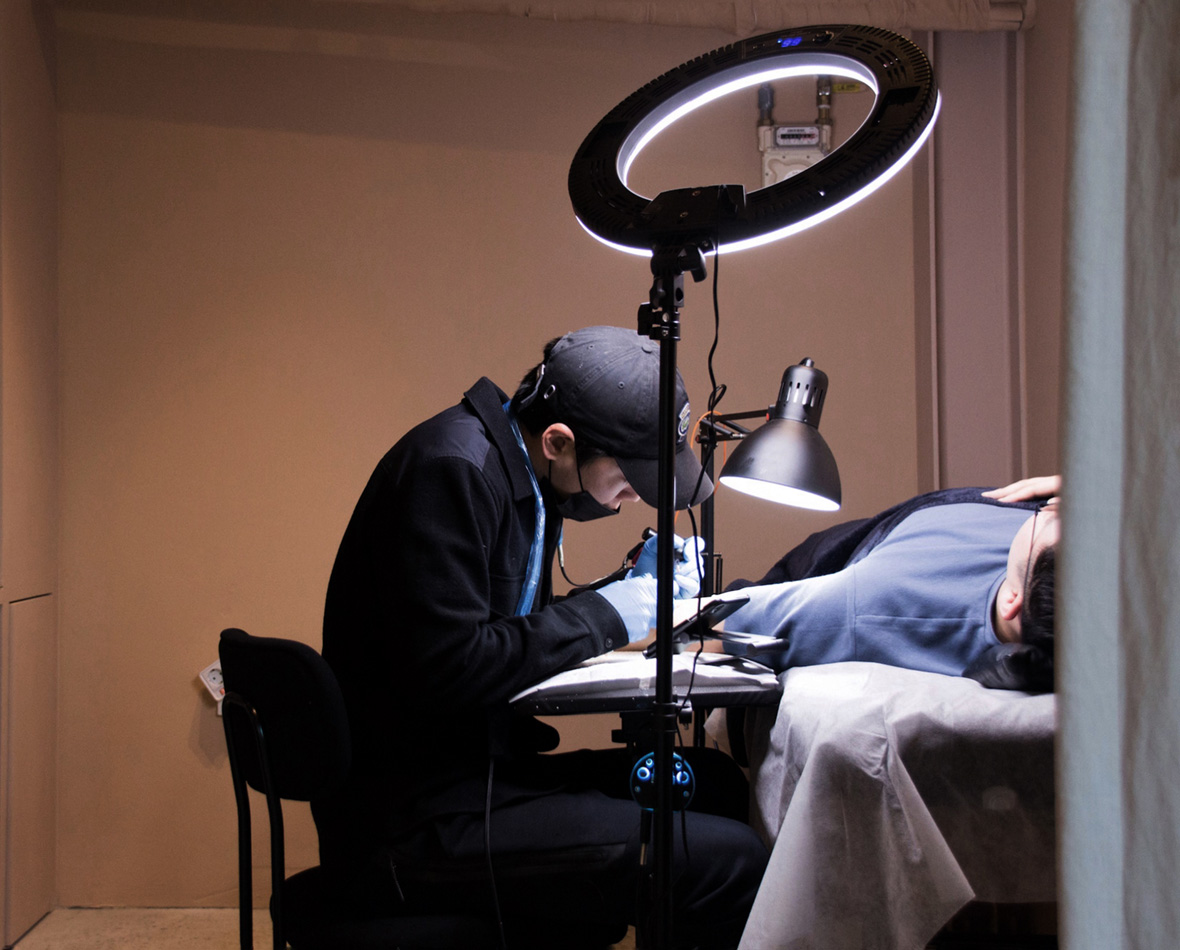

So he decided to learn to tattoo. At the time, most South Korean tattoo artists worked with the Irezumi and Old School styles, but what Sol wanted to express in his tattoos was altogether different, and he decided he’d learn by himself.
“I wanted to focus on smaller designs, because of the social stigma around tattoos in South Korea,” he says. “Something that’s small and easy to hide, but something I put a lot of effort in. Naturally, the tattoos became very detailed.” Sol also emphasizes the importance of texture. “I wanted to work on tattoos that were no different from what you could draw on paper with colored pencils. I wanted people to wonder, ‘Is that really a tattoo?’ when they saw my work.”
After inking his first design on a friend, Sol fell in love with the human element of the medium. “I thought I’d just work on tattoos to make money for my sculpting career, but it took over because it was so fun,” he says.” You get immediate feedback and you get to interact with clients, who I learn so much from.”
于是,他决定学习文身。当时,大多数韩国文身艺术家主要都是创作日式文身(Irezumi)或是西式的 Old School 风格,但 Sol 想要创作截然不同的风格,于是他决定自学。
Sol 表示:“因为韩国的社会对文身存在偏见,所以我想设计精致一点的文身,小小的,容易隐藏,但也需要我花一定的功夫才能完成。所以,最终的图案会非常细致。”Sol 还很强调质感的重要性,“我想让文身最后看上去跟你用彩色铅笔在纸上画的画差不多。我希望人们在看到我的作品时会想,‘这真的是文身吗?’”。
给他的一个朋友刺了第一个文身作品之后,Sol 爱上了这种充满人性元素的艺术。“我一开始是想通过文身打工挣钱来支持我的雕塑艺术,但现在已经反过来了,因为文身真是太有趣了。”他说,“你可以得到即时的反馈,还可以和客户有很多互动,从他们身上我常常能学到很多东西。”
Sol recalls one of the more meaningful experiences he had early in his career. A couple flew in from abroad, wanting to get matching tattoos of their cat. “They were originally a cis heterosexual couple, but one of the partners was transitioning. Yet, they stayed together, and I was so inspired by the breadth of their love and understanding, that I was happy to work on a tattoo symbolizing their love and their relationship.”
This love of building human connections is also part of what led Sol to teach. “I wanted to share my knowledge,” he says. “But I didn’t want to teach art—style is something that should be developed by the artist, instead of being taught. I could teach the technical skills for those who already had distinct artistic styles and wanted to express their art in tattoo form.”
A new artist will typically train for about three months at Studio by Sol. “For a new artist’s first tattoo, I’ll be right next to them to help out. I know what mistakes they’re going to make, since I’ve made them myself. But they’re talented artists, so they catch on quickly. Basically, all I’m helping out with is how to set up the machine. There have been no accidents so far—no lost friendships or anything,” he says with a grin.
Sol 回忆起他从事文身工作后一次很有意义的经历。一对夫妇从国外来到韩国,想文下他们养的猫。“他们原本是一对普通的异性恋情侣,但其中一个人正在变性的过程中。可他们还是在一起。这种大爱和相互理解让我很受启发,我很高兴可以给他们纹这样一个象征着爱和联系的文身。”
出于这种对人与人之间的联系的热爱,Sol 教的一部分。他说:“我想分享我的知识,但我不想传授我的美学风格。因为我觉得美学风格应该由艺术家个人自行培养,那不是可以被教导的东西。我只可以教那些已经有个人艺术风格和想通过文身表达自己艺术的人。”
每位新文身艺术家通常会在 Studio by Sol 接受约三个月的培训。“新手文身师刺第一个文身时,我都会在旁边帮忙。我知道他们可能要犯的错误,毕竟我都经历过。但他们都是很有才华的艺术家,所以很快就能掌握好。基本上,我要帮忙的只是设置好机器。到目前为止都还没有出过任何意外,也没有发生什么让友谊破碎或不快的事情。”他咧嘴笑着说。
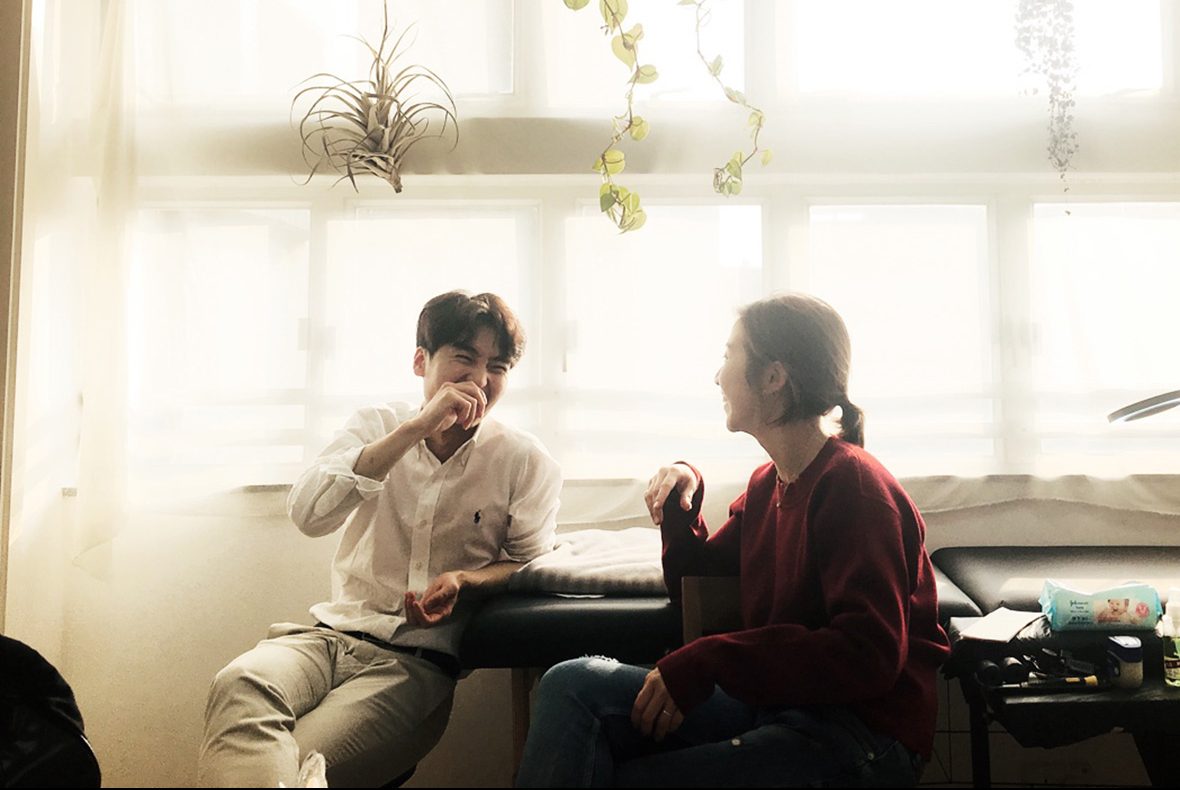
Sol never imagined his tattoo shop would host so many resident artists. Tattooists typically went out and created their own studios after an apprenticeship. “That’s what I did, and that’s what was common in this field,” he says. “But many of the new artists at the time were women, and they seemed to be worried about having a space where they could work safely, especially given the legal issues in South Korea.” (In Korea, among other barriers, it is illegal to work as a tattoo artist without a medical license).
Sol 从未想过他的文身工作室可以吸引到这么多常驻文身师。一般来说,文身师当完学徒后都会离开去创立自己的工作室。“我就是这么做的,这也是这个行业的惯例。但现在有许多新文身师都是女性,她们似乎比较担心能不能找到一个可以安心工作的地方,特别是考虑到韩国相关法律的问题。”(在韩国,除了其他要求之外,没有医疗执照的情况下从事文身工作也是违法的。)
In establishing their shop, Sol and Inho sought to build a welcoming space that would attract even people who aren’t into tattoos. “So many new artists end up not succeeding because they fail to attract customers, even though they’ve got the skills,” Inho says. “From a businessperson’s perspective, I thought what Sol was trying to do made sense for everyone. It was important that we made the place approachable, especially given the social stigma around tattoos. So we decided to set up a café as well.”
Sol also hopes that their space can promote artists outside of the tattoo scene. “I was lucky enough to find success as a tattoo artist, but as someone who’s been trained in art, I know how hard it can be to find platforms to share your work,” he says. “That’s why the café in the shop is also meant to double as an art gallery, though it’s empty at the moment. And it’s my dream to fill it with different artists’ works, to make art as a whole more accessible to the public.”
在成立工作室时,Sol 和 Inho 的想法是打造一个温馨的空间,让即使是对文身没有兴趣的人也被吸引进来。Inho 说:“许多年轻艺术家失败的原因是他们不能吸引顾客,即使他们很有才华。从商人的角度来看,我认为 Sol 试图做的事情能让所有人产生共鸣。重要的是,我们要让这个地方能吸引到所有人,尤其是考虑到韩国社会对文身的偏见,所以我们决定同时开设一家咖啡馆。”
Sol 也希望自己的工作室可以推广文身艺术之外的艺术家。“我很幸运能够成为一名成功的文身艺术家,但作为一名读过艺术专业的人,我也很清楚要找到平台分享自己的作品是一件很困难的事情。”他说,“正因如此,我们希望咖啡馆同时成为一间艺术画廊,虽然现在还是空的。但我的梦想是在这里展示出不同艺术家的作品,拉近艺术与公众的距离。”
Like our stories? Follow us on Facebook and Instagram.
Instagram: @studiobysol
Contributor: Joe Park
Images Courtesy of Studio by Sol

